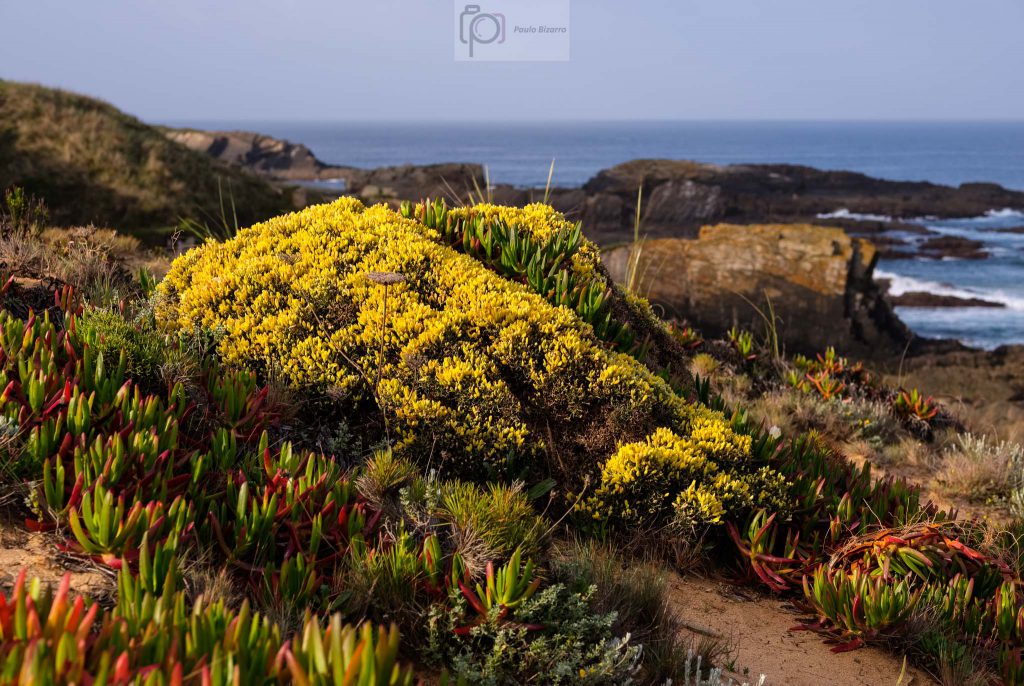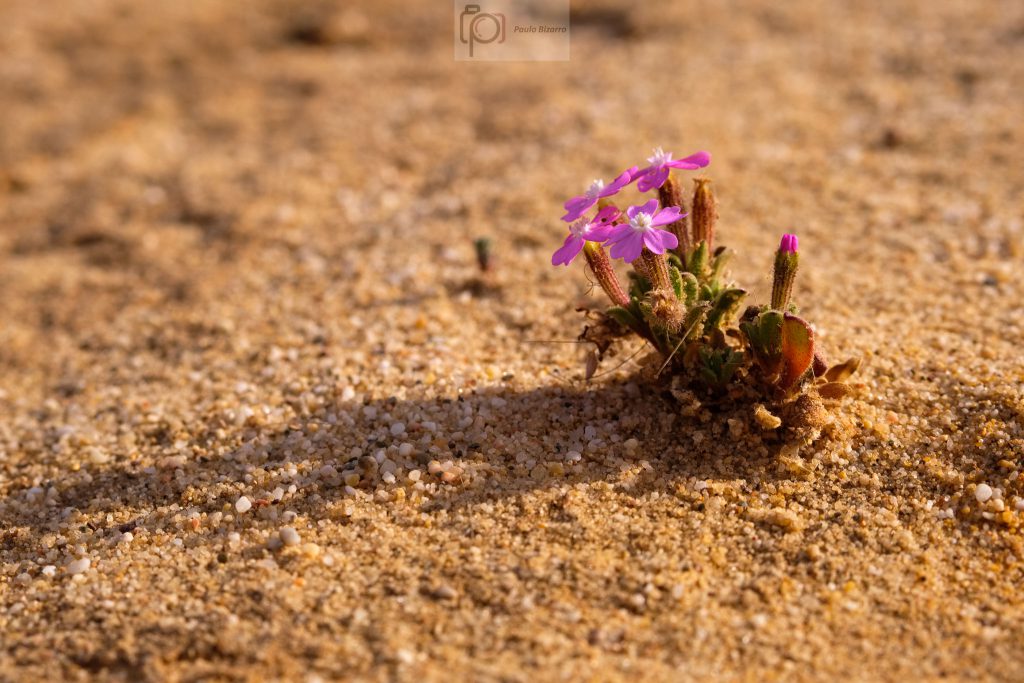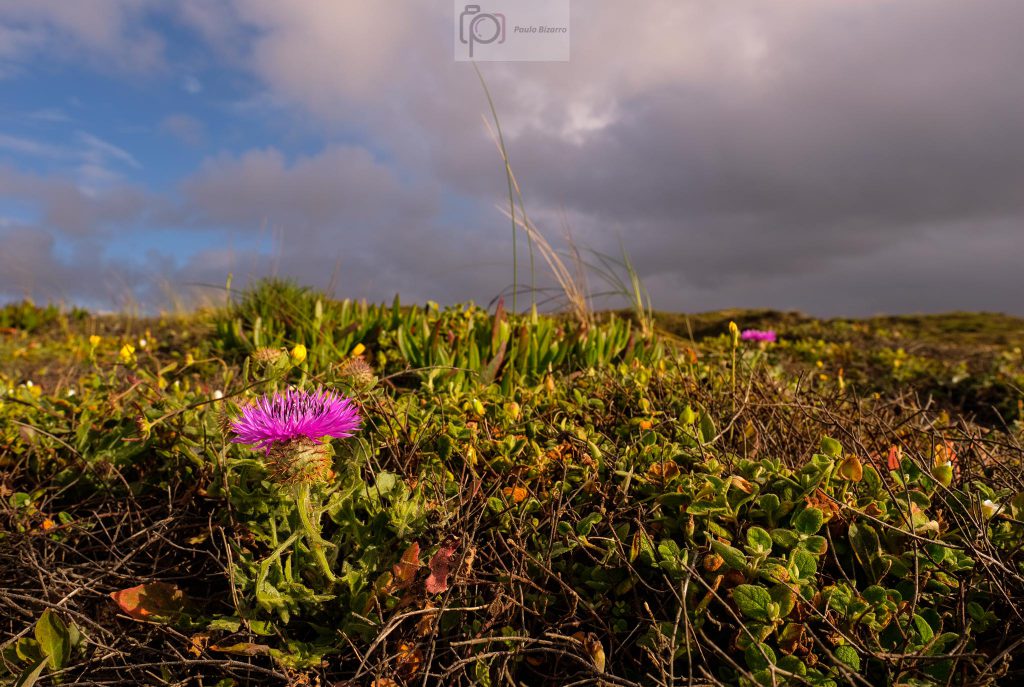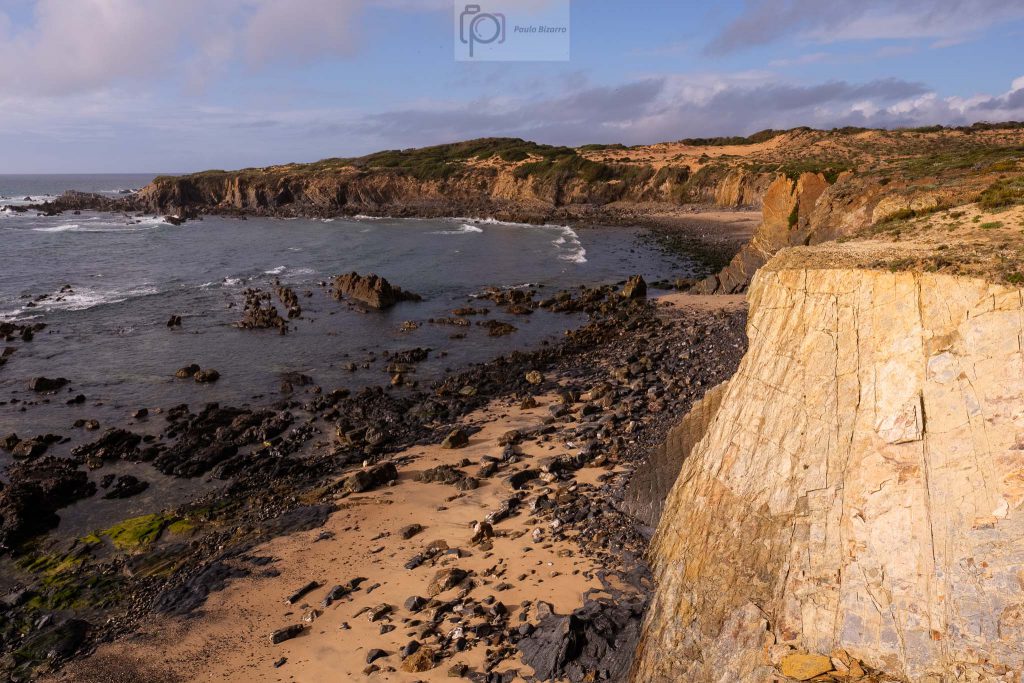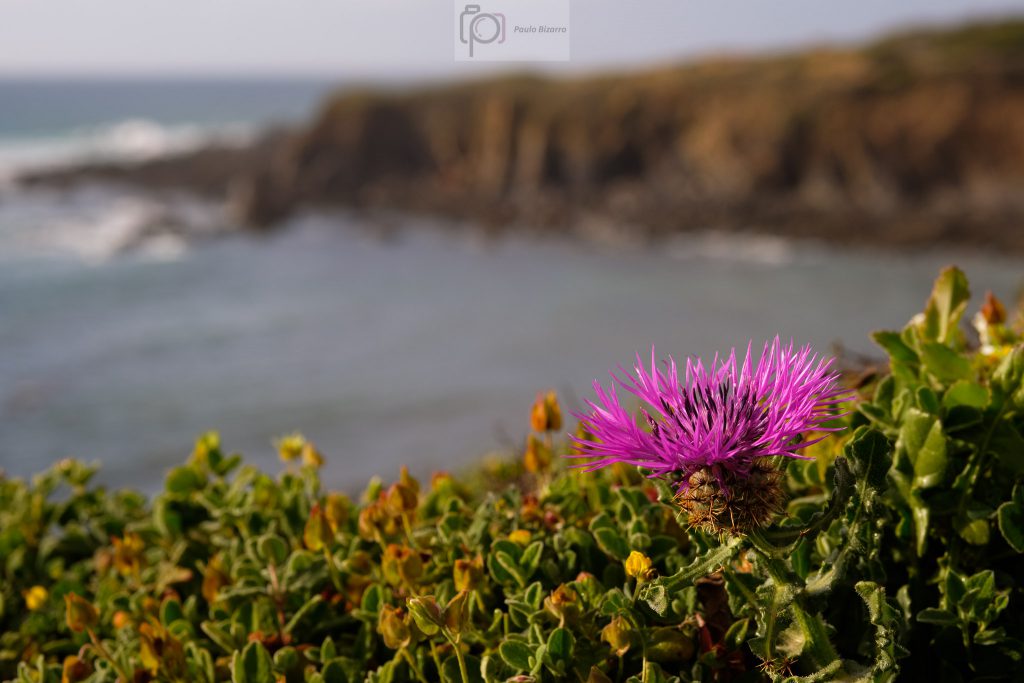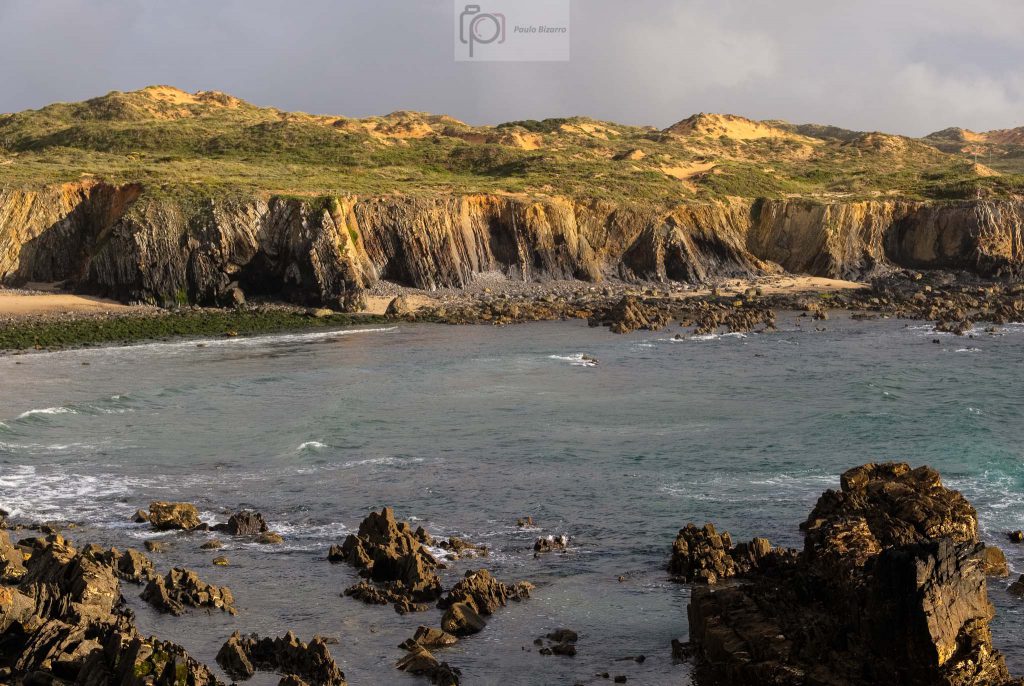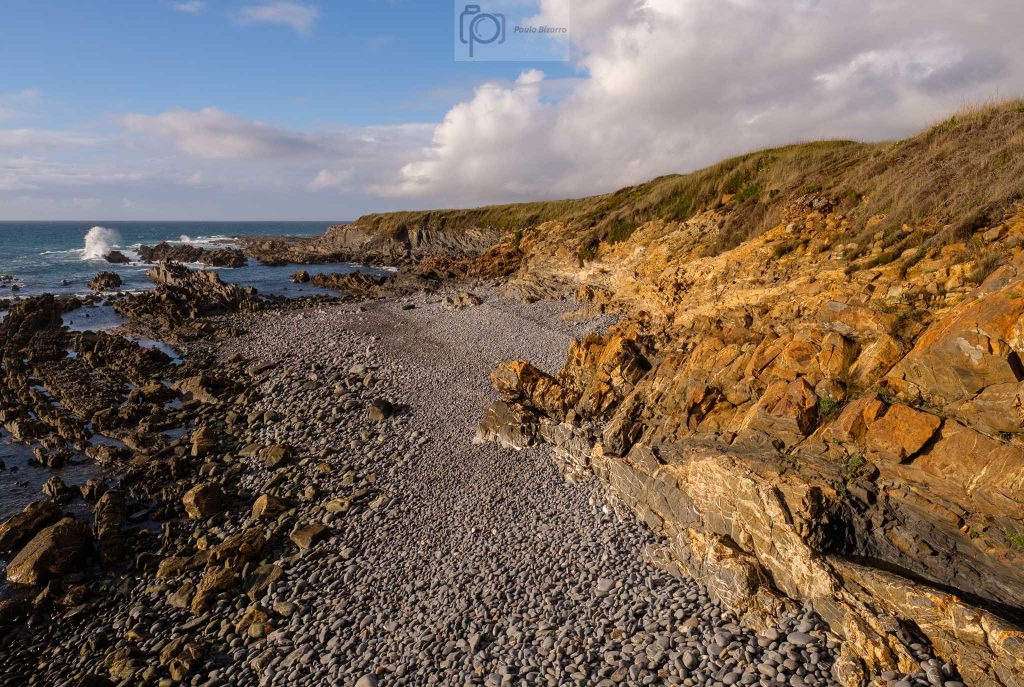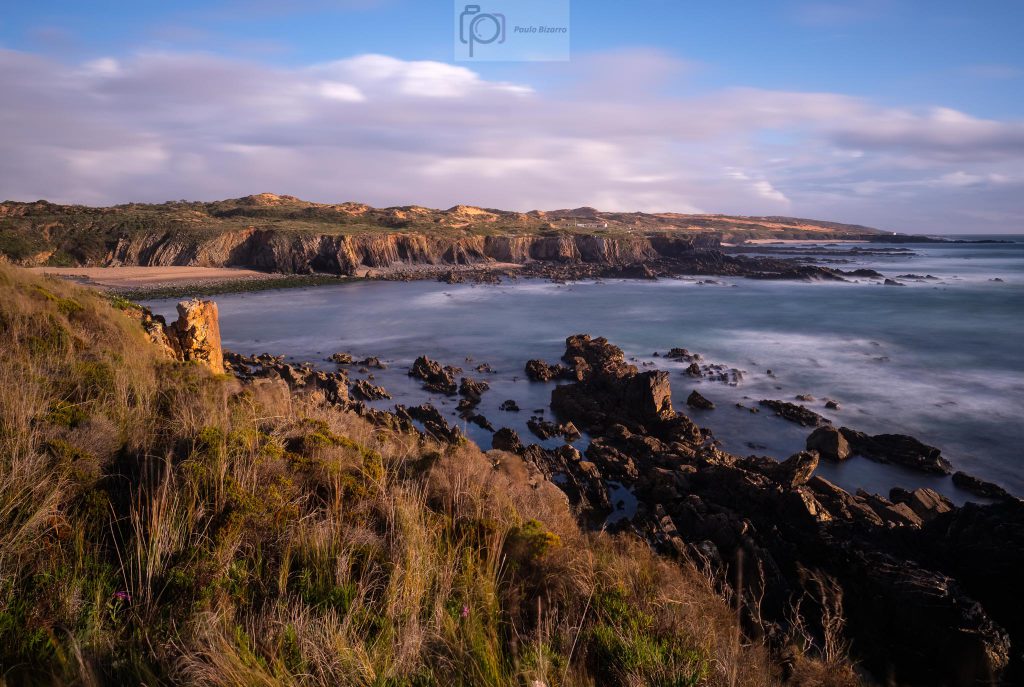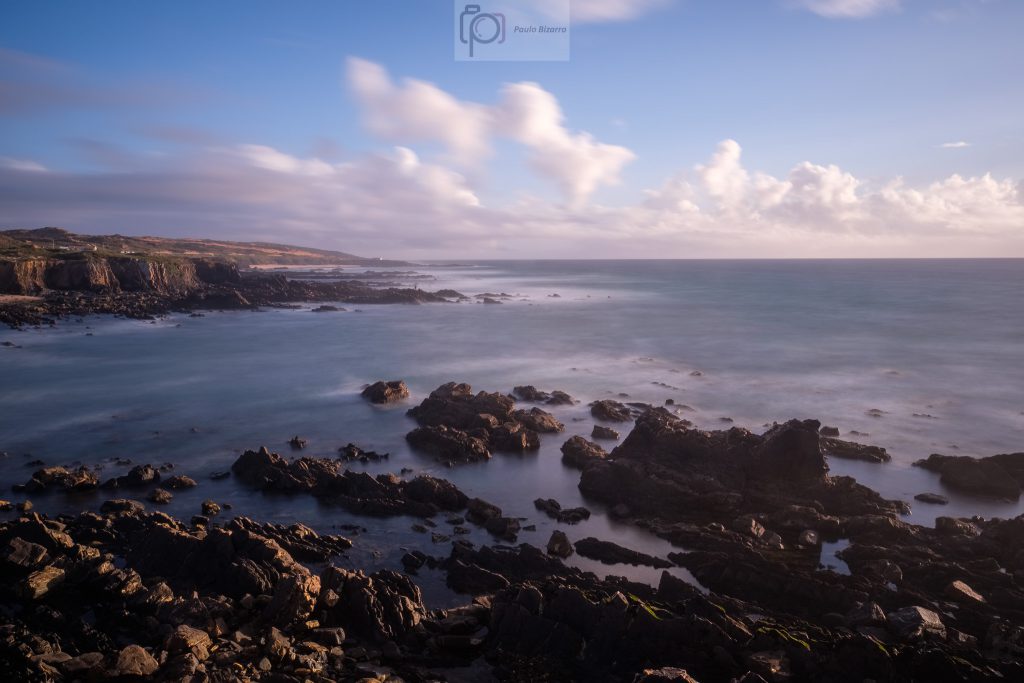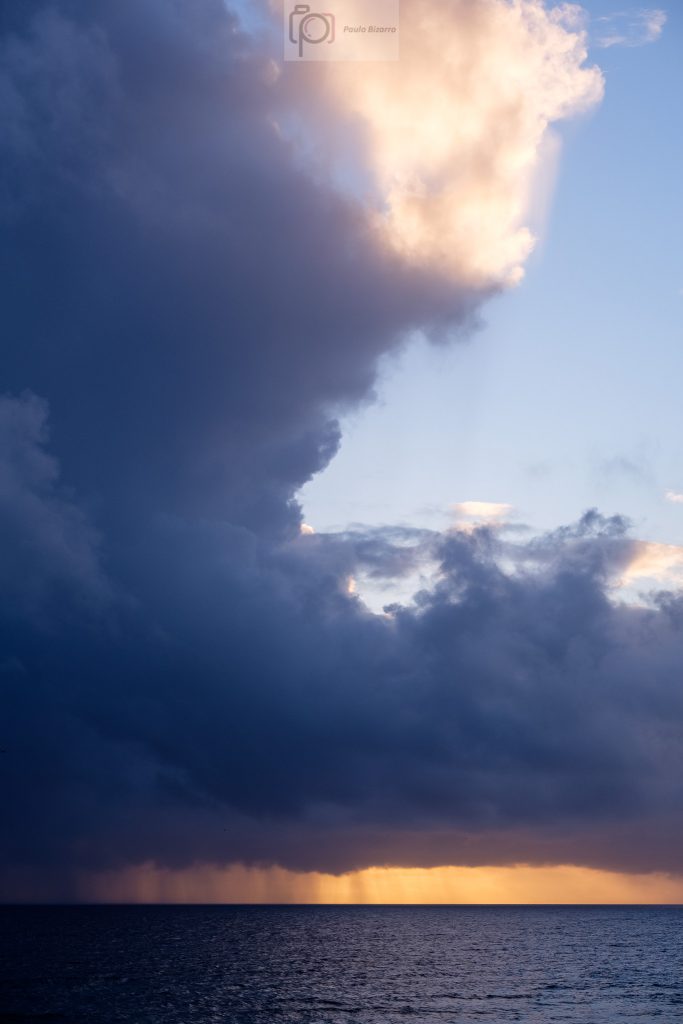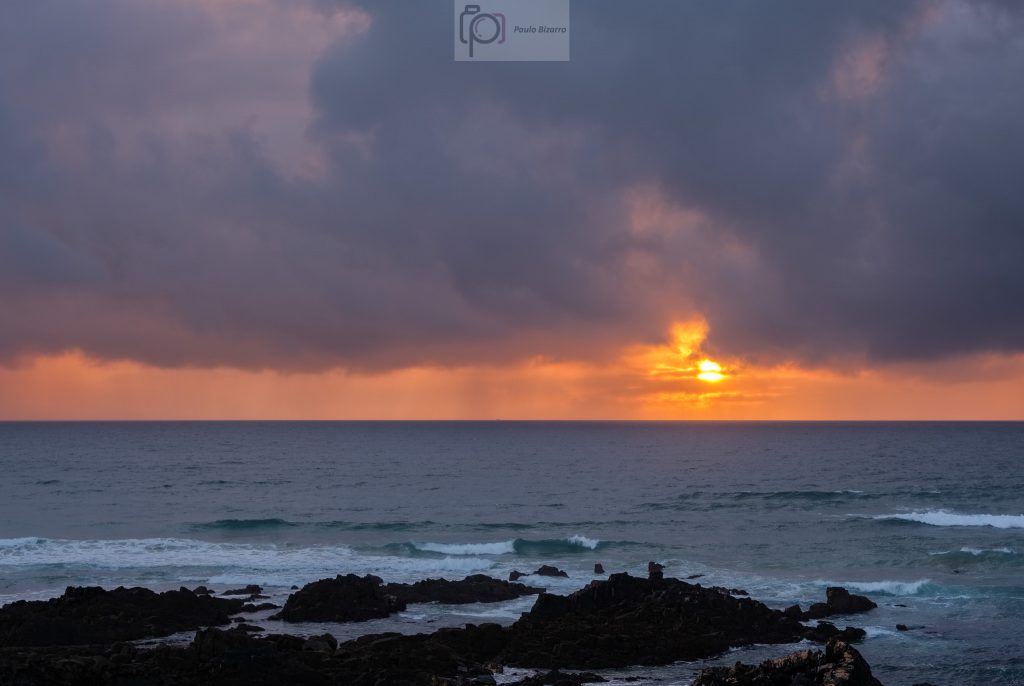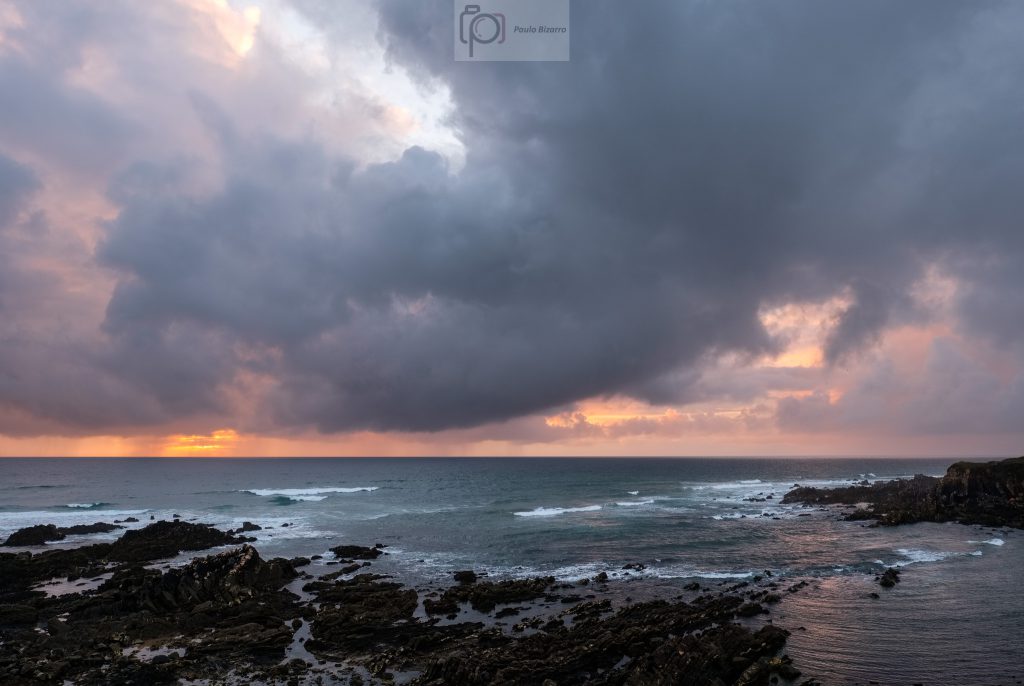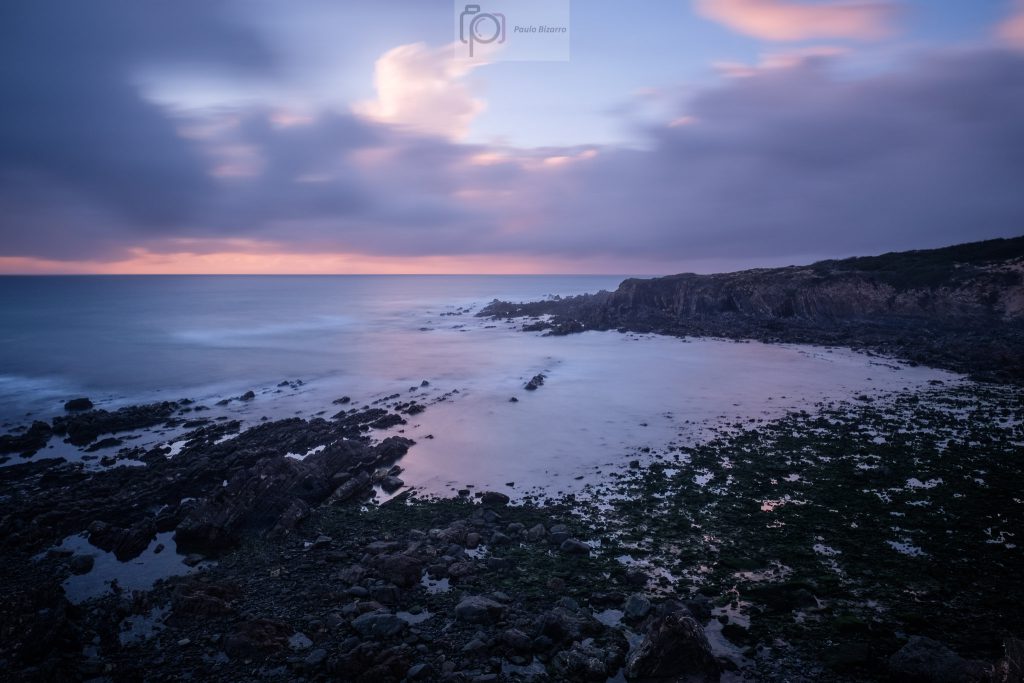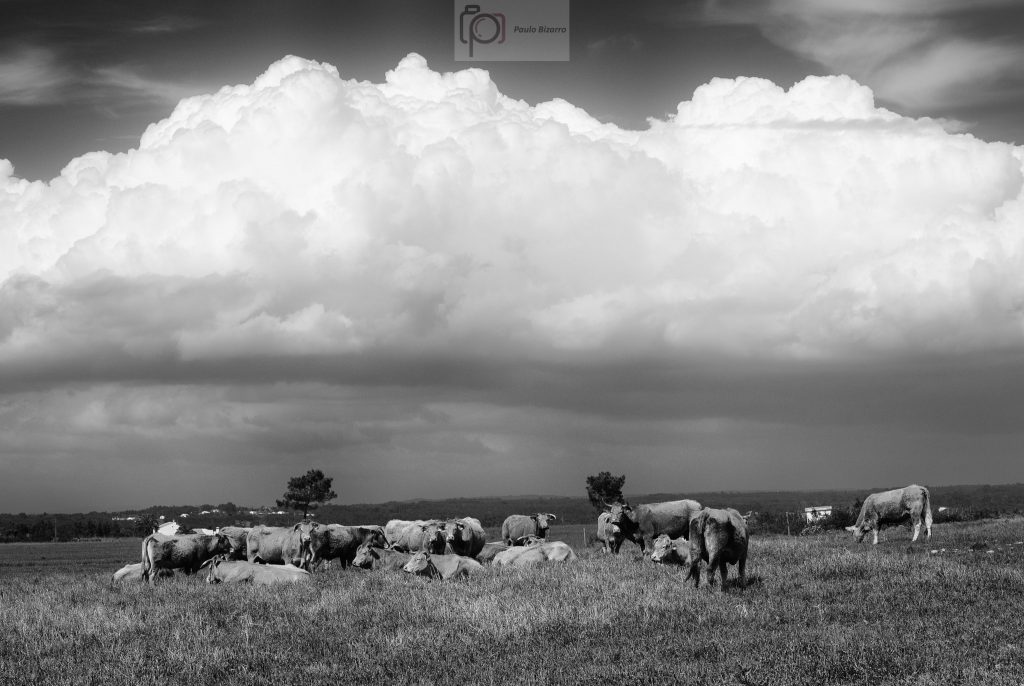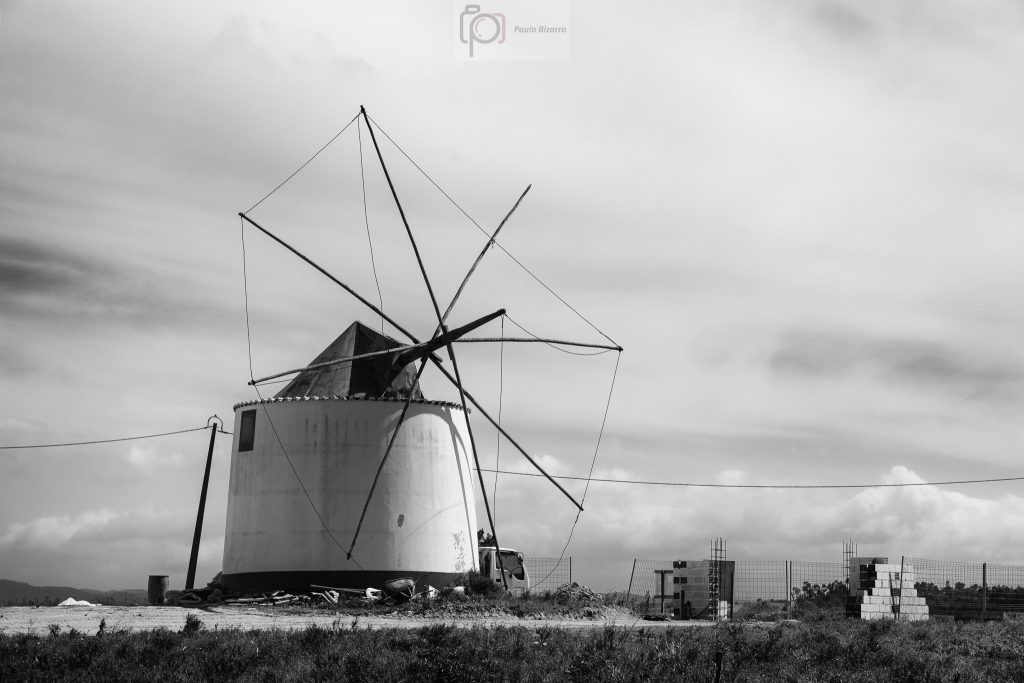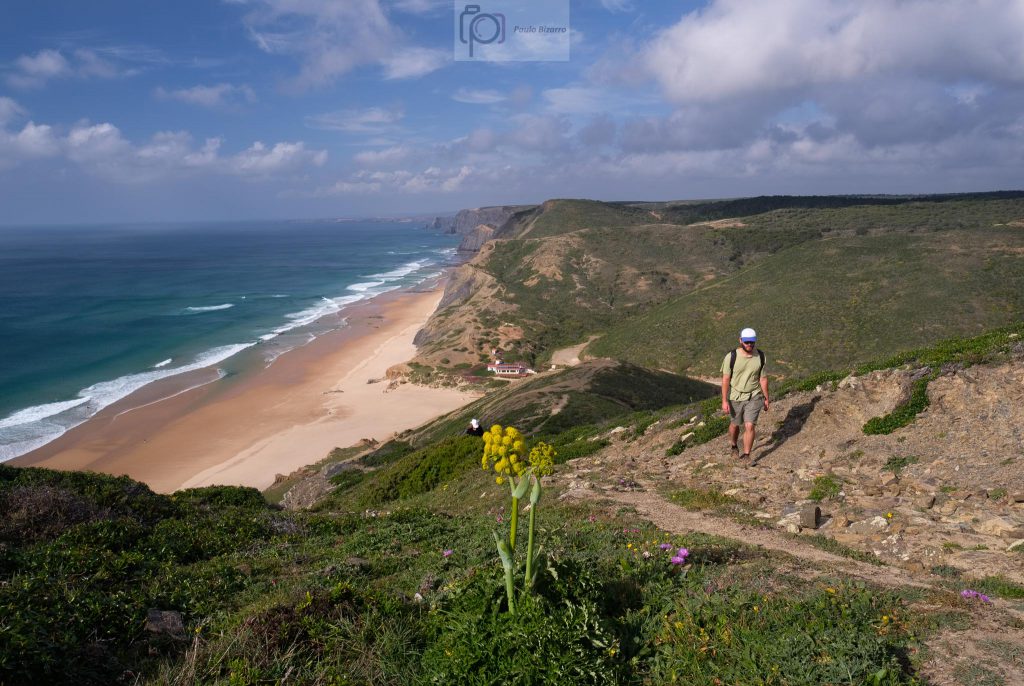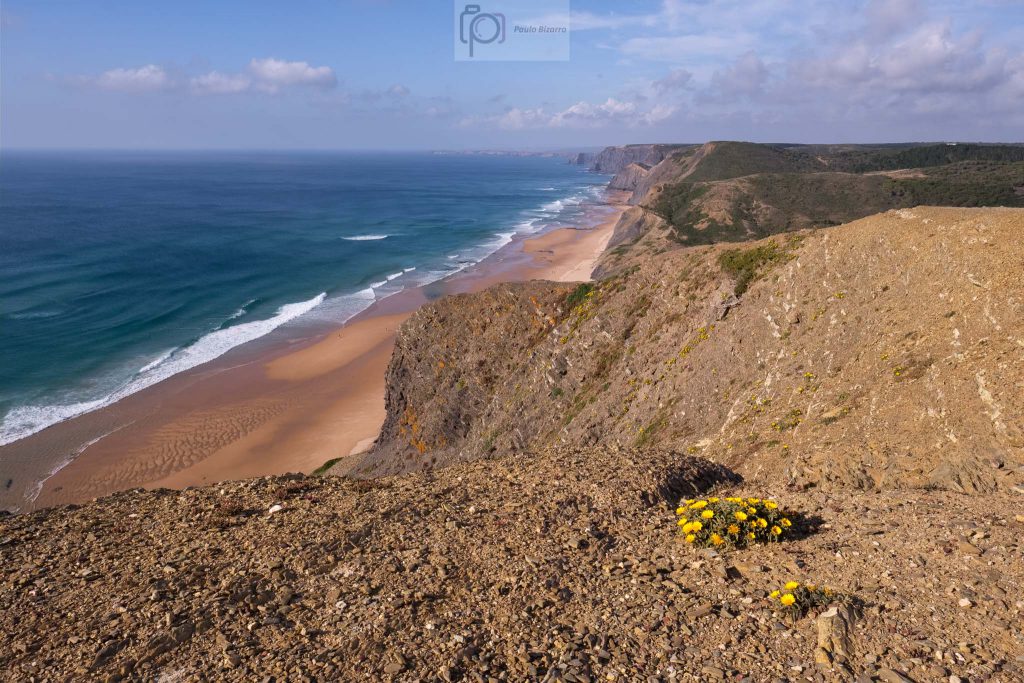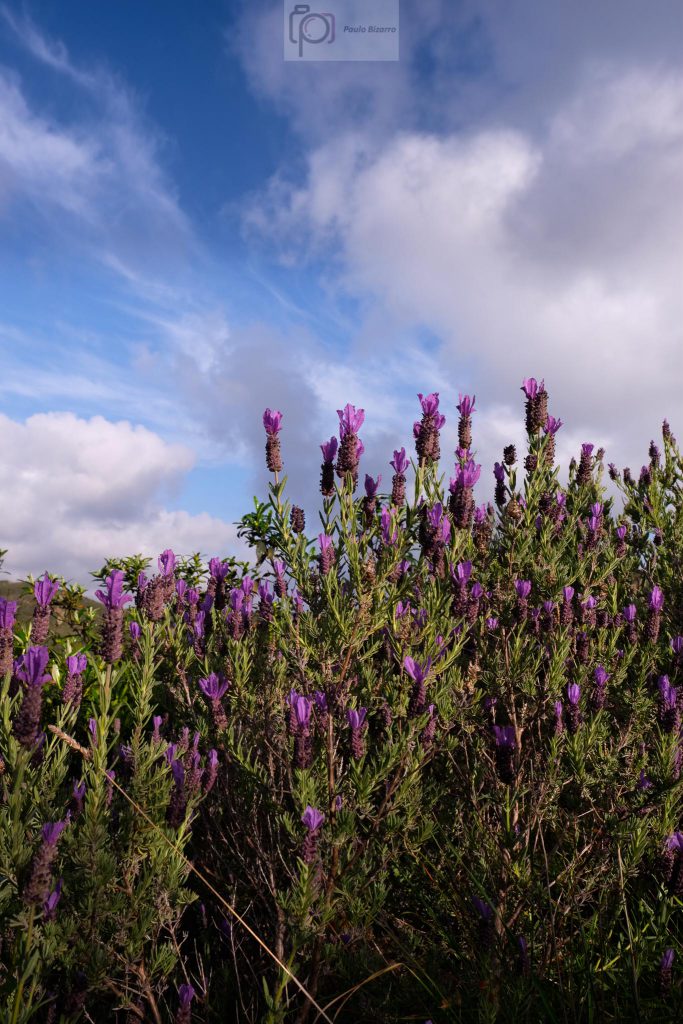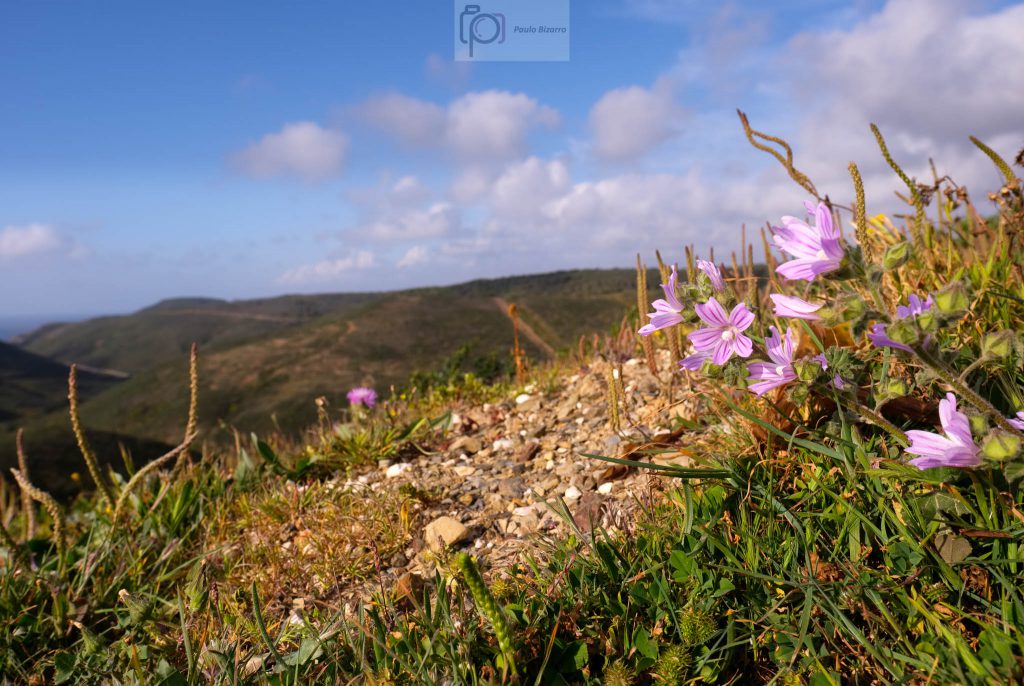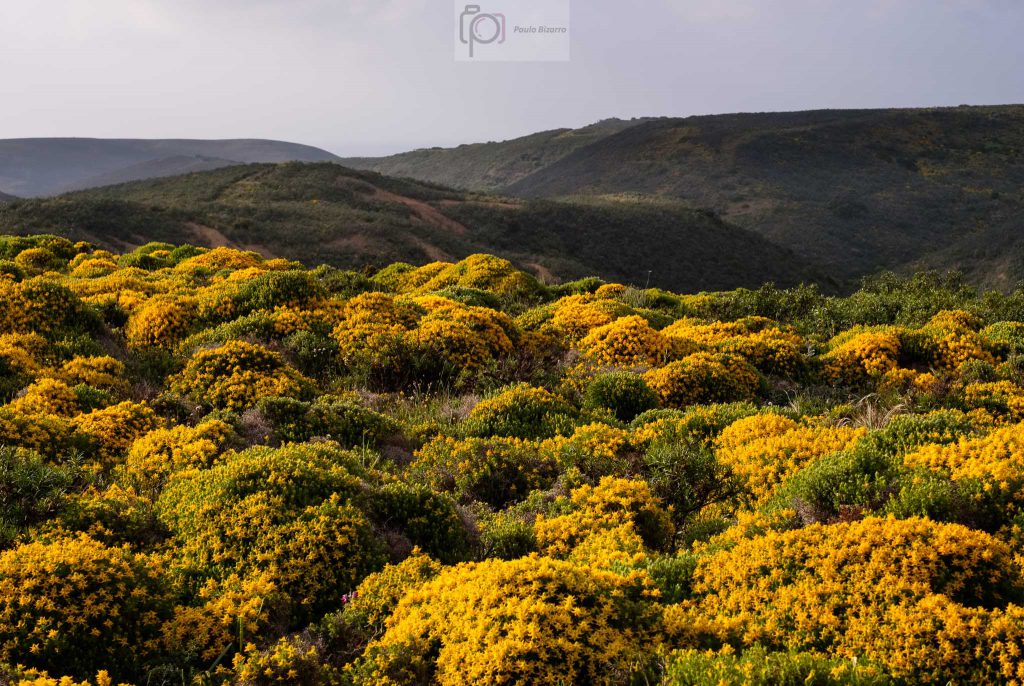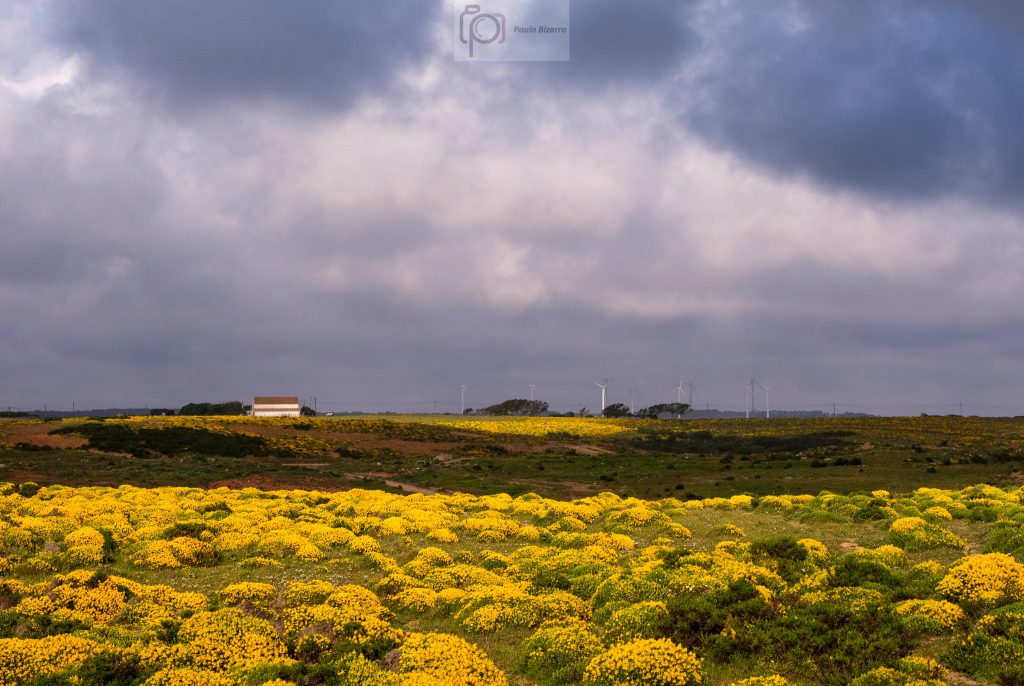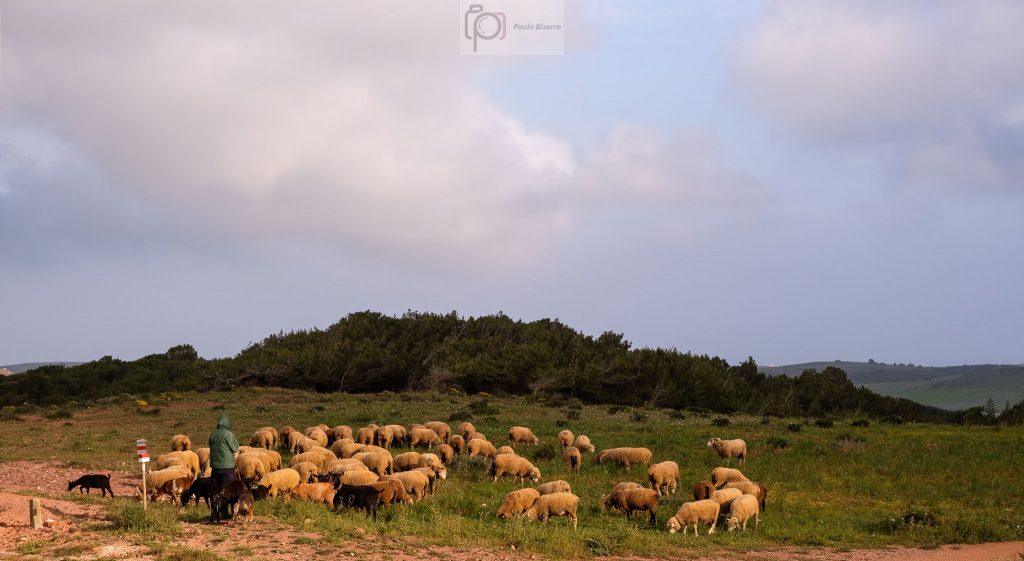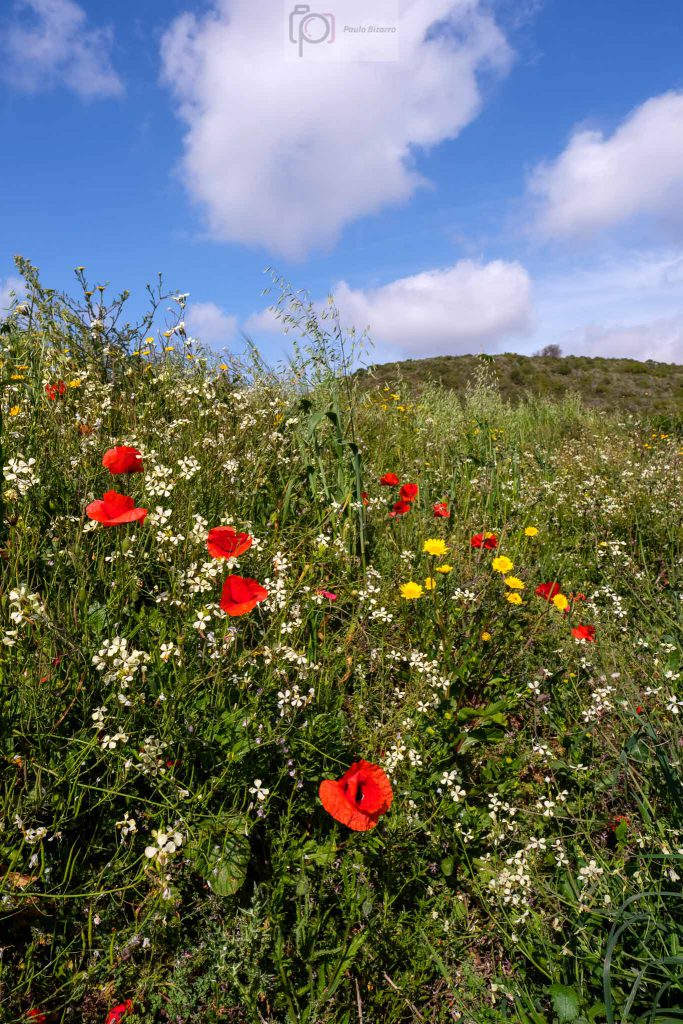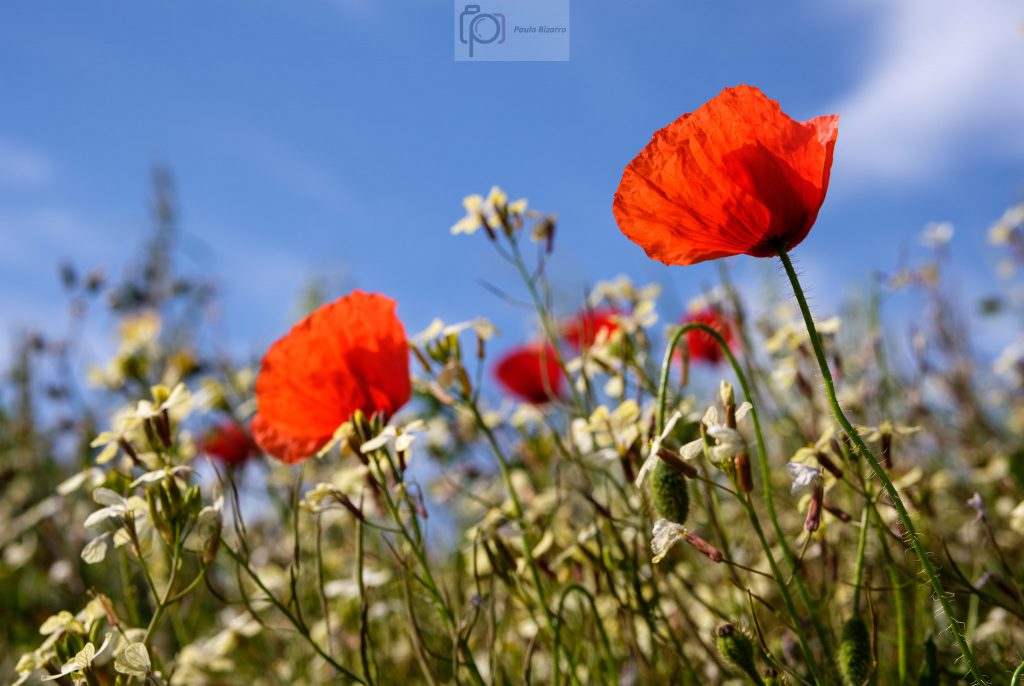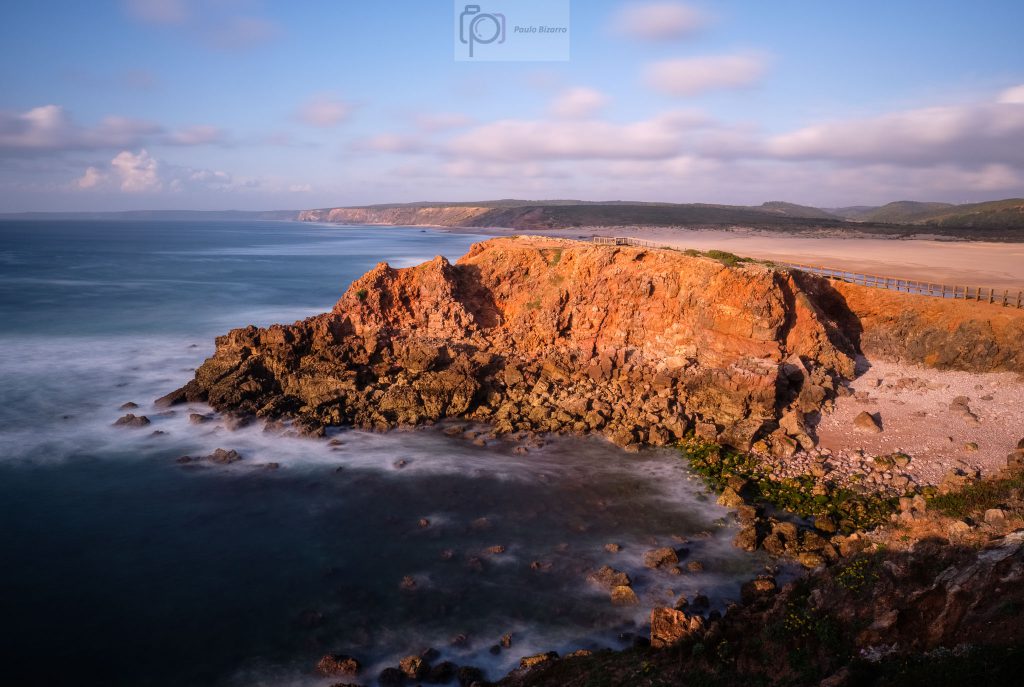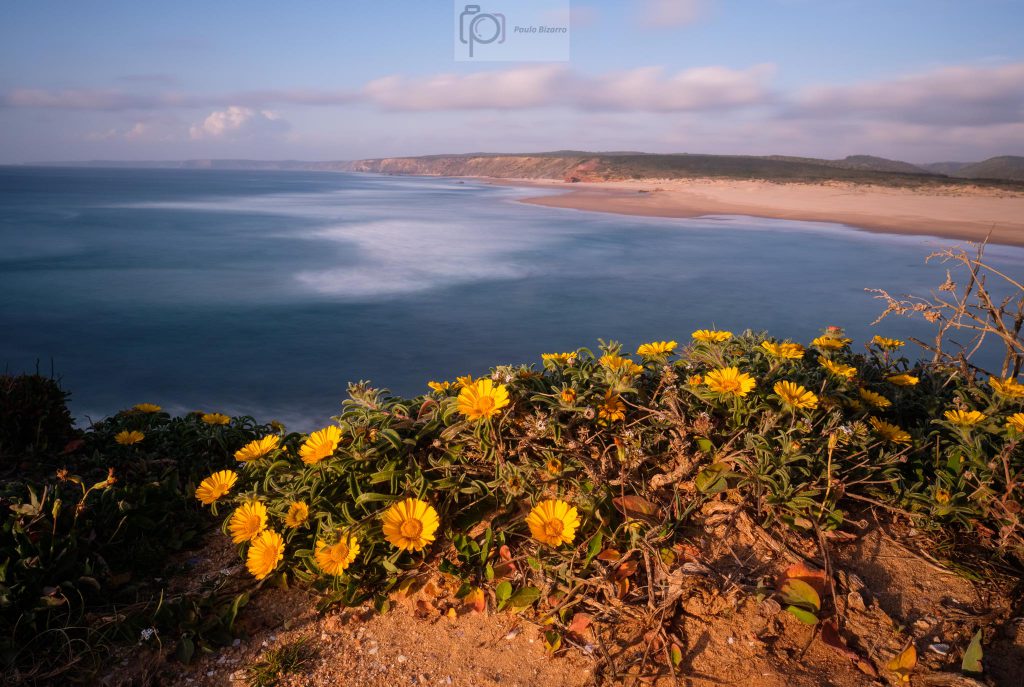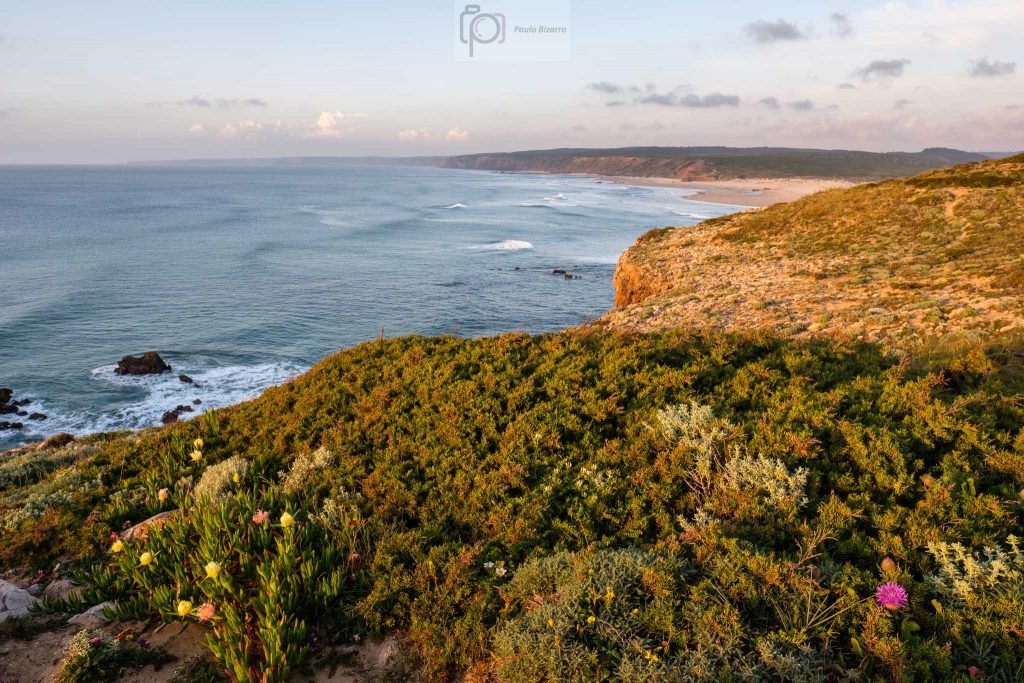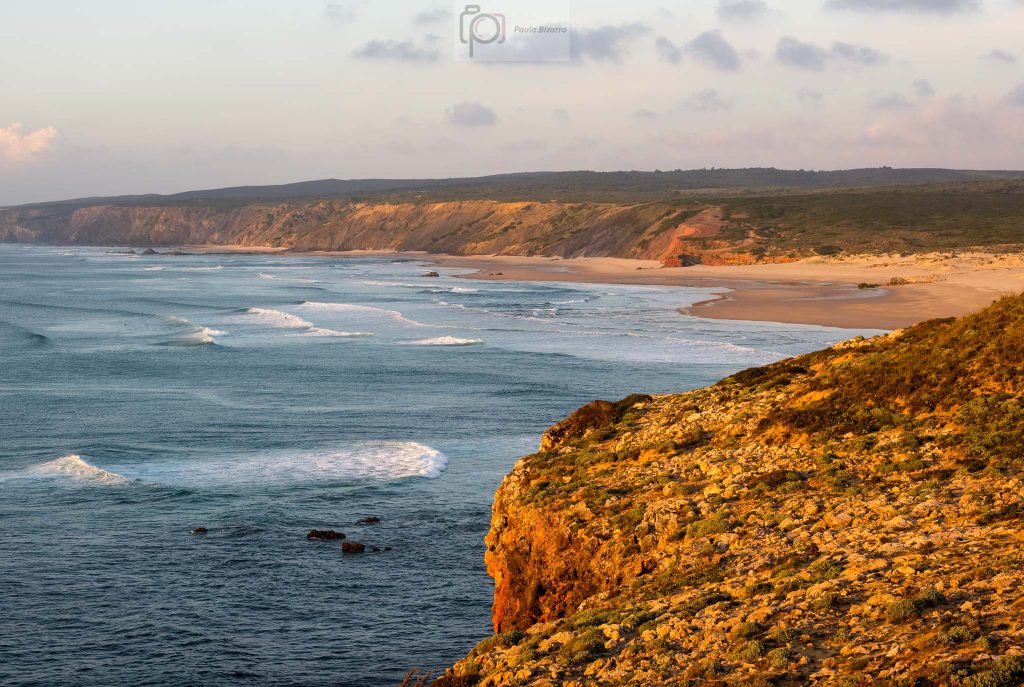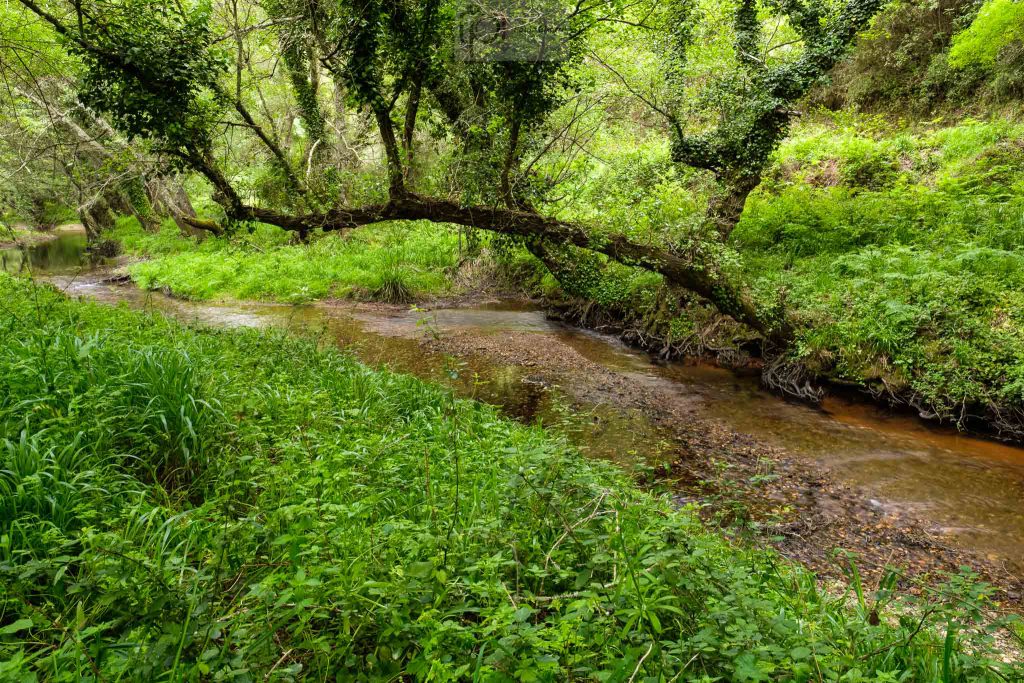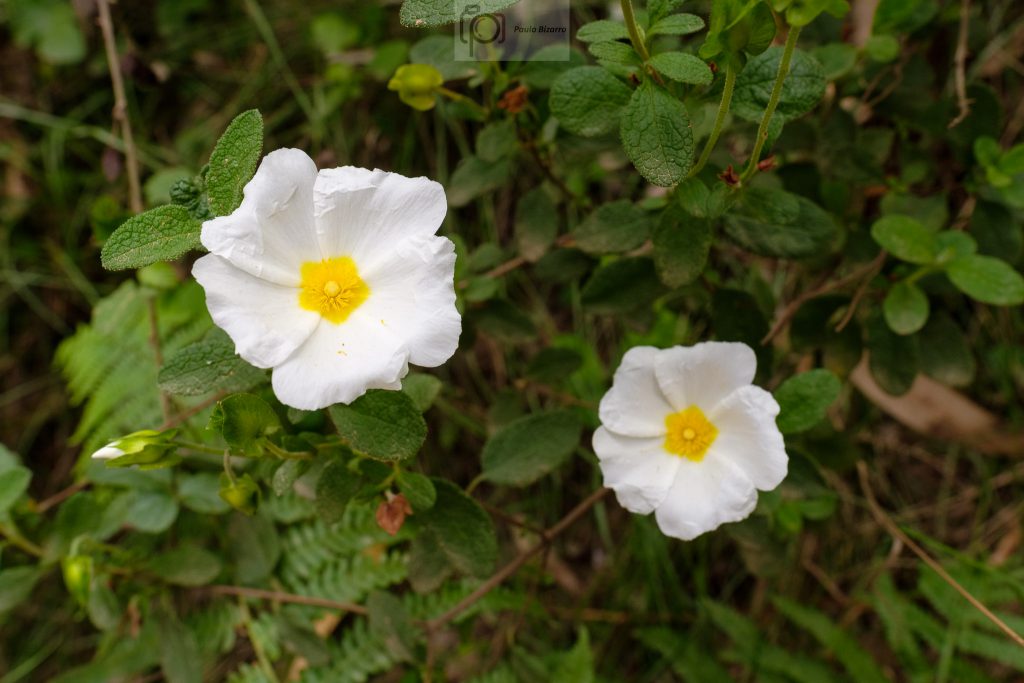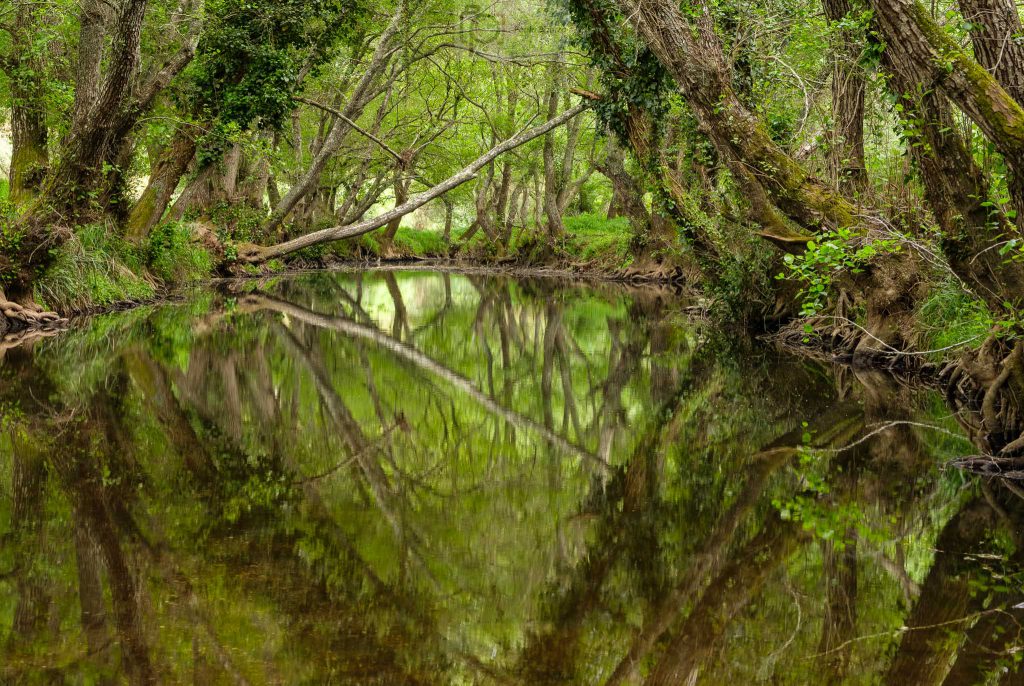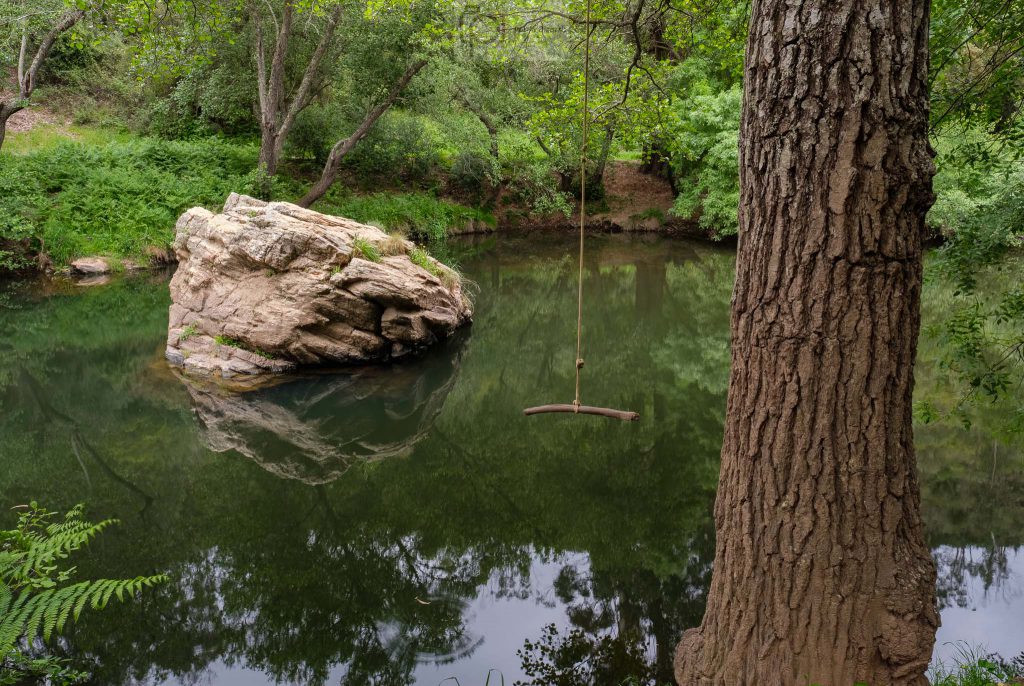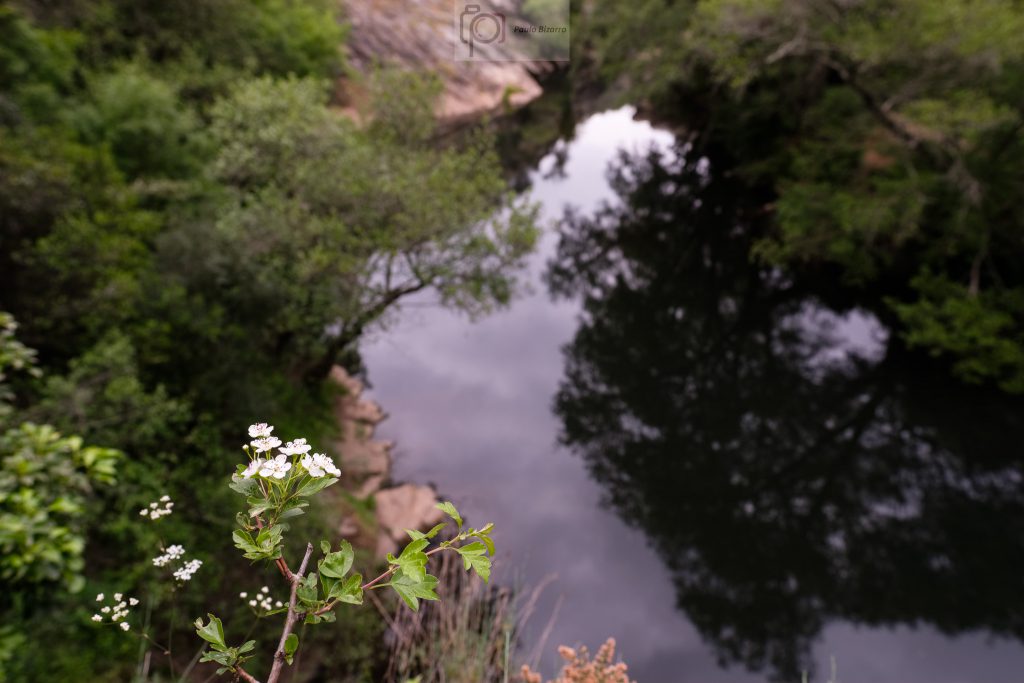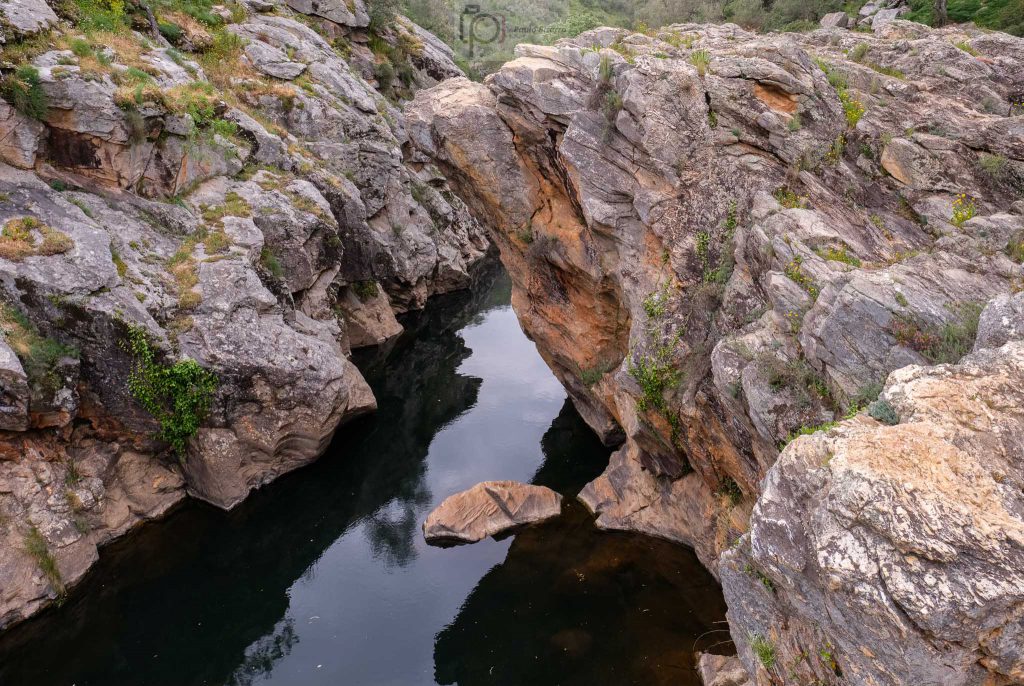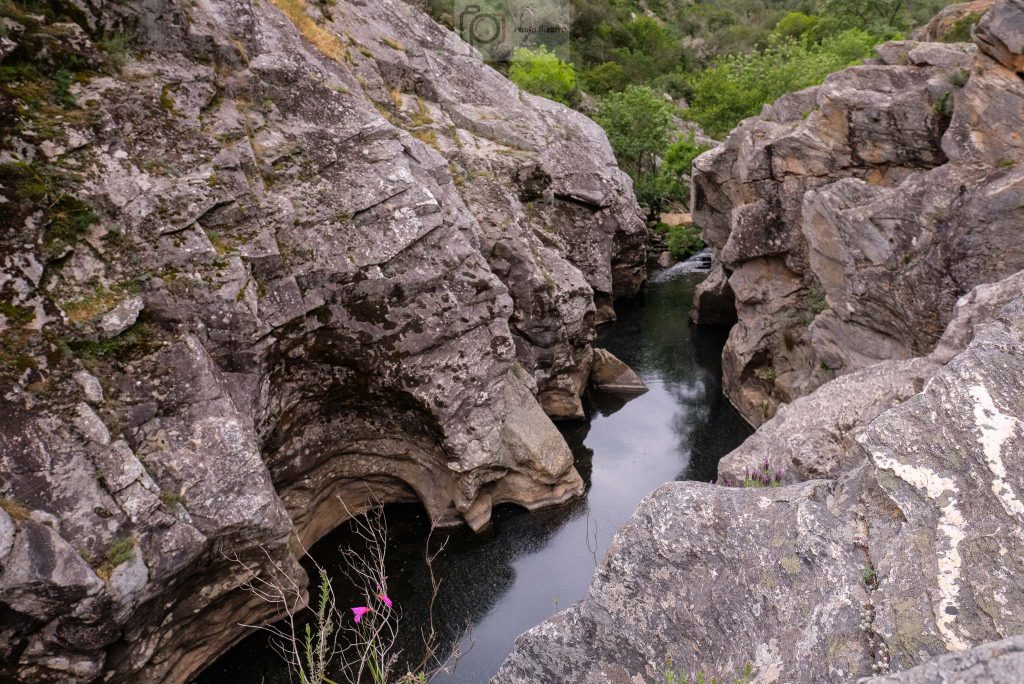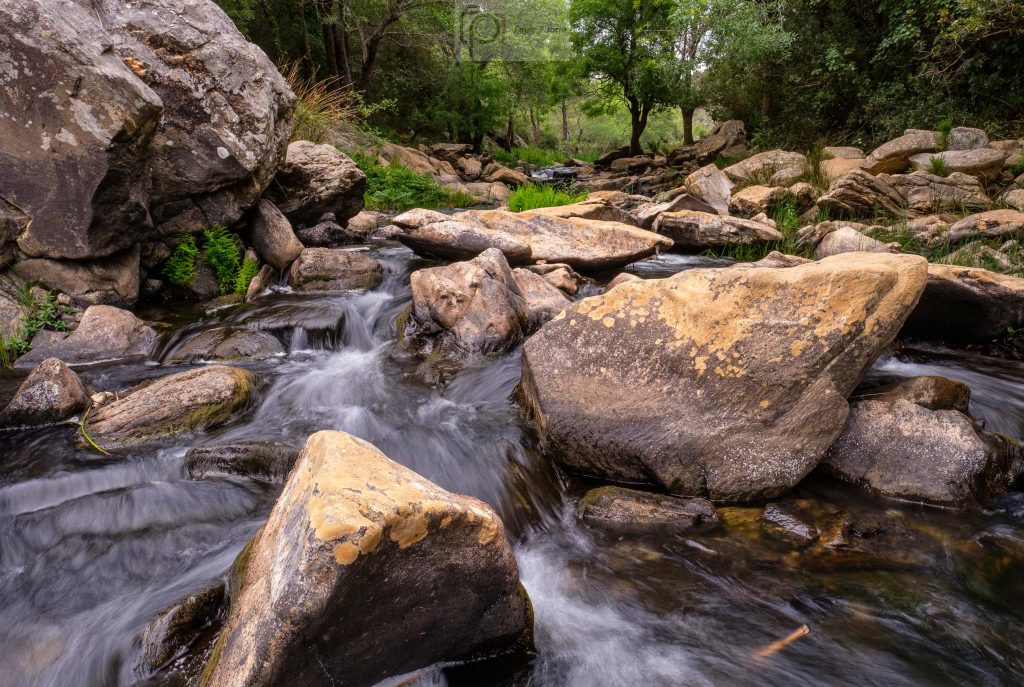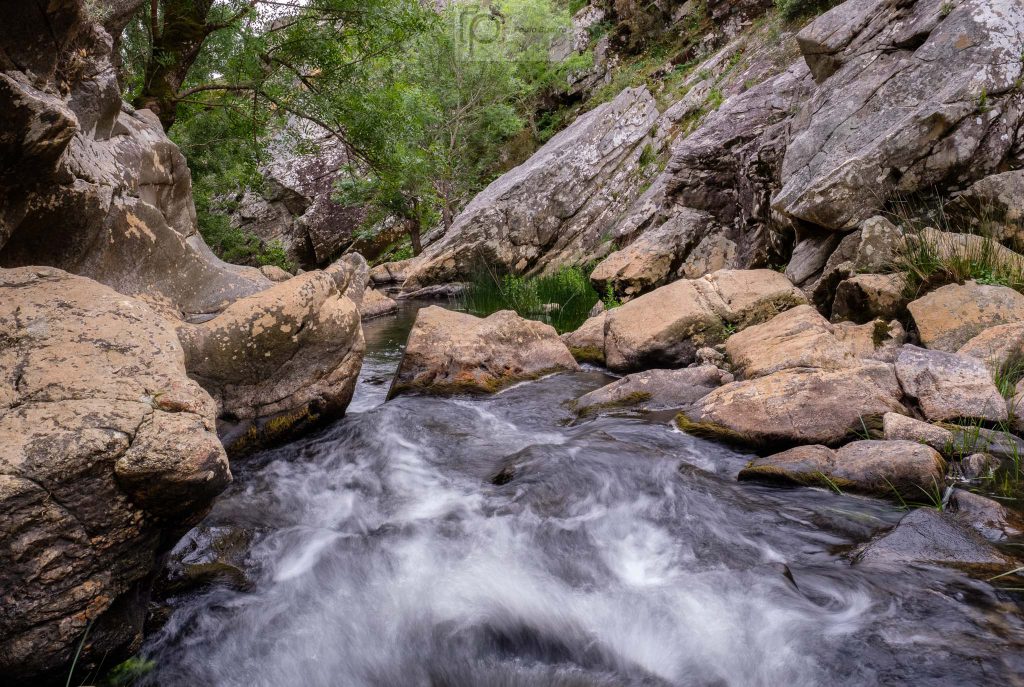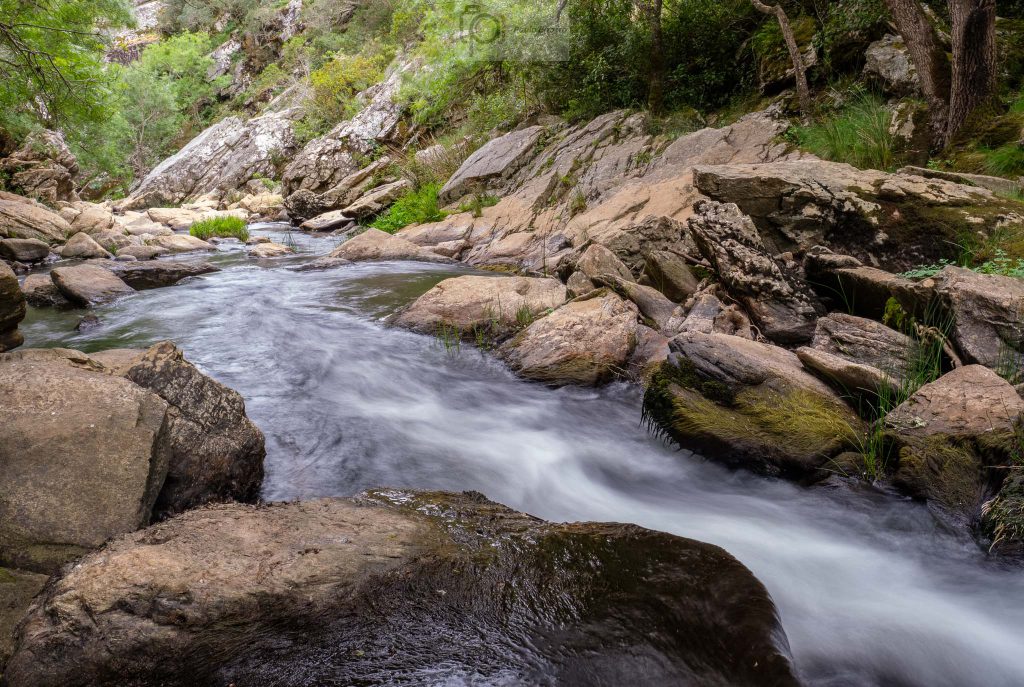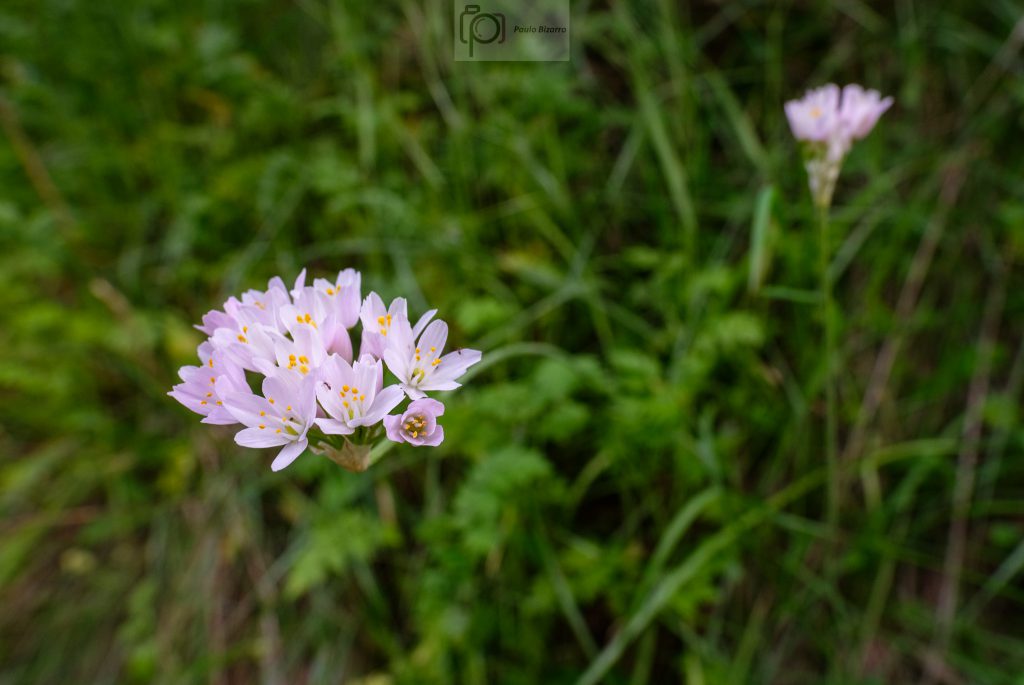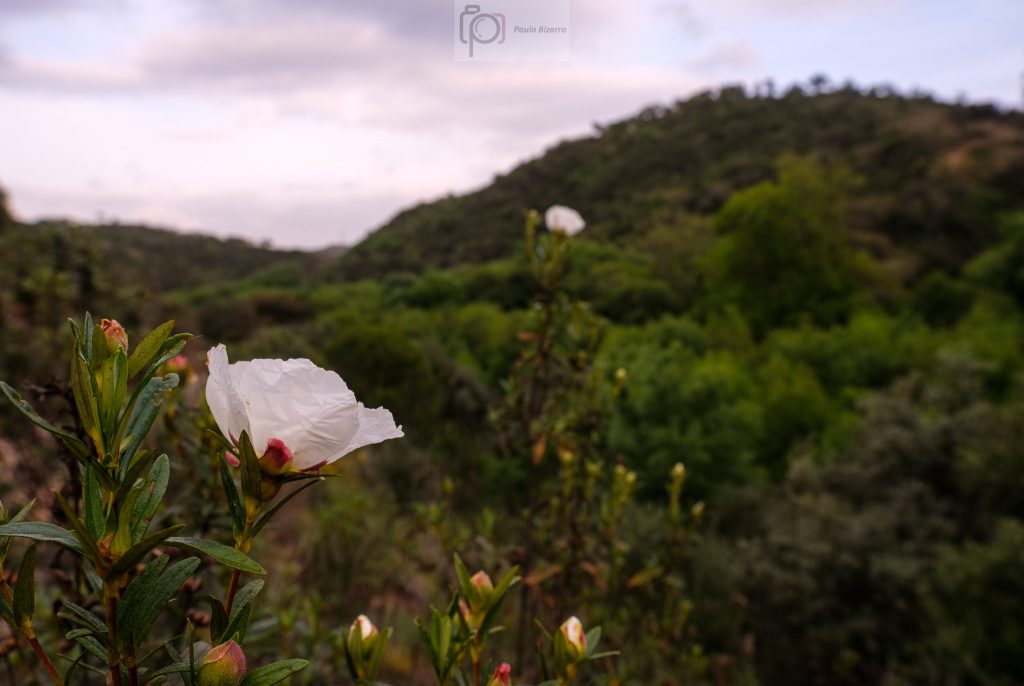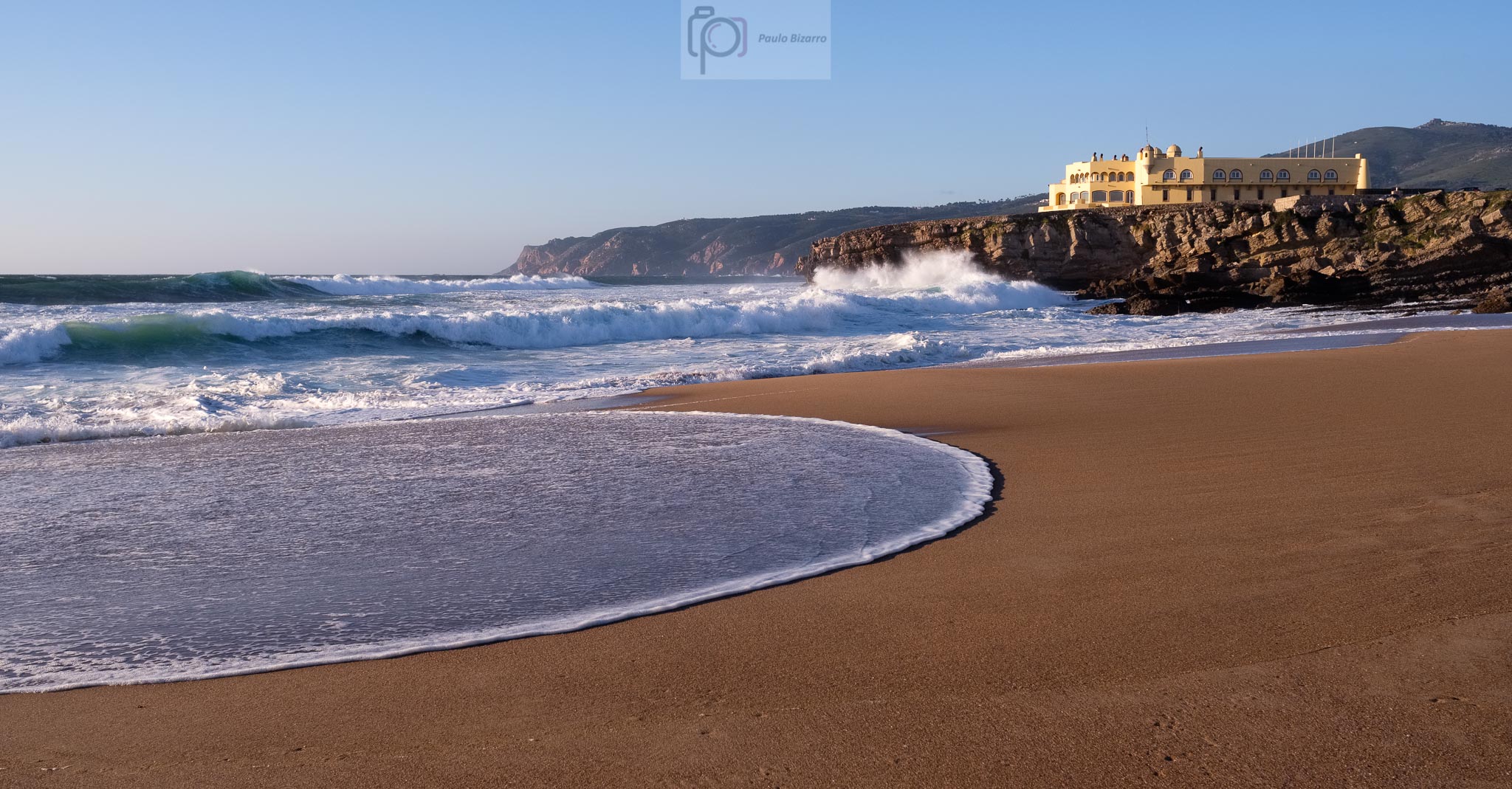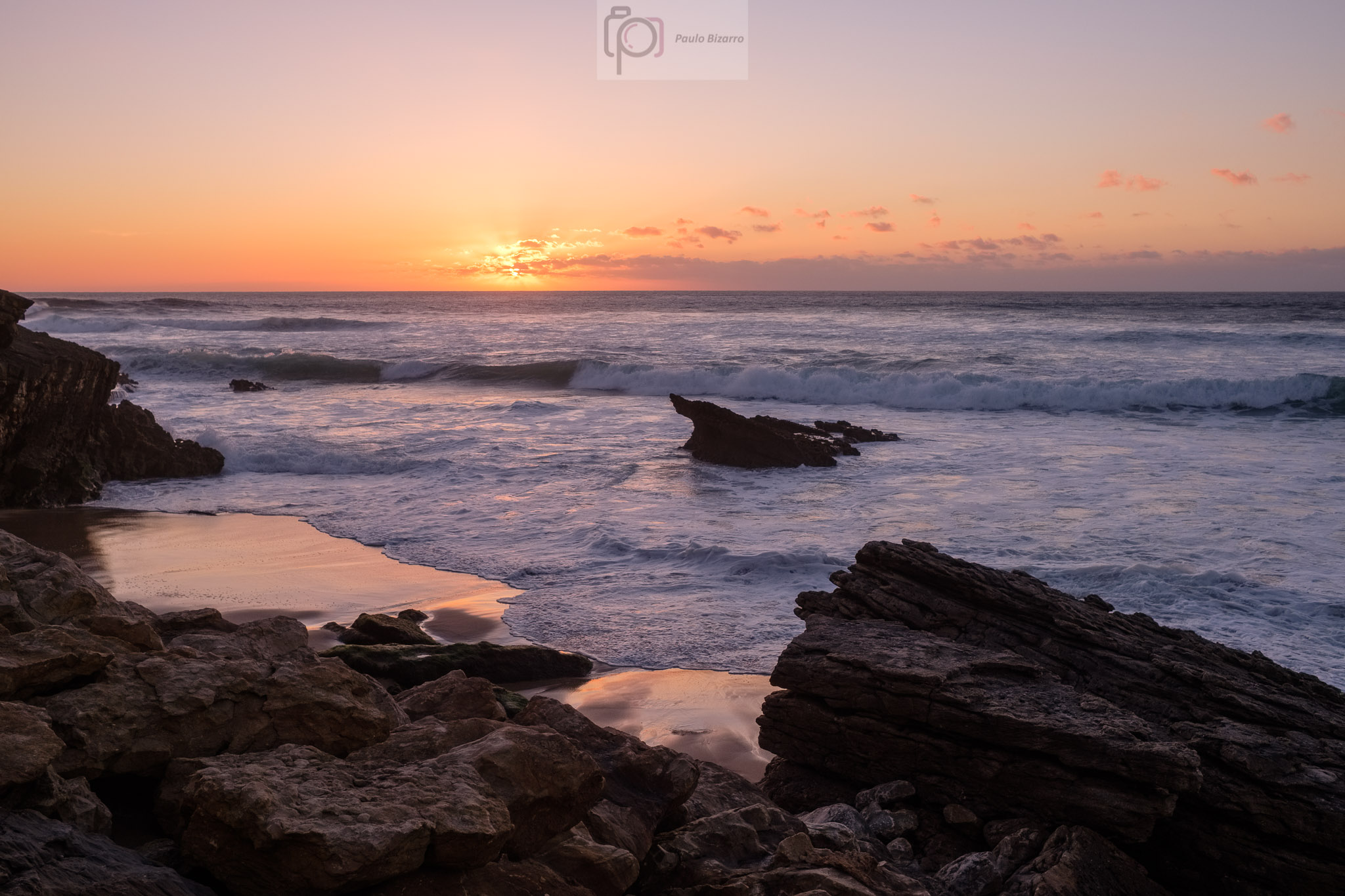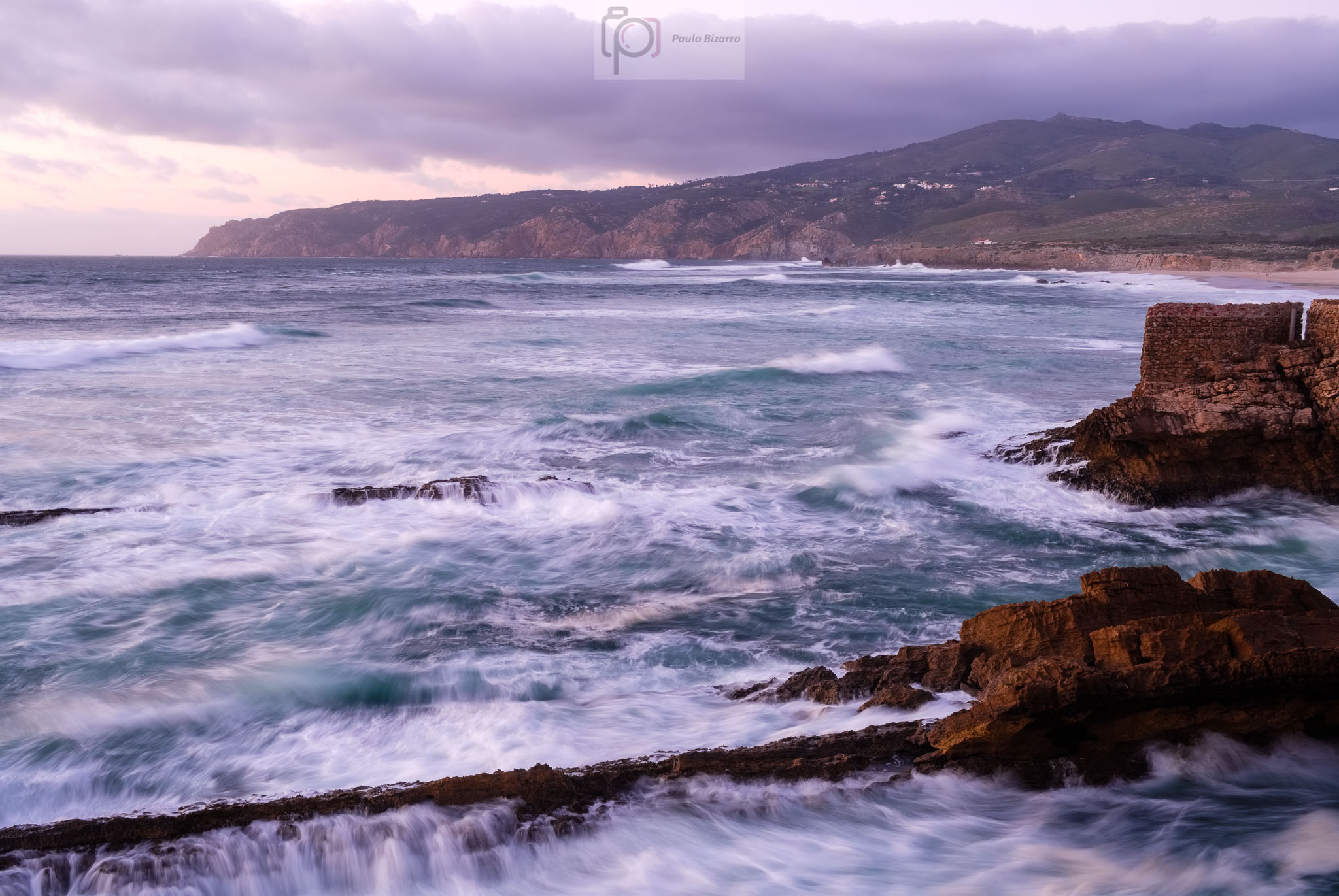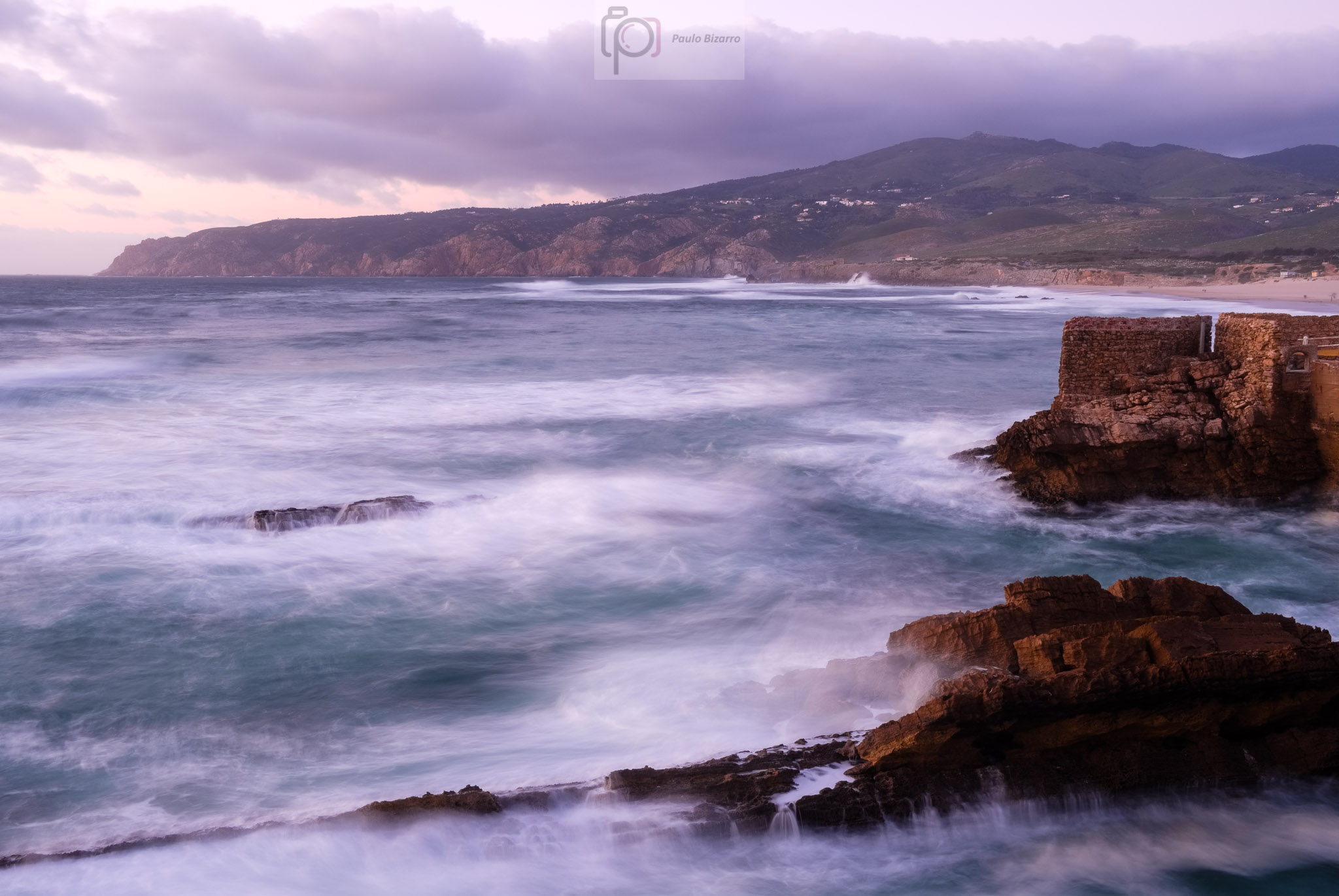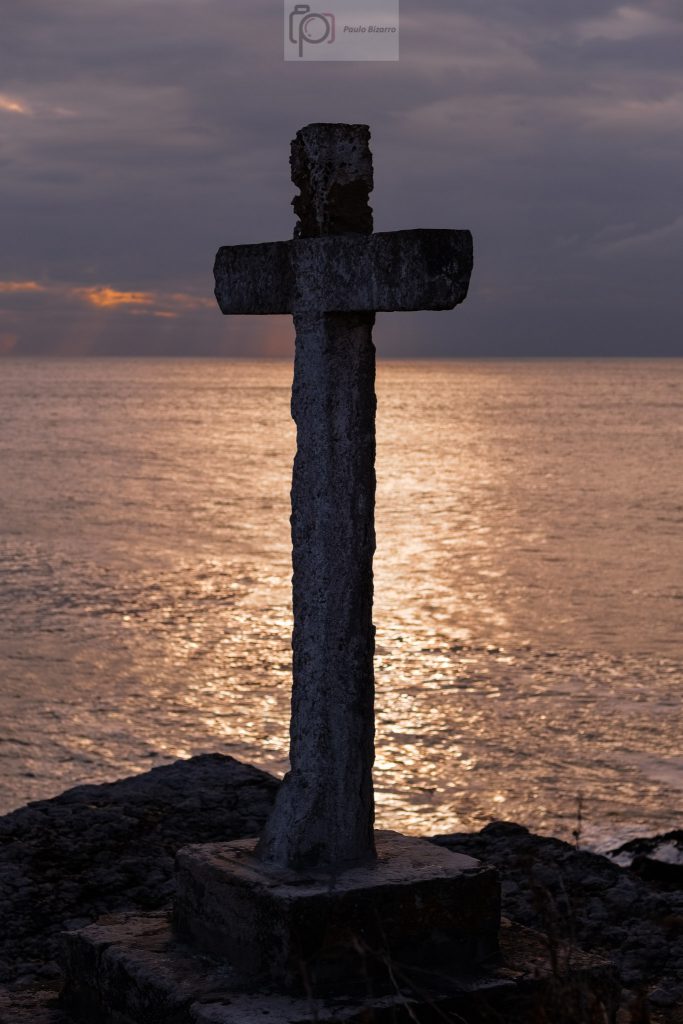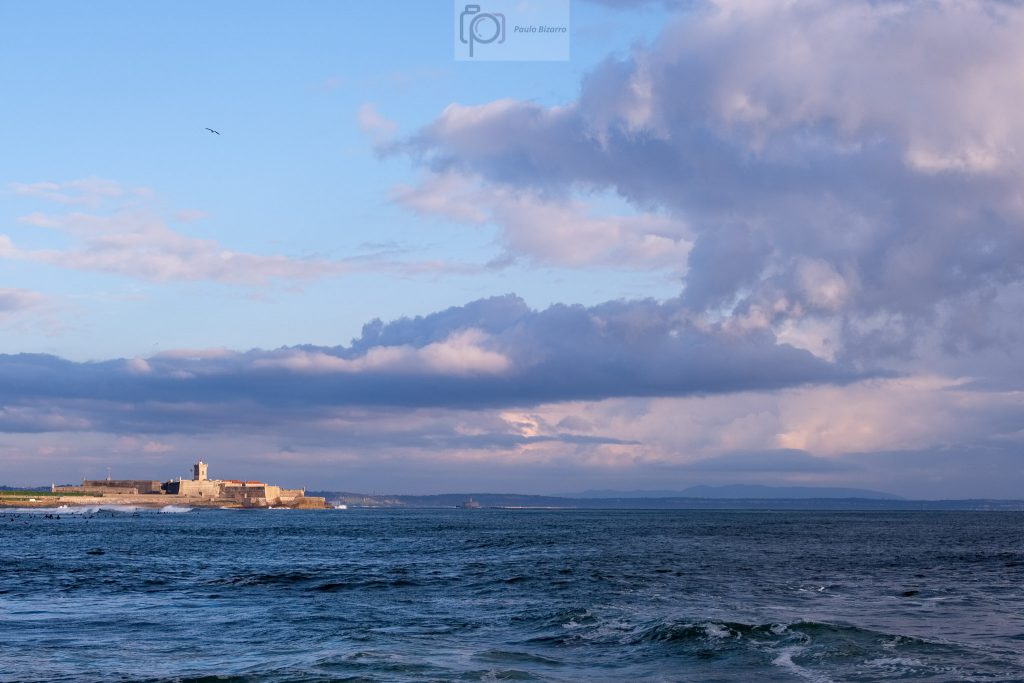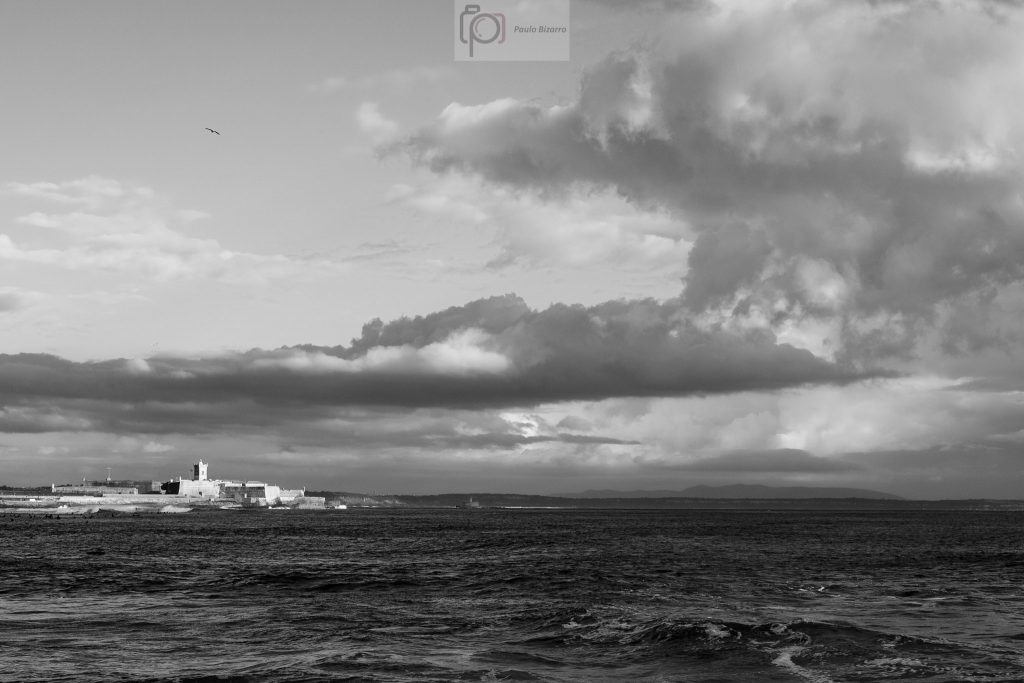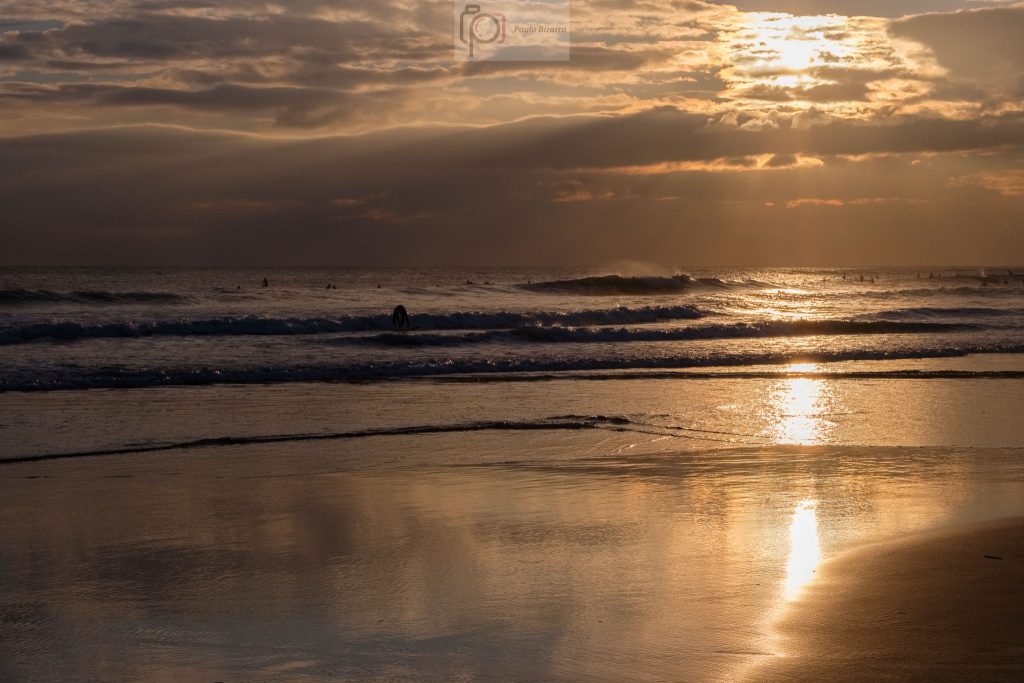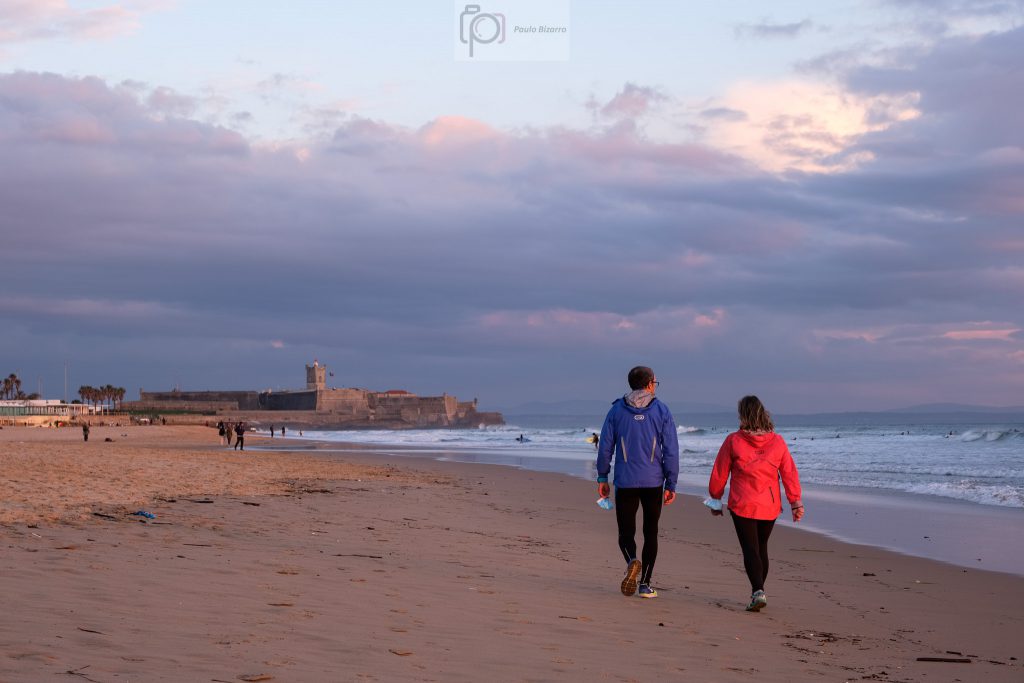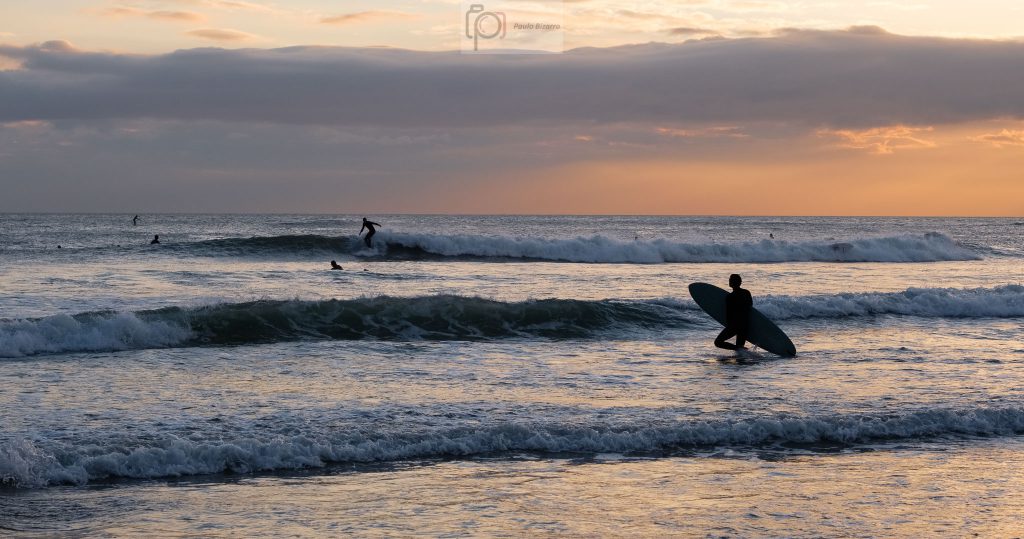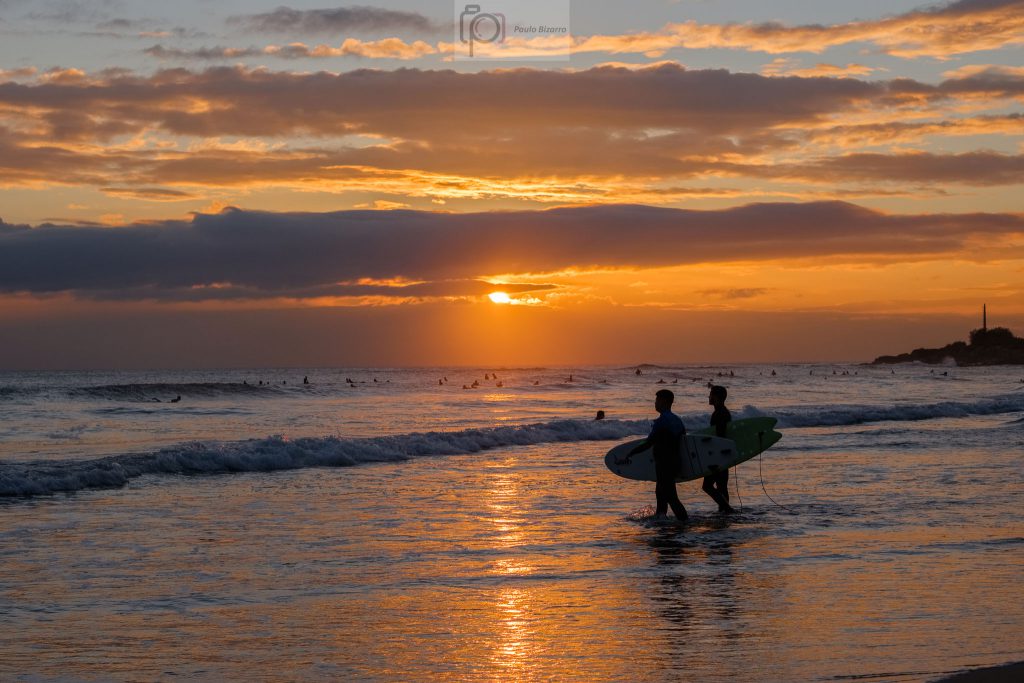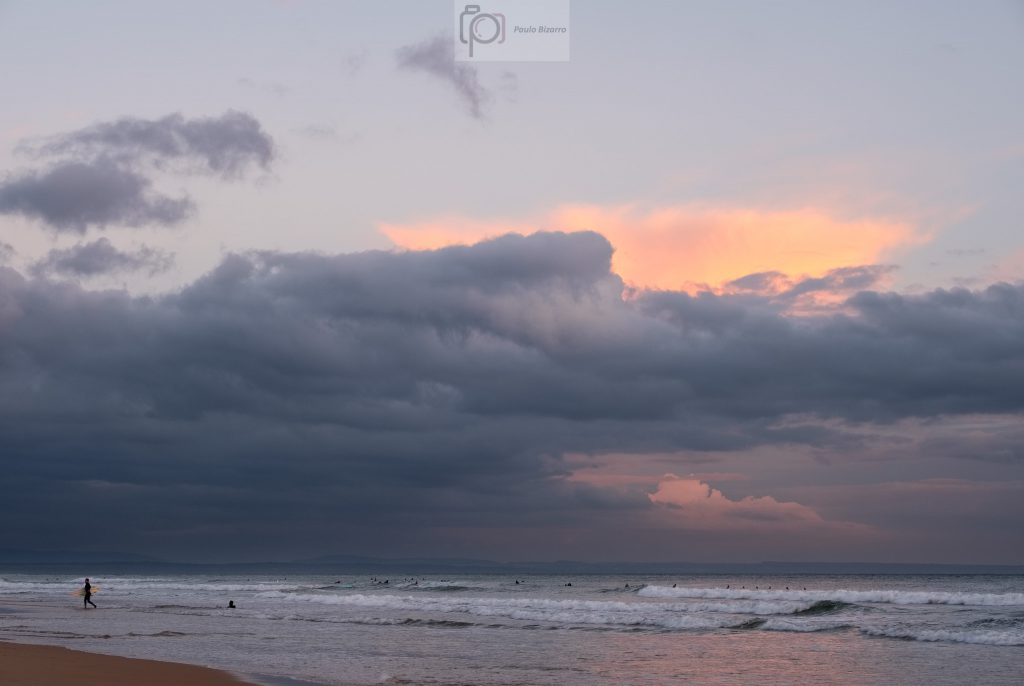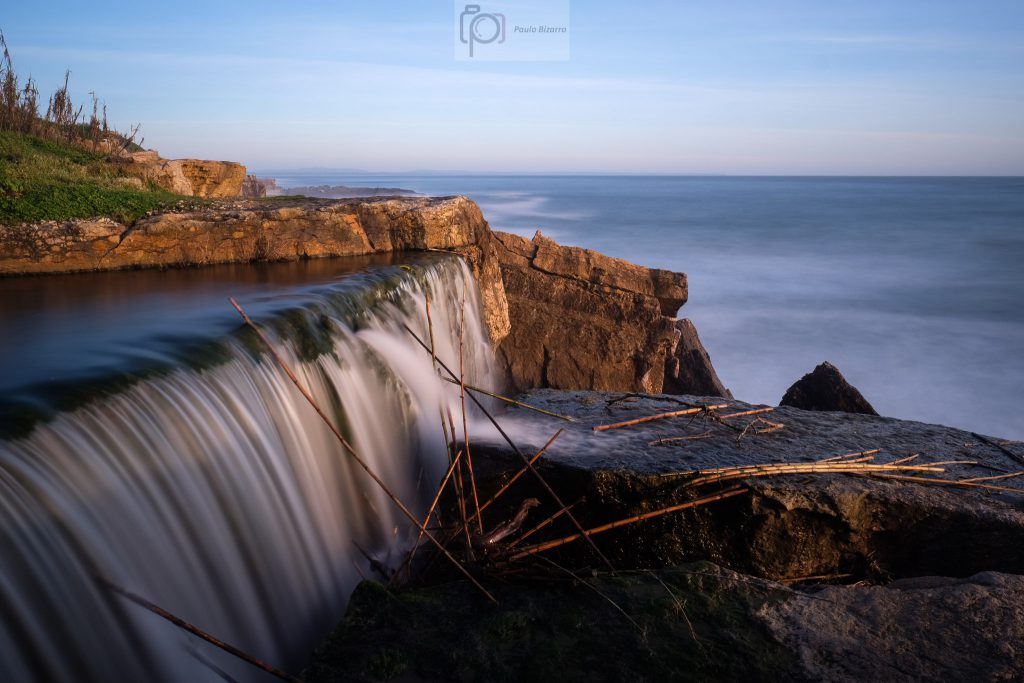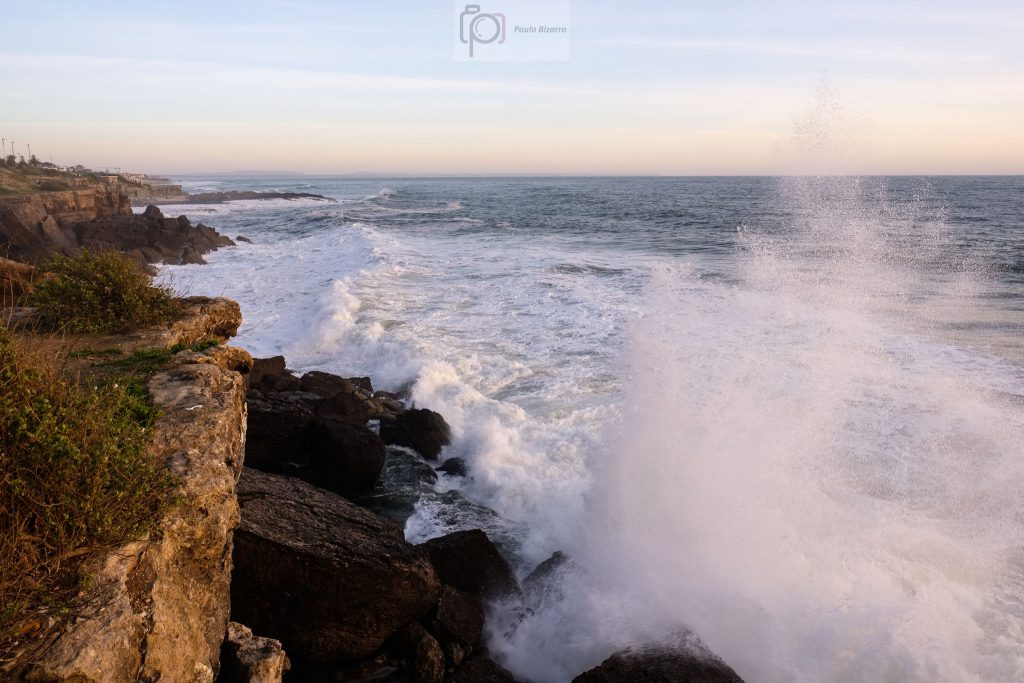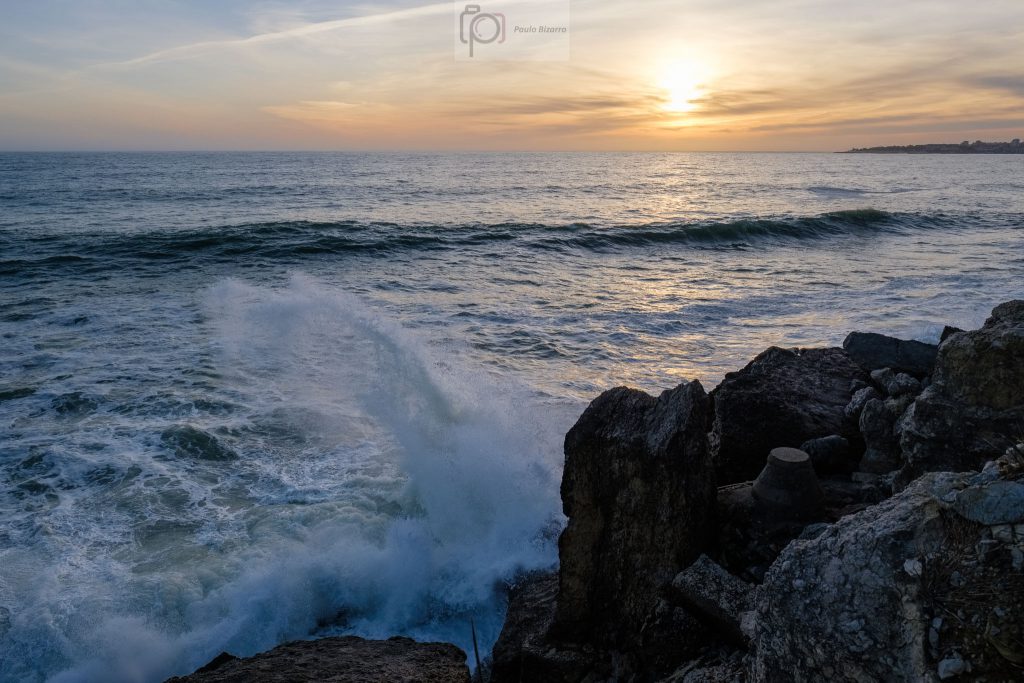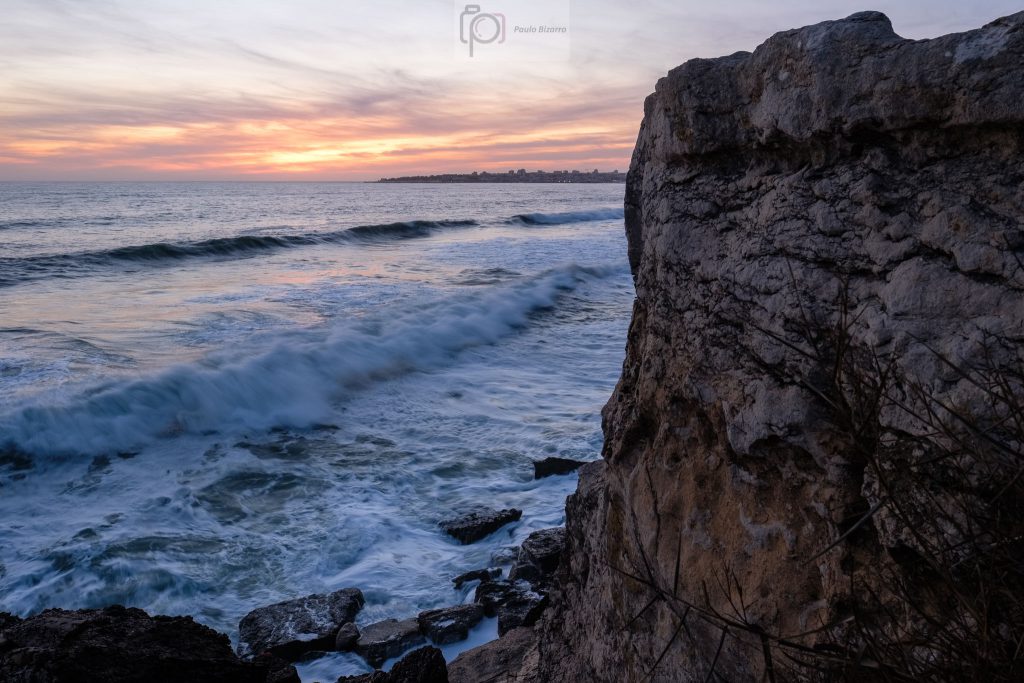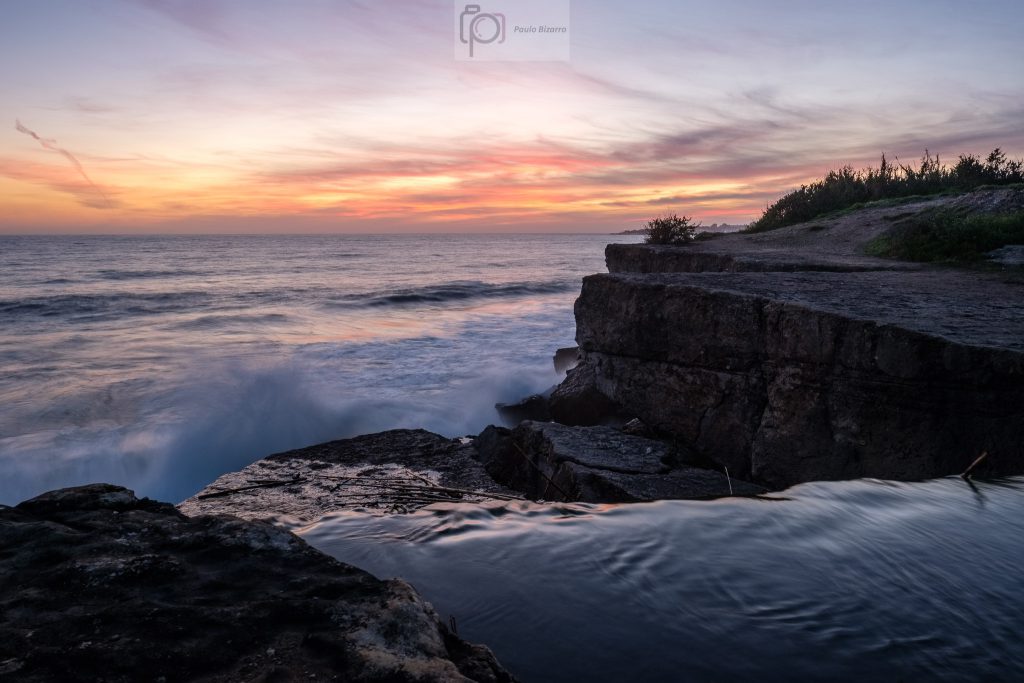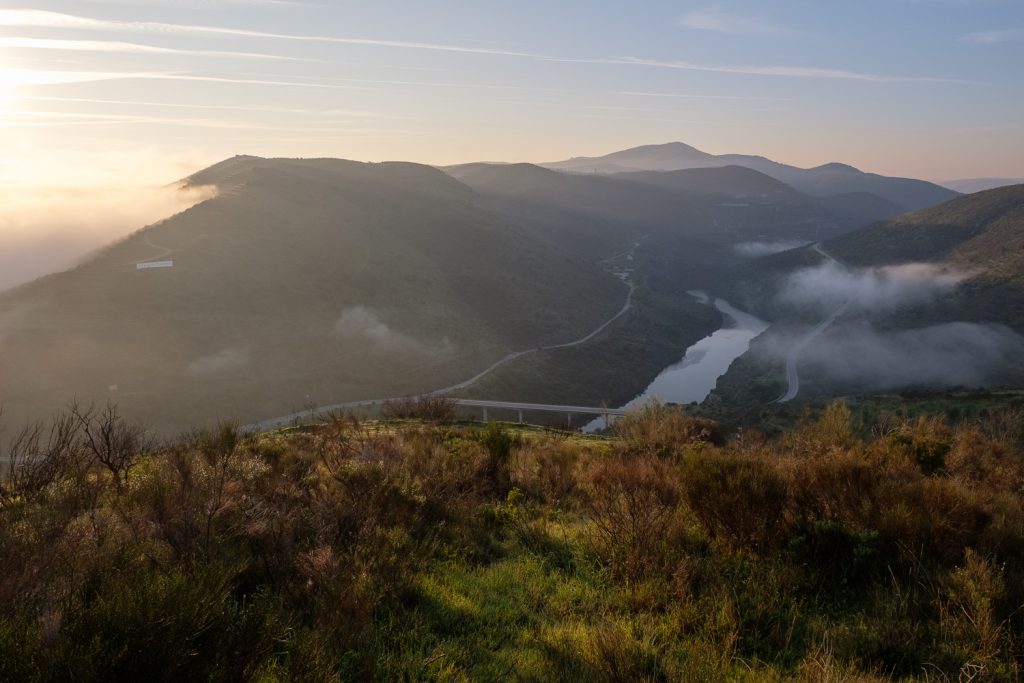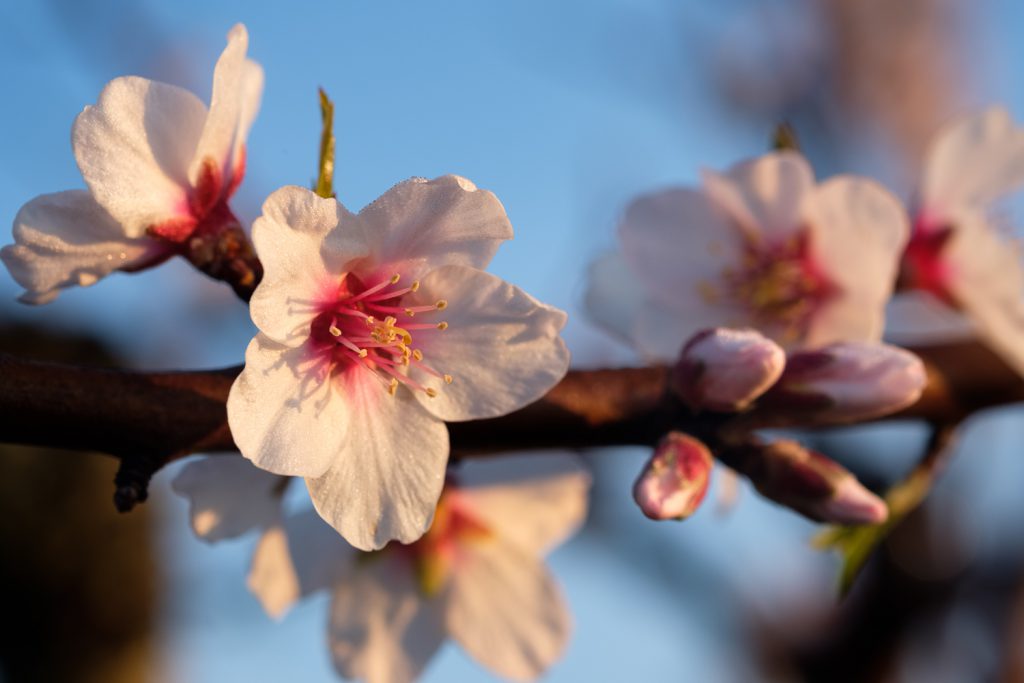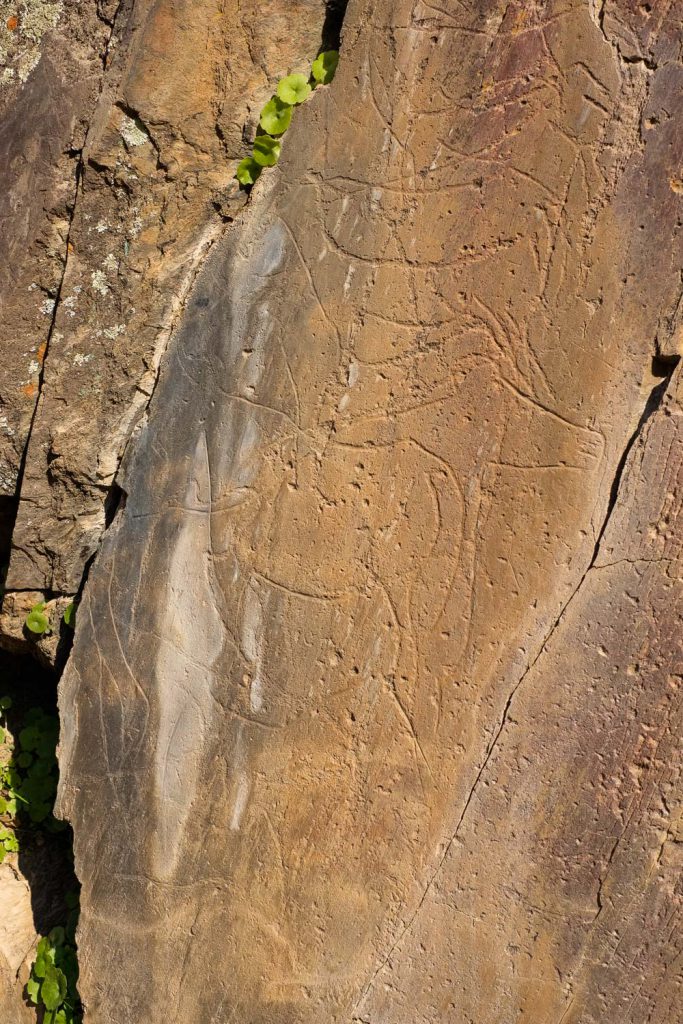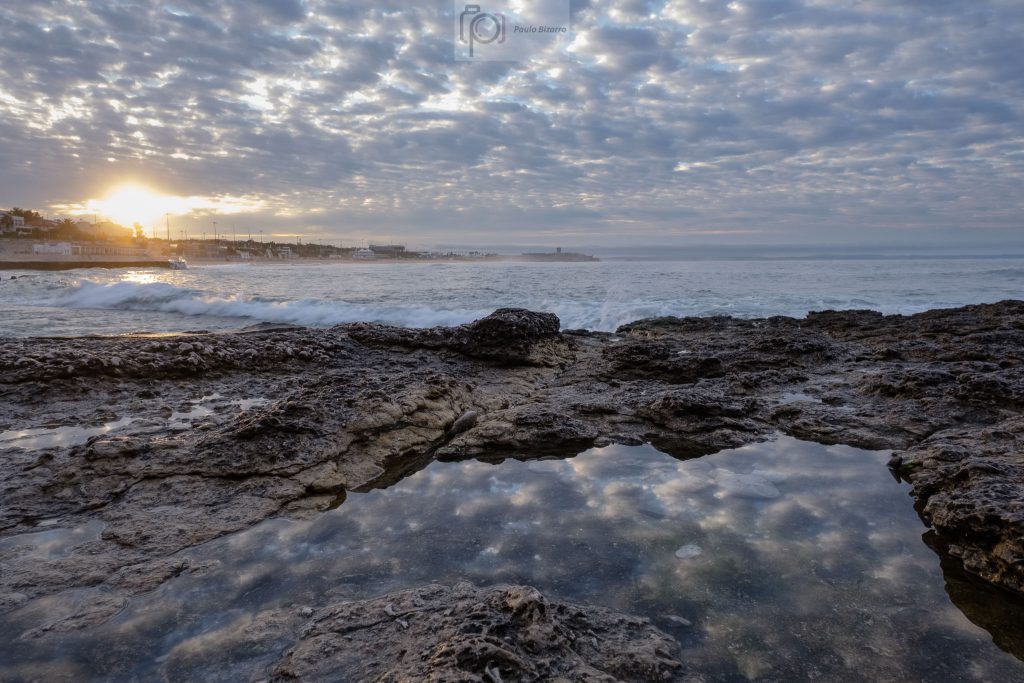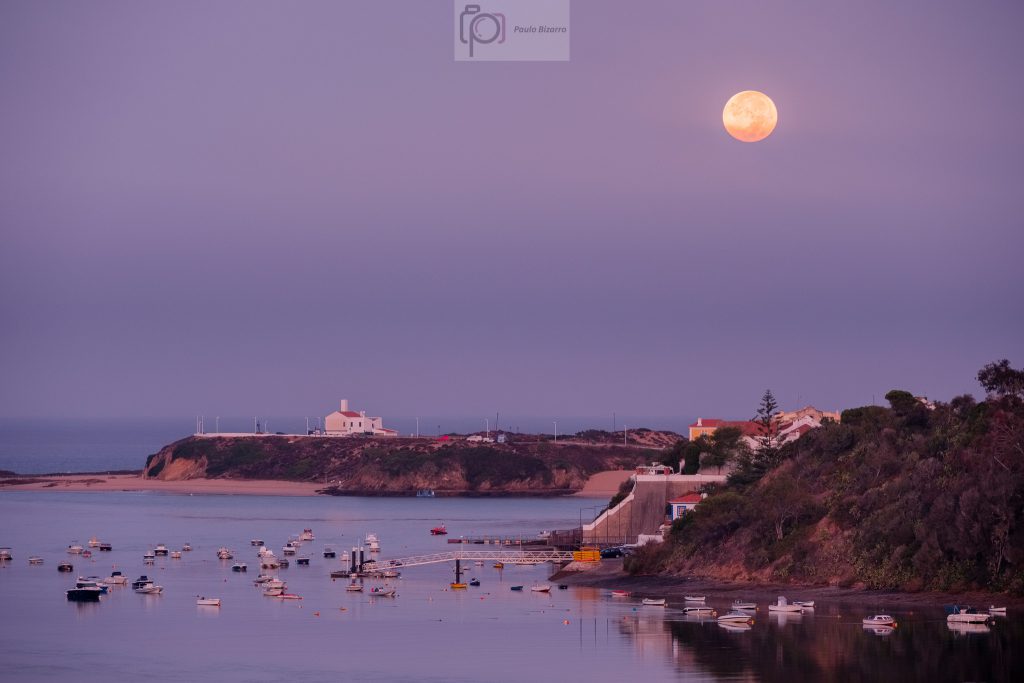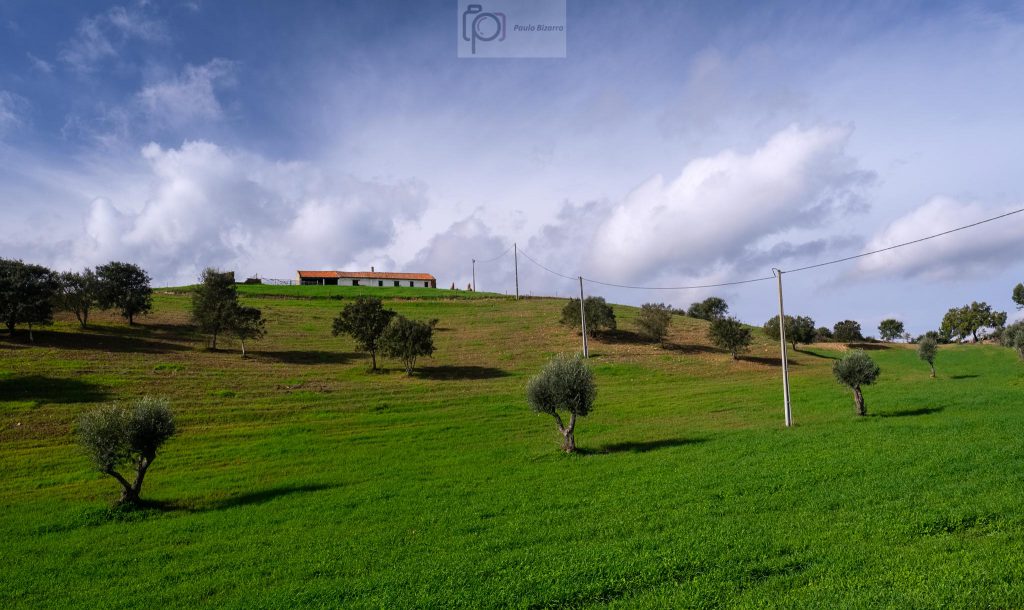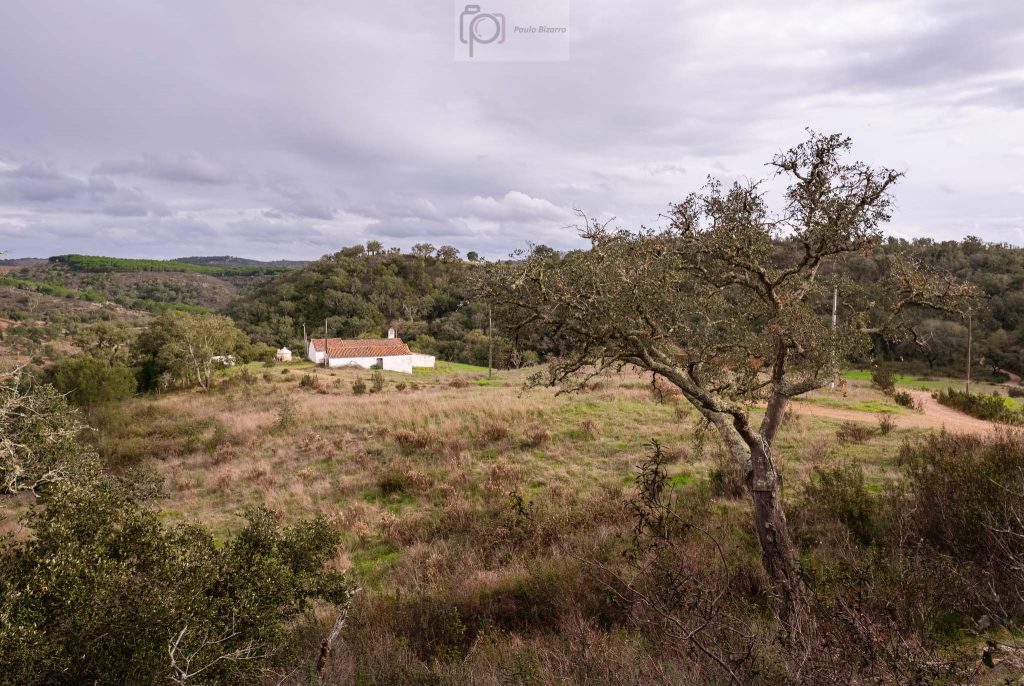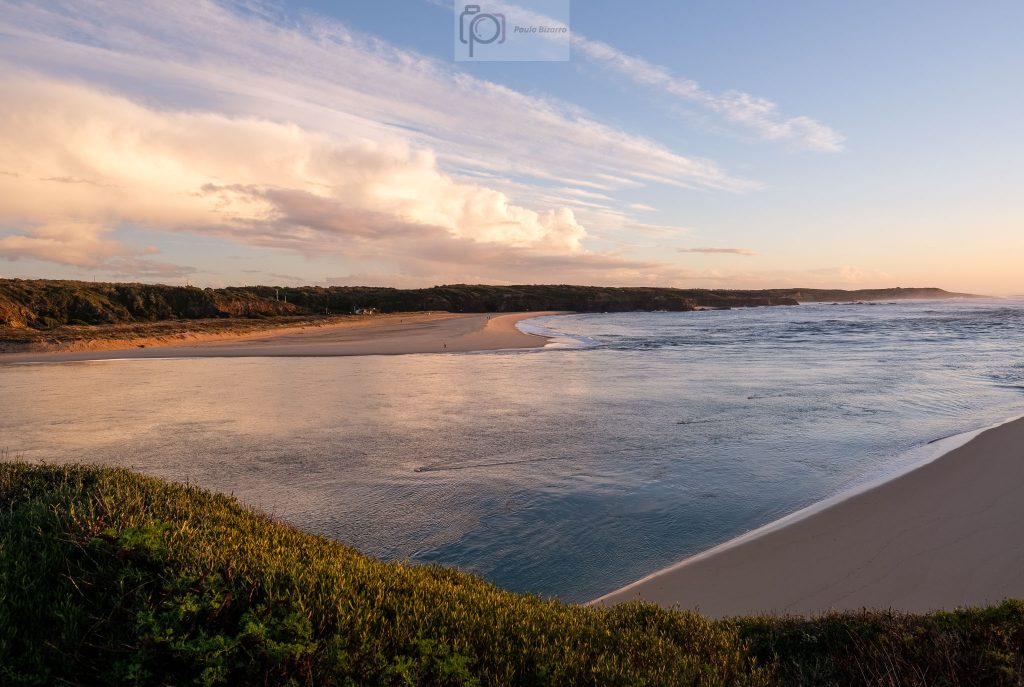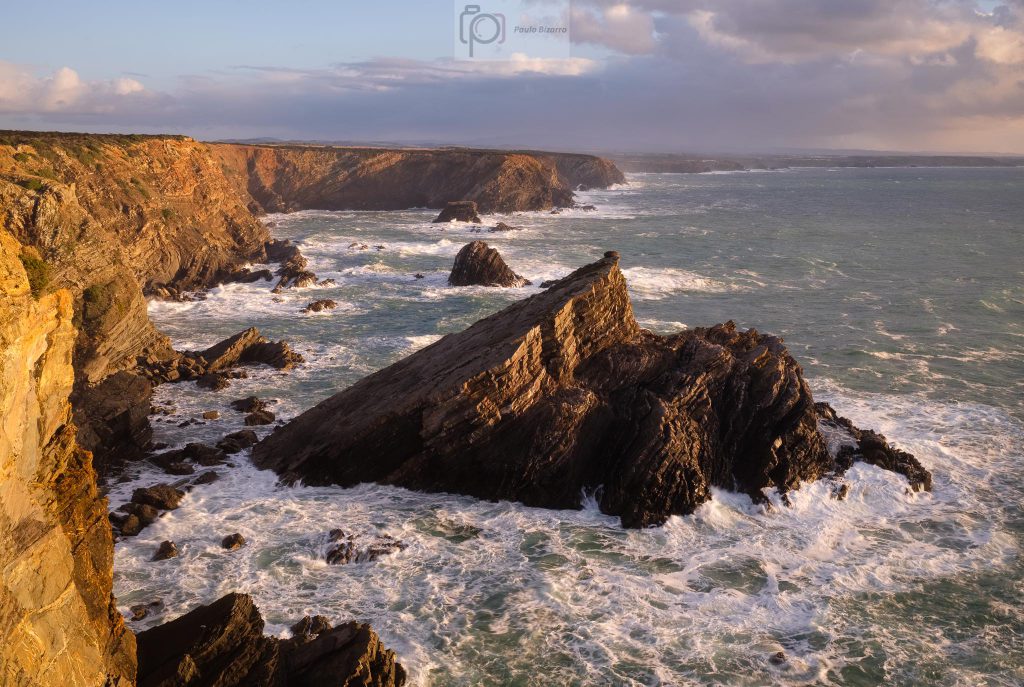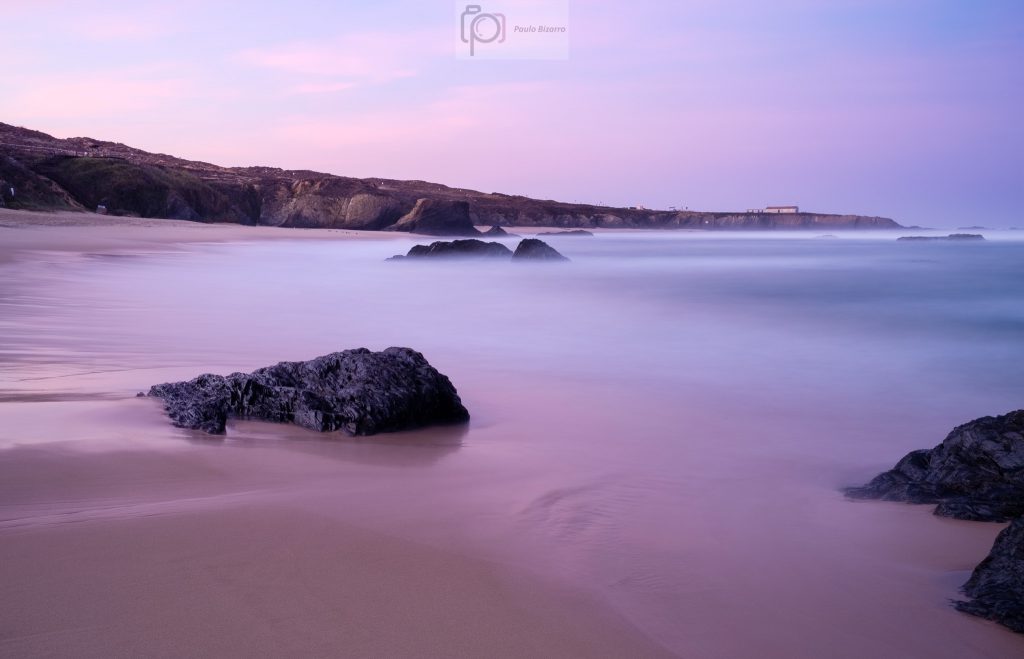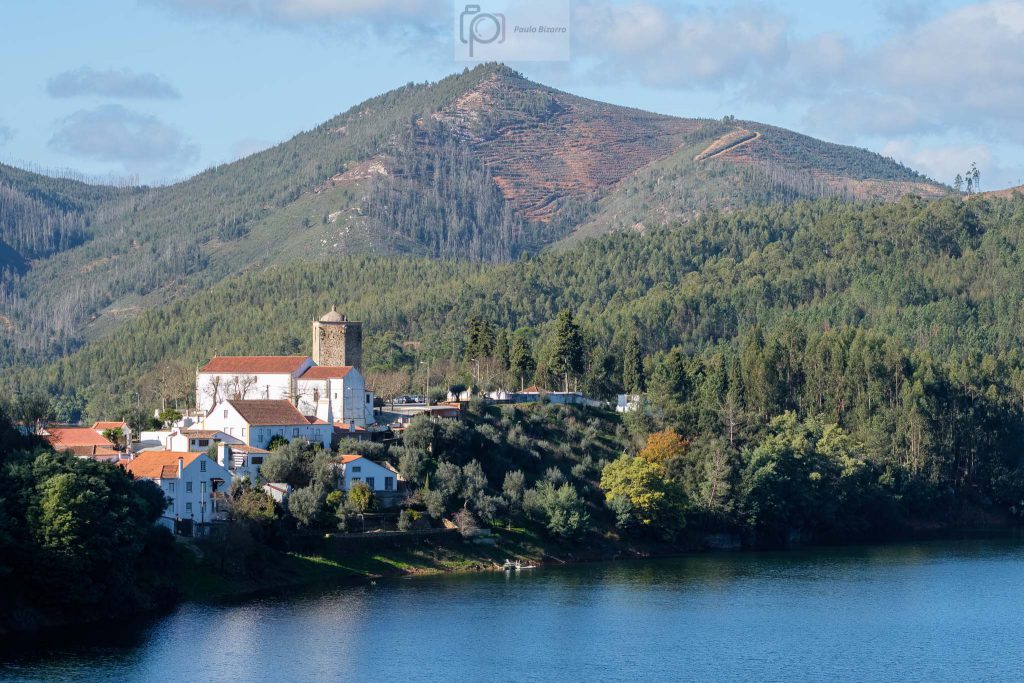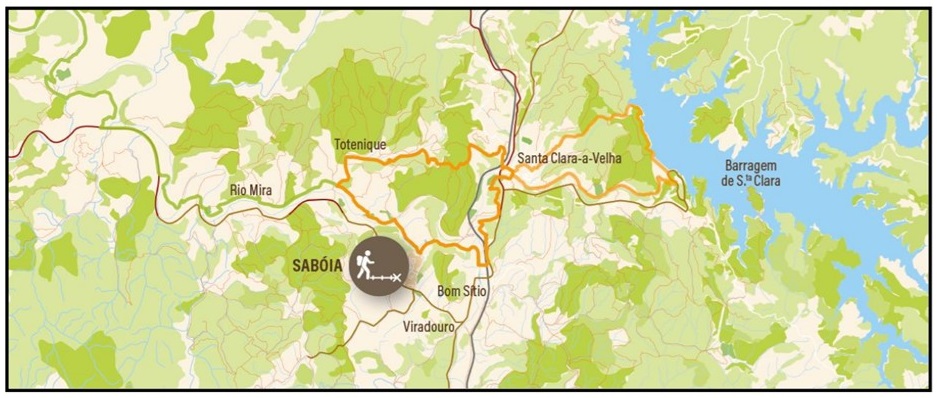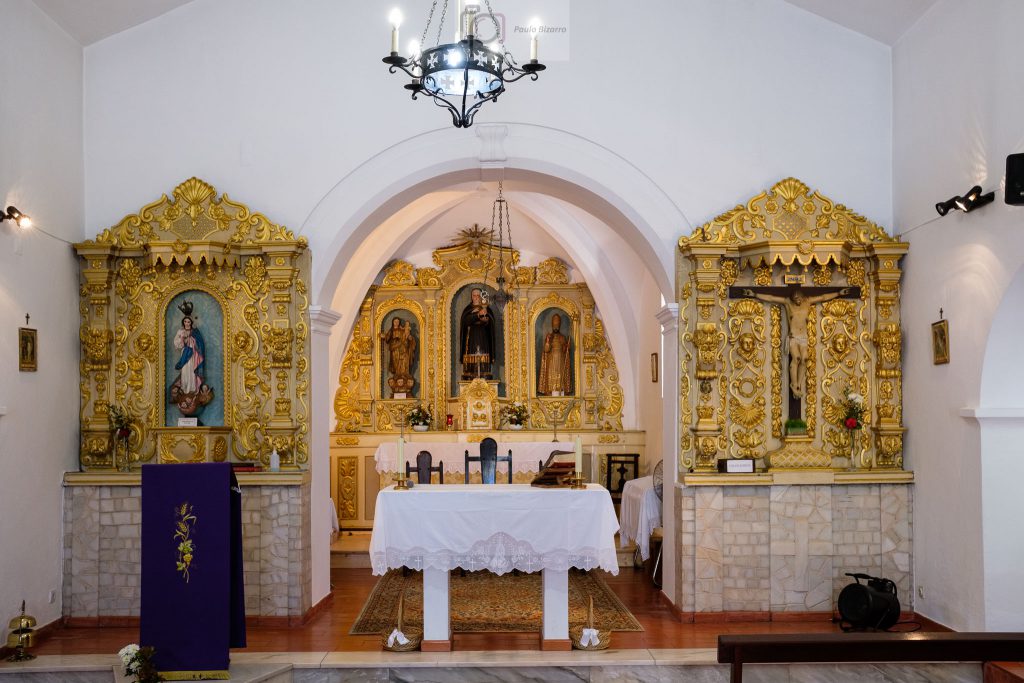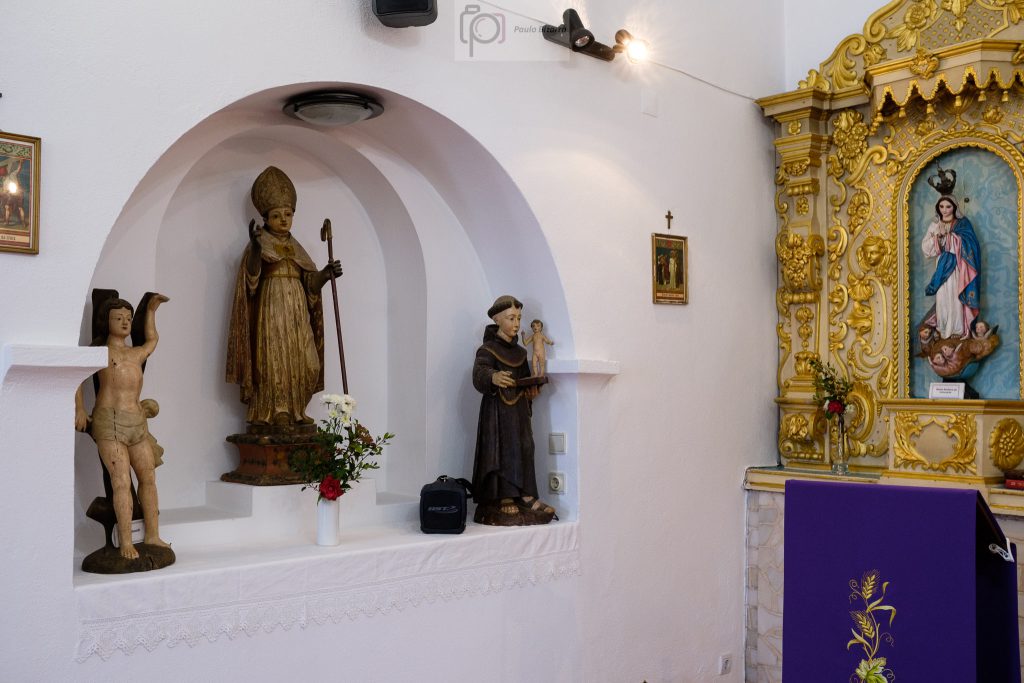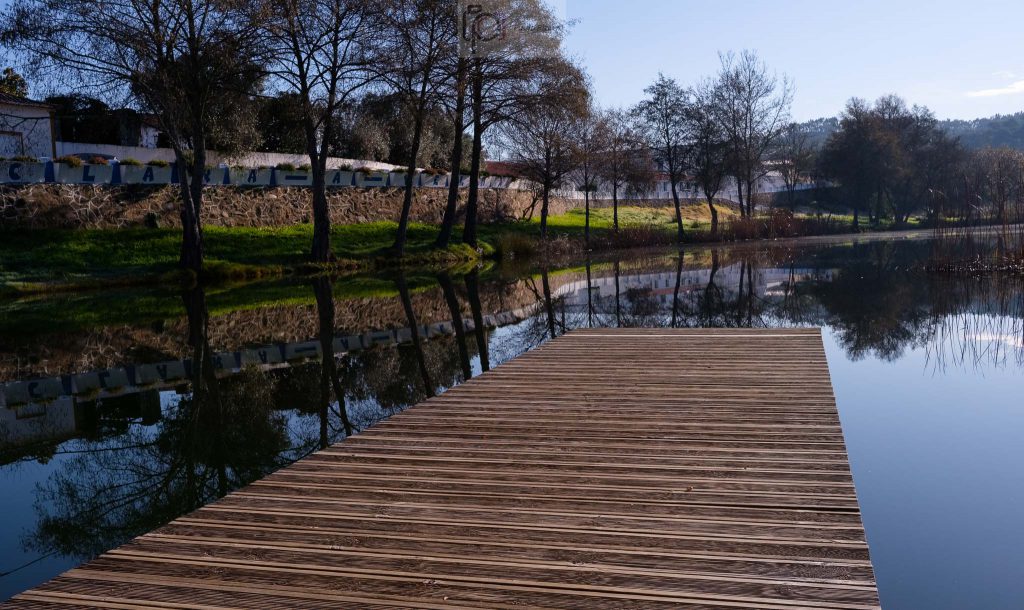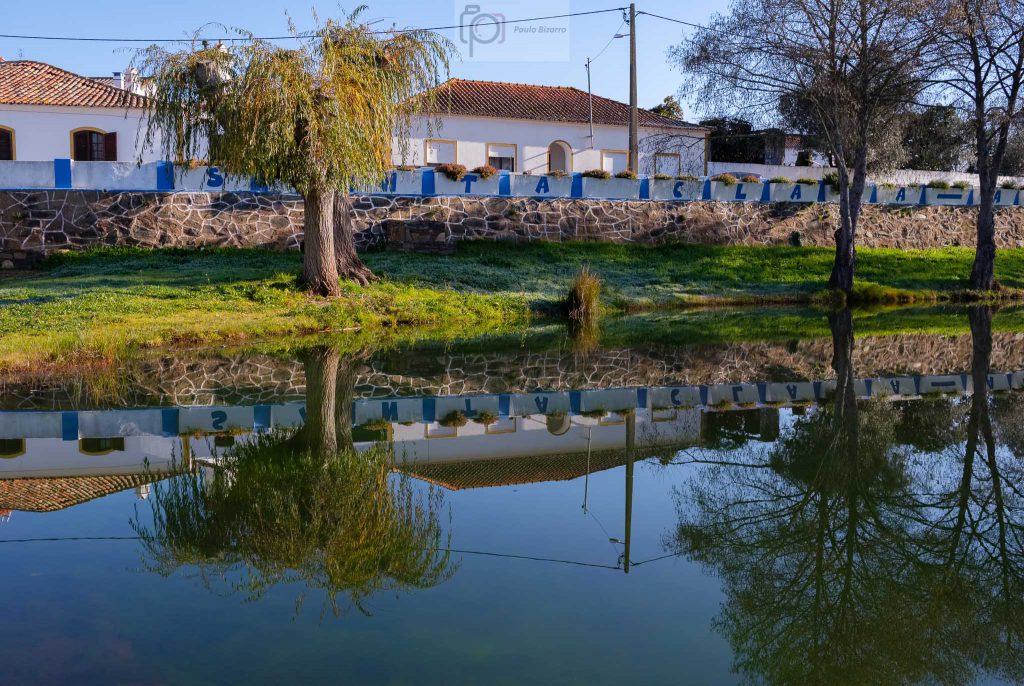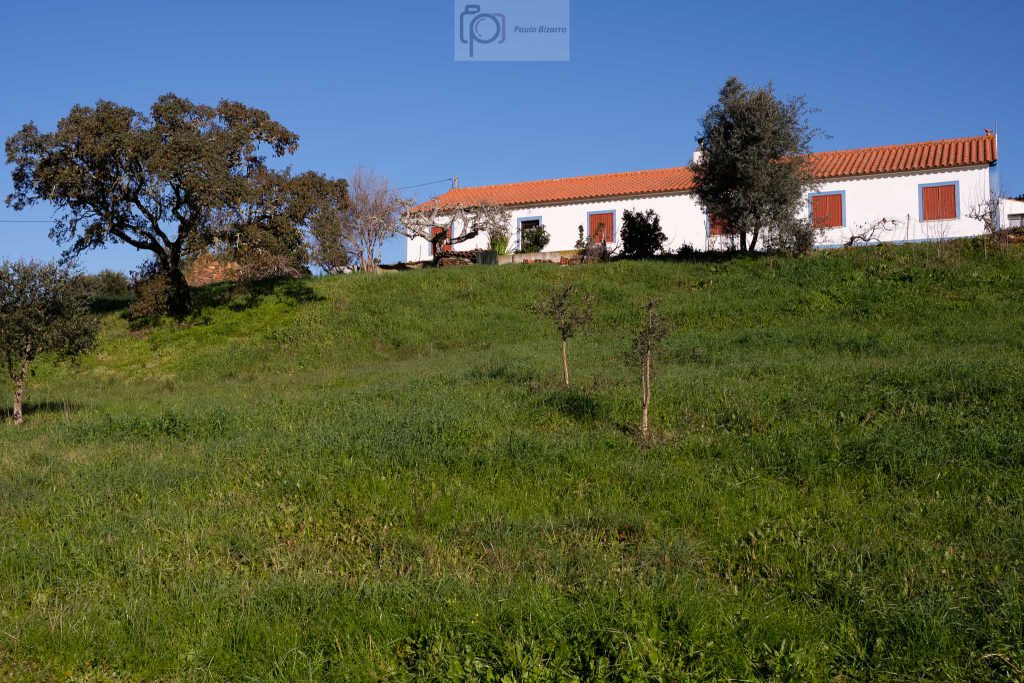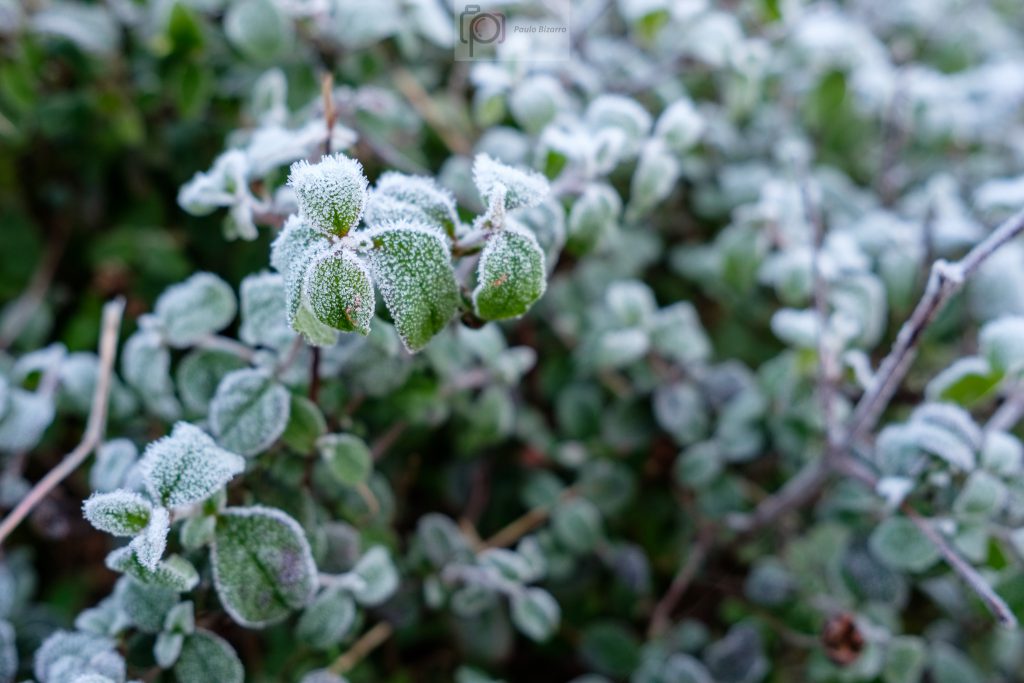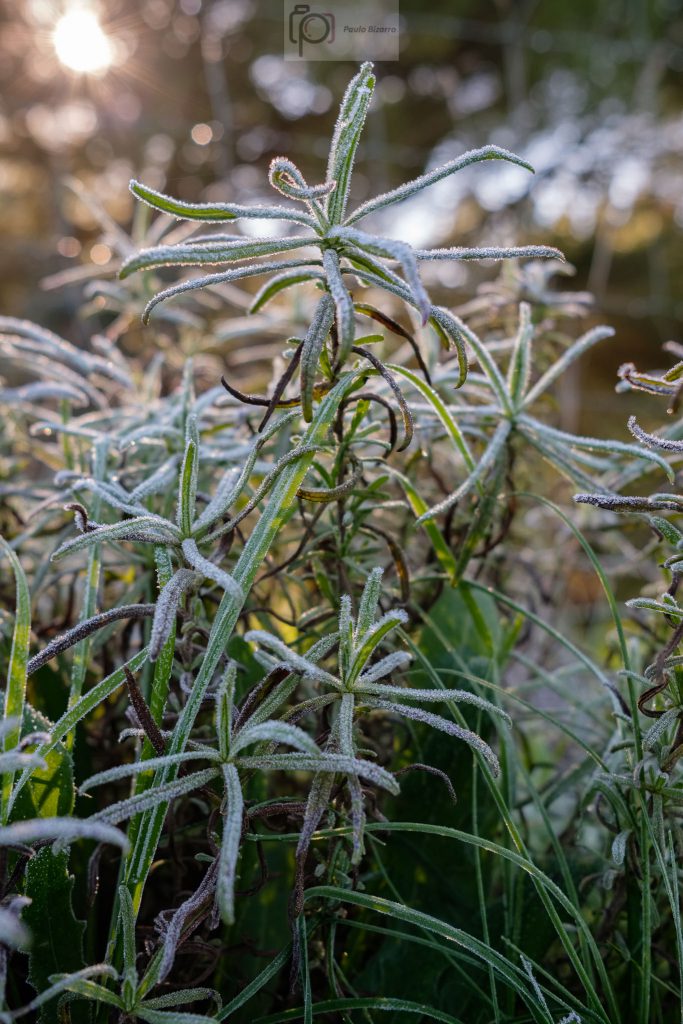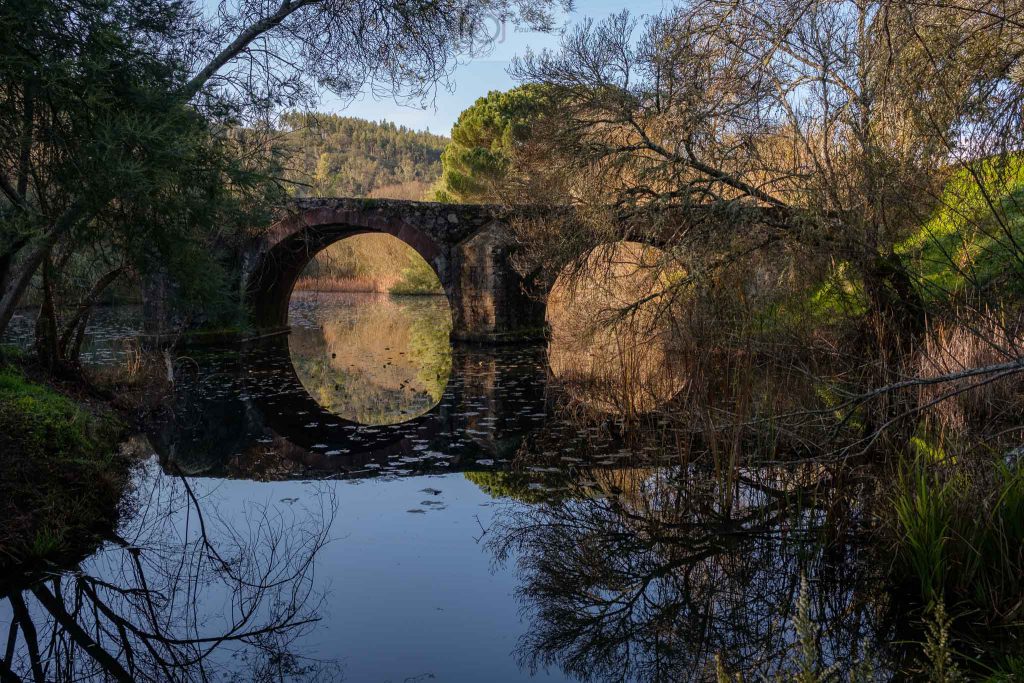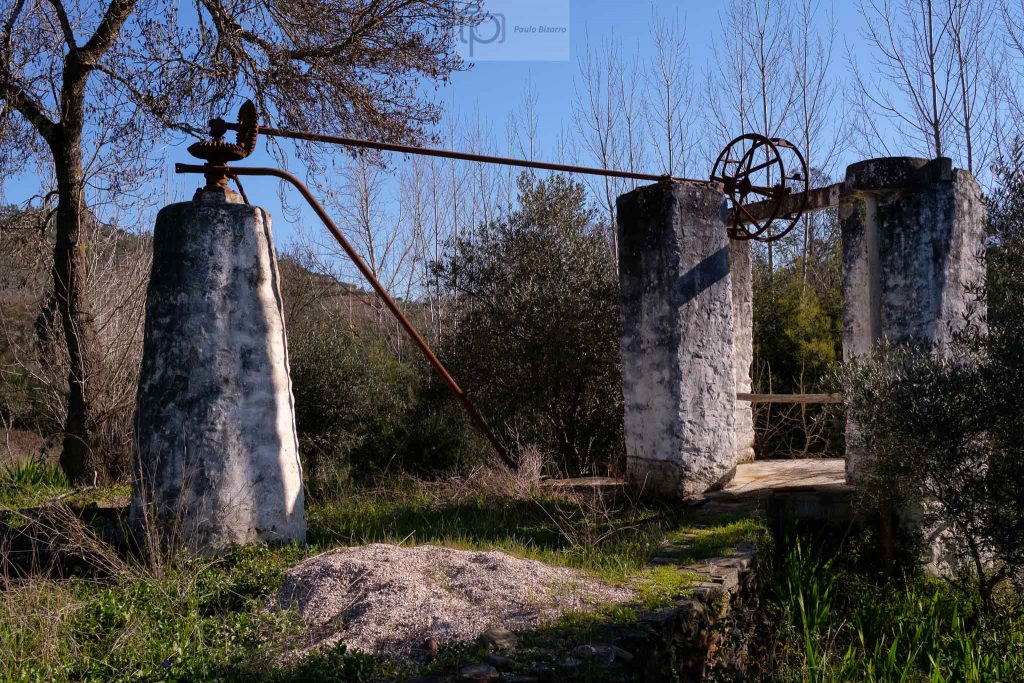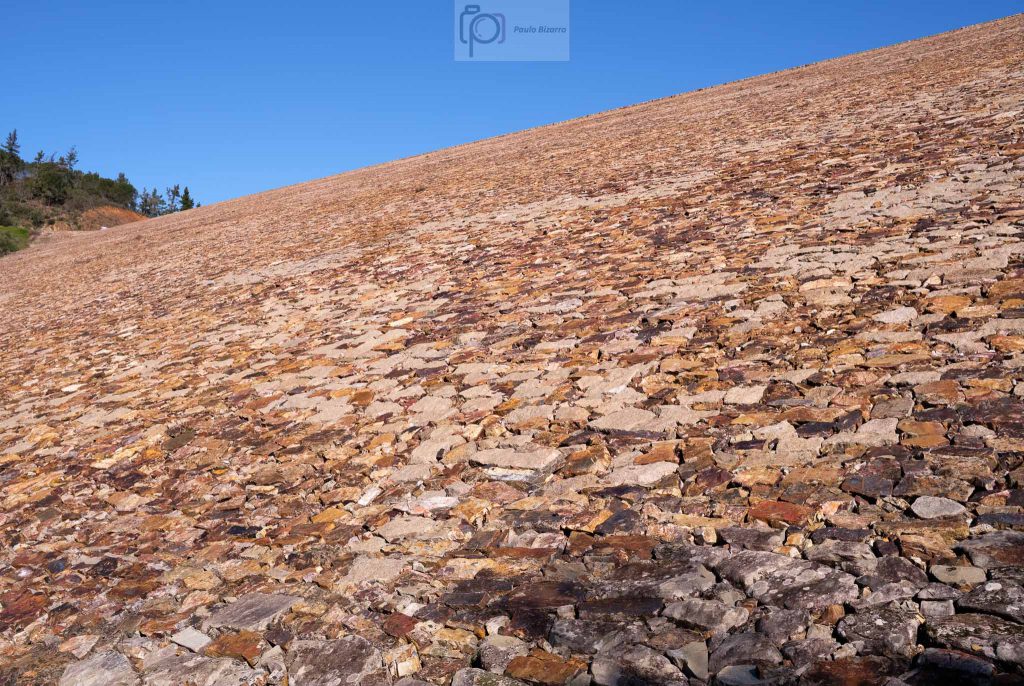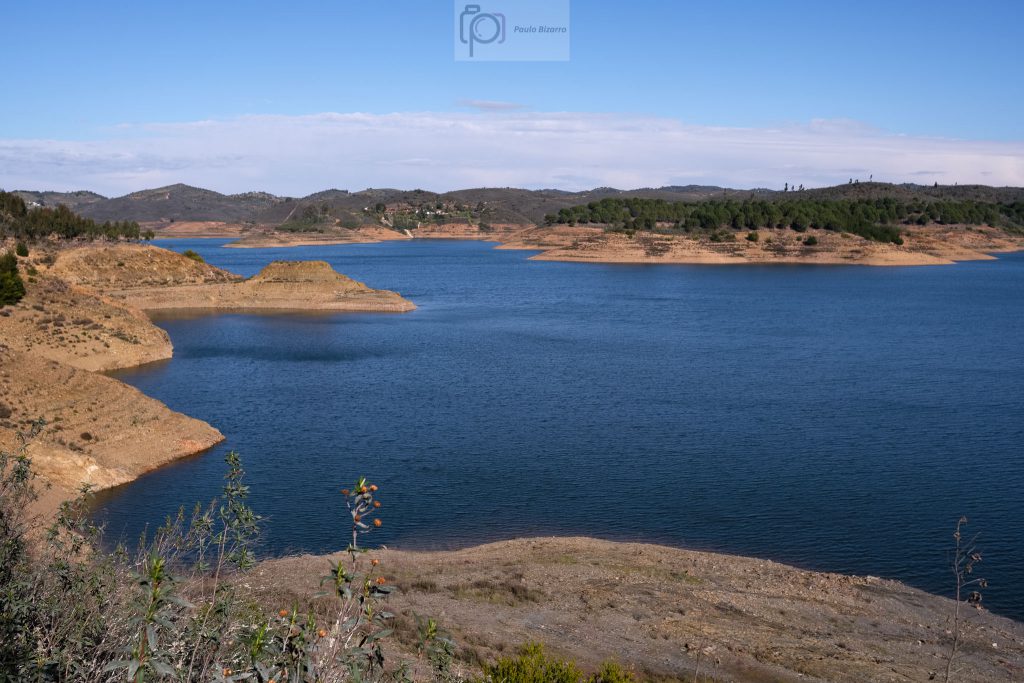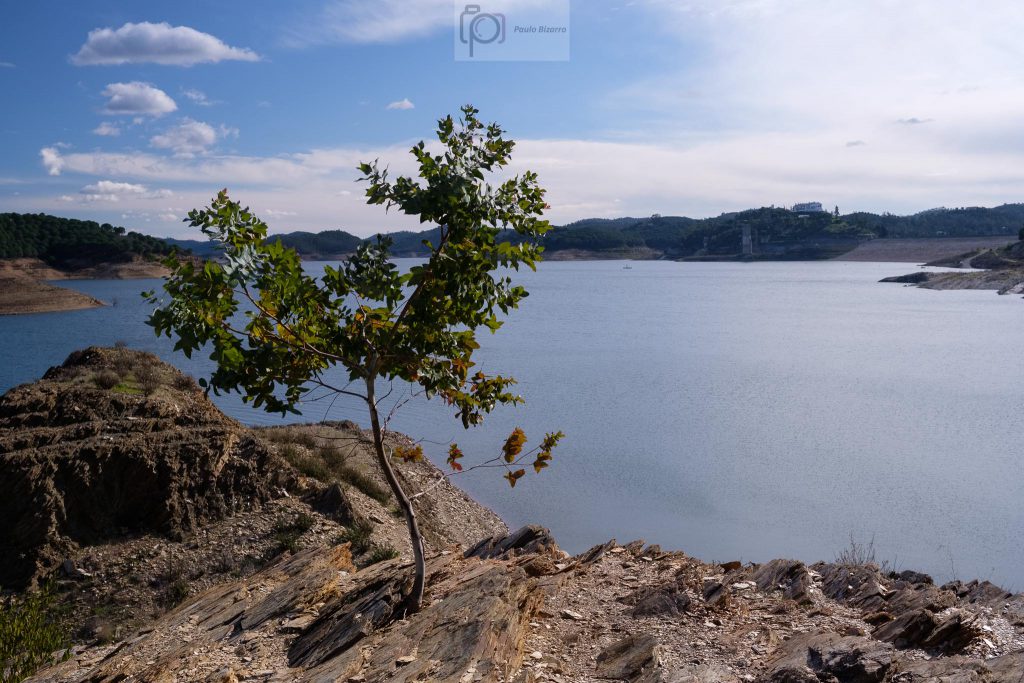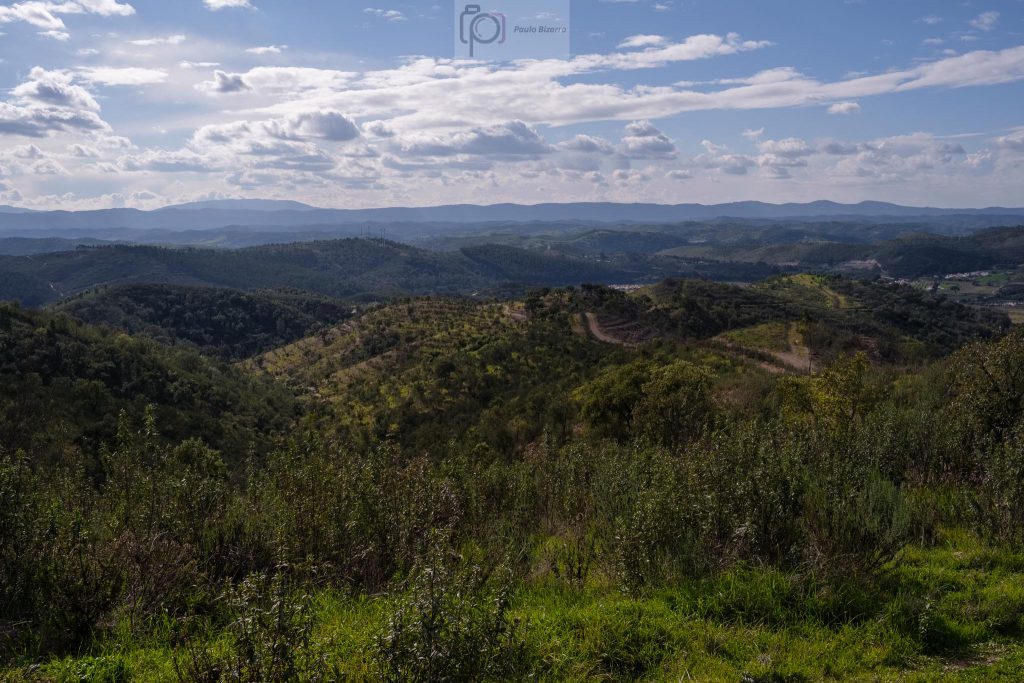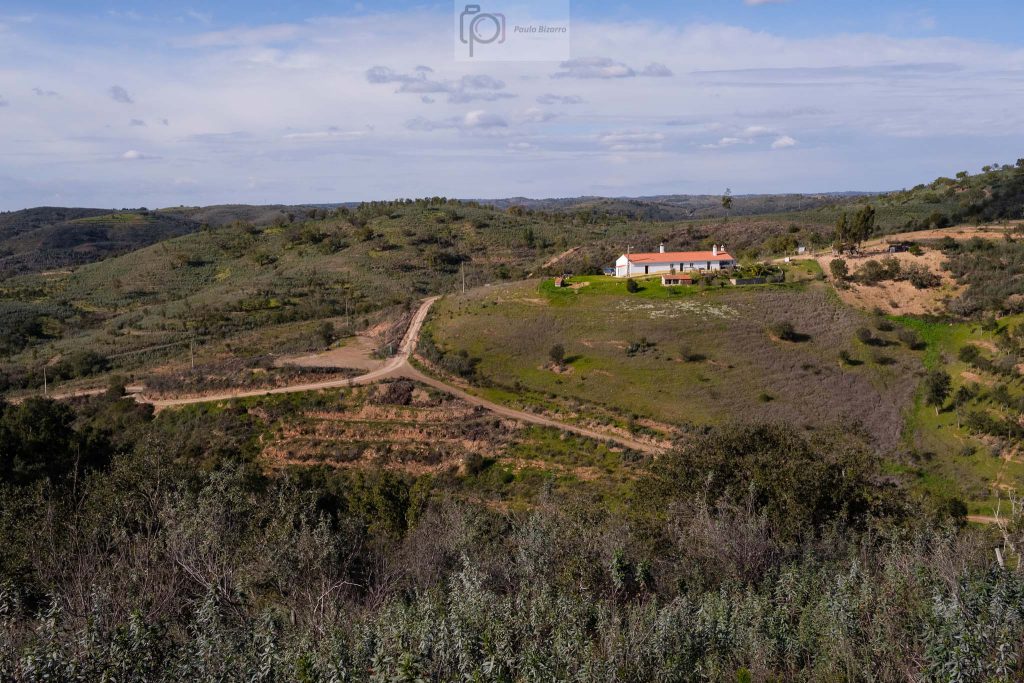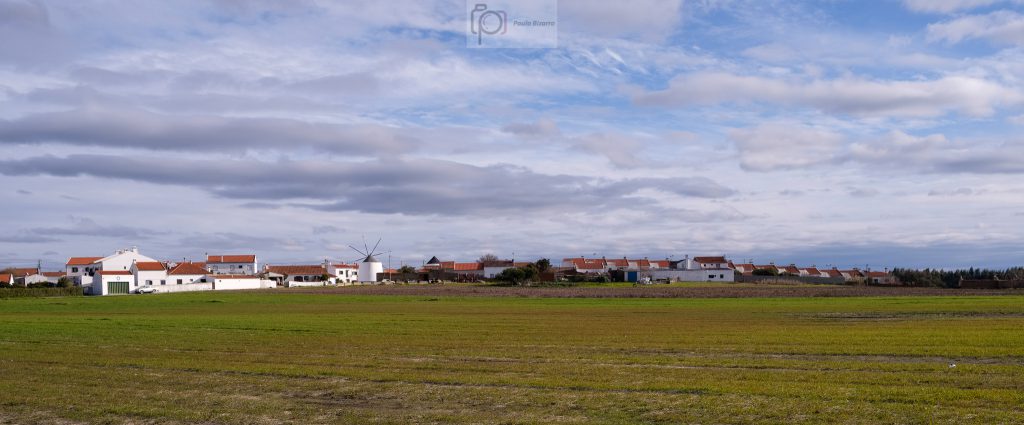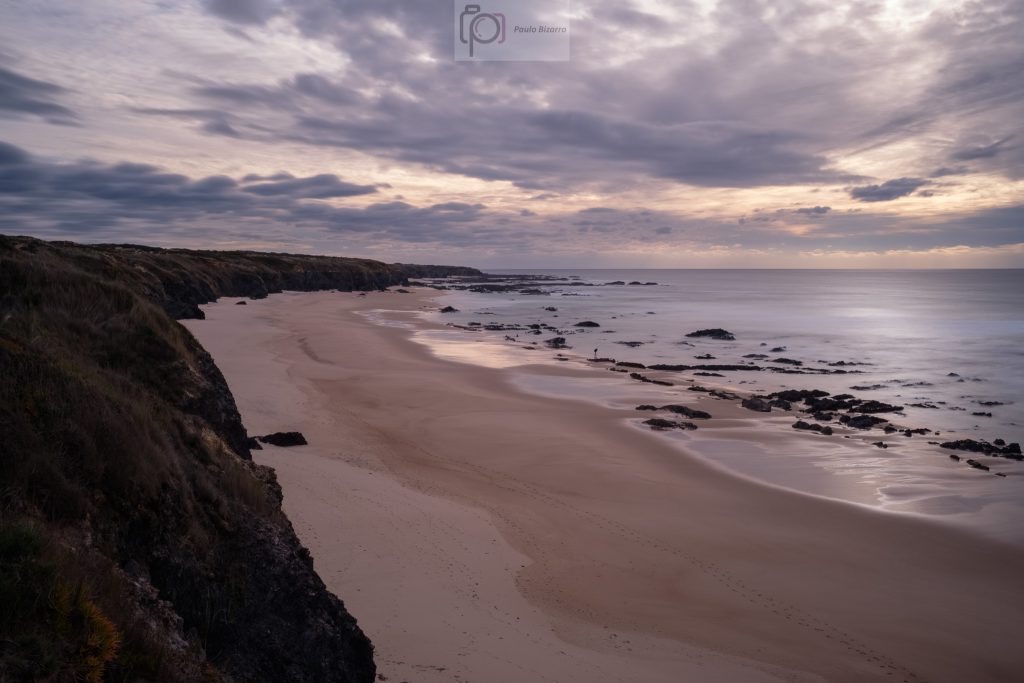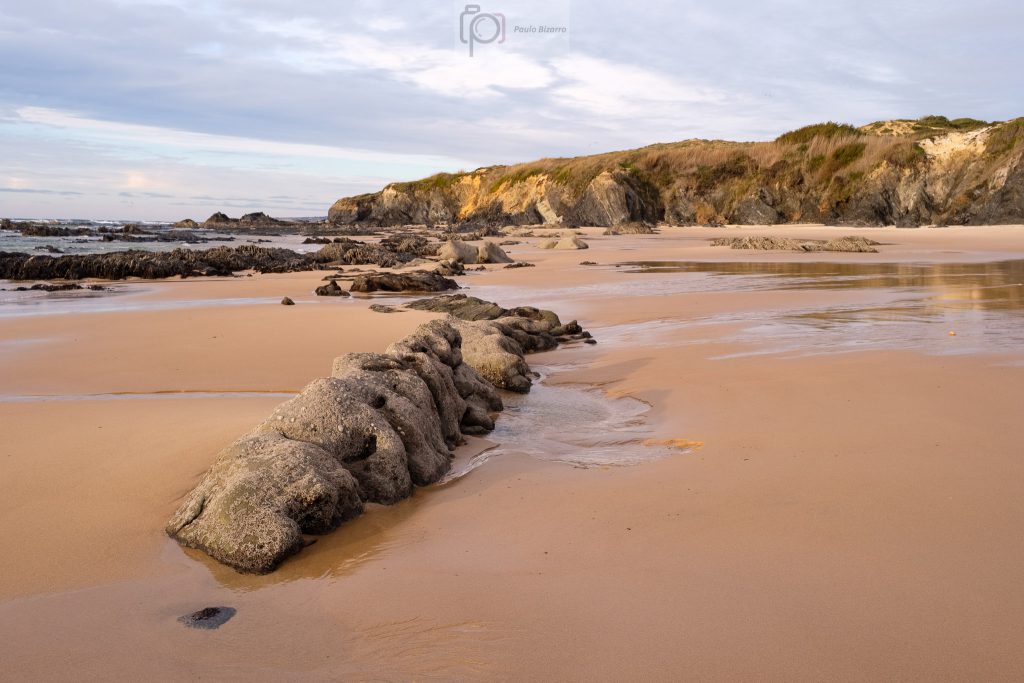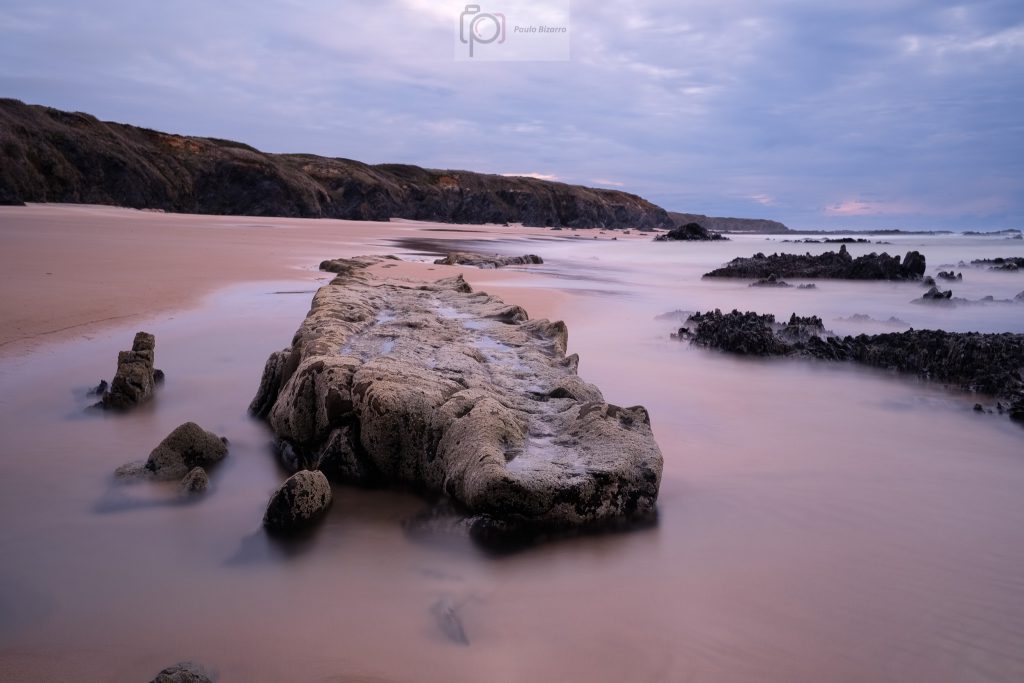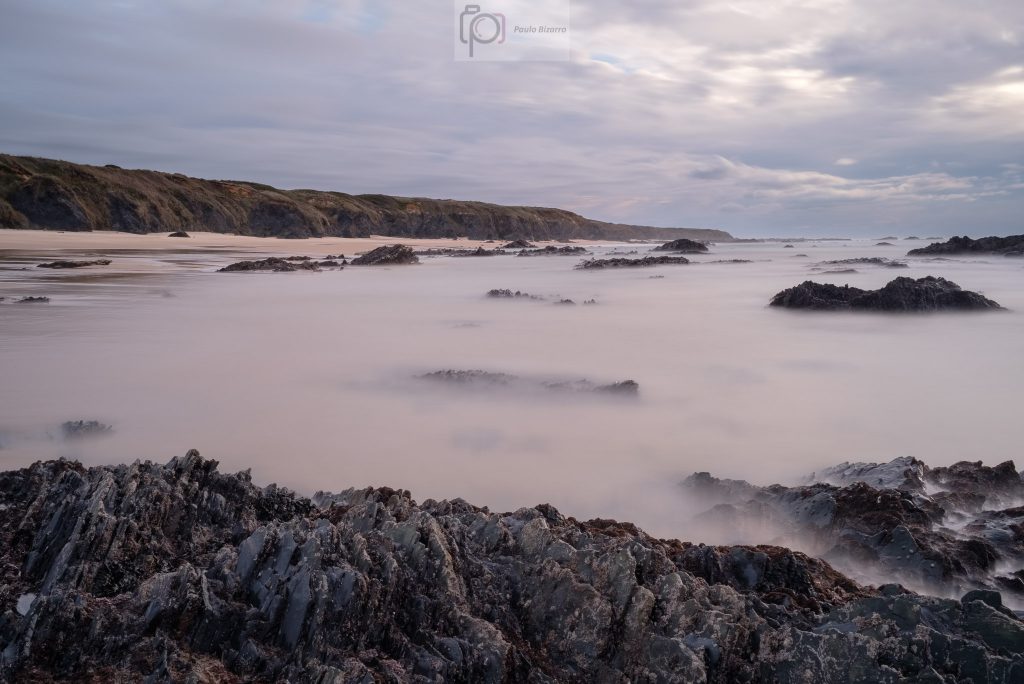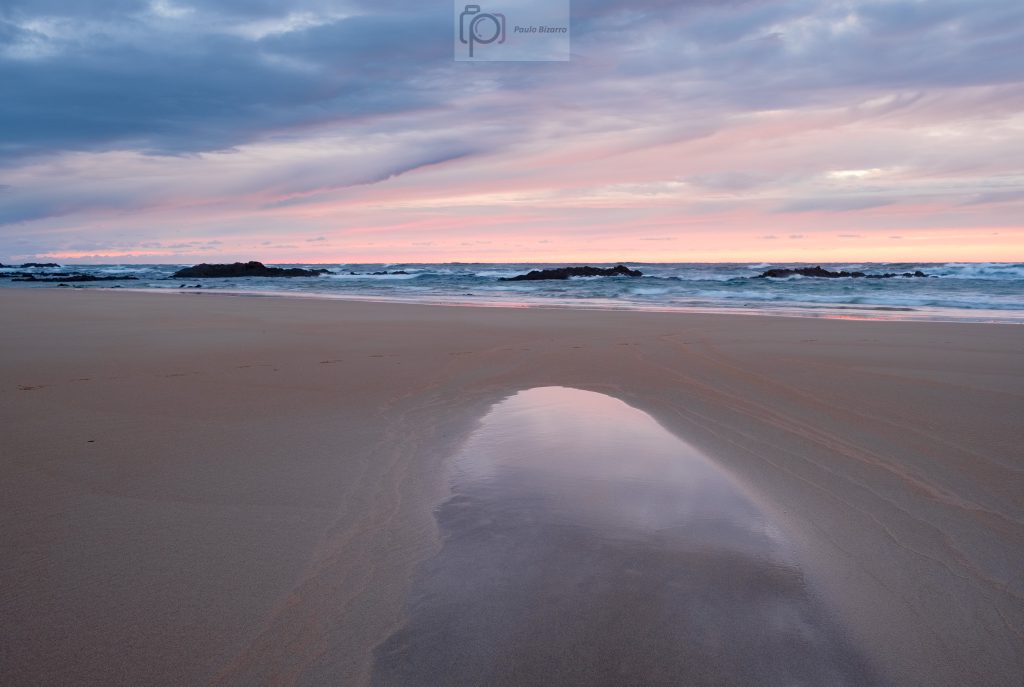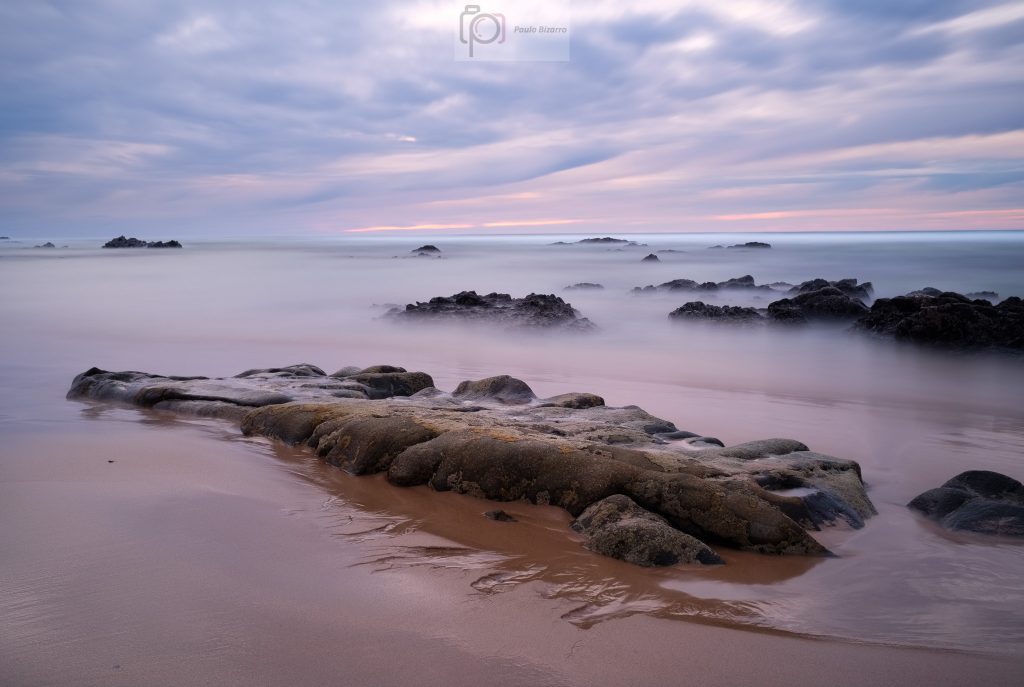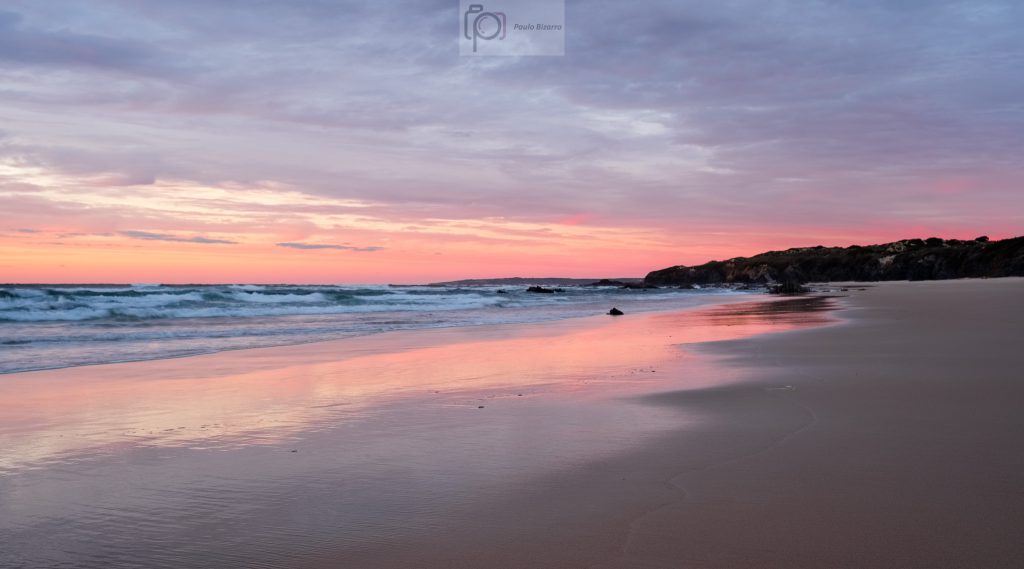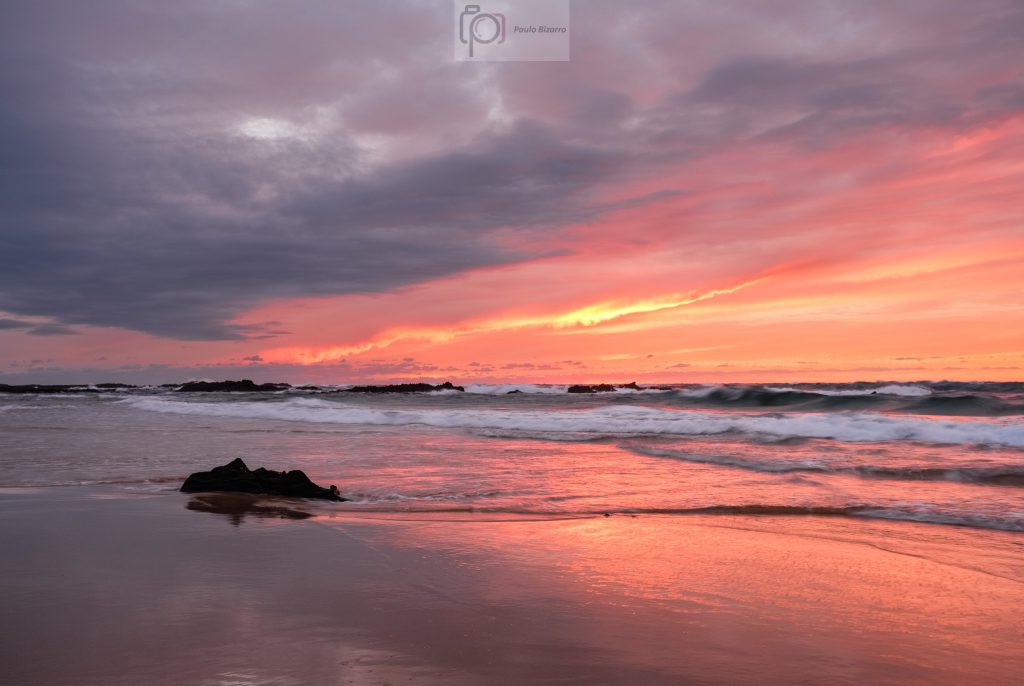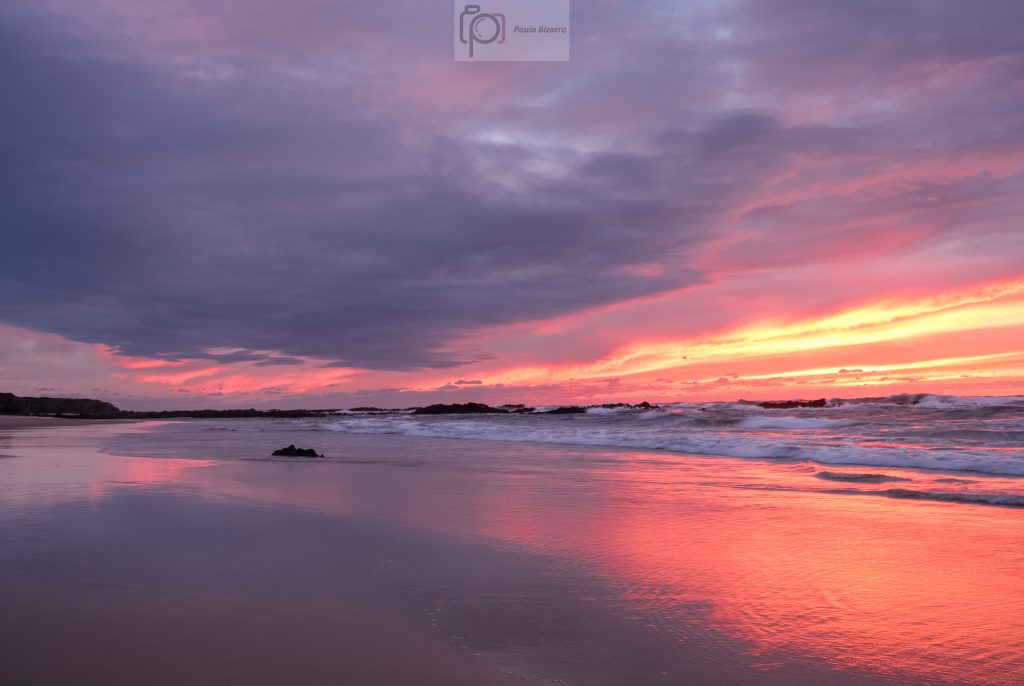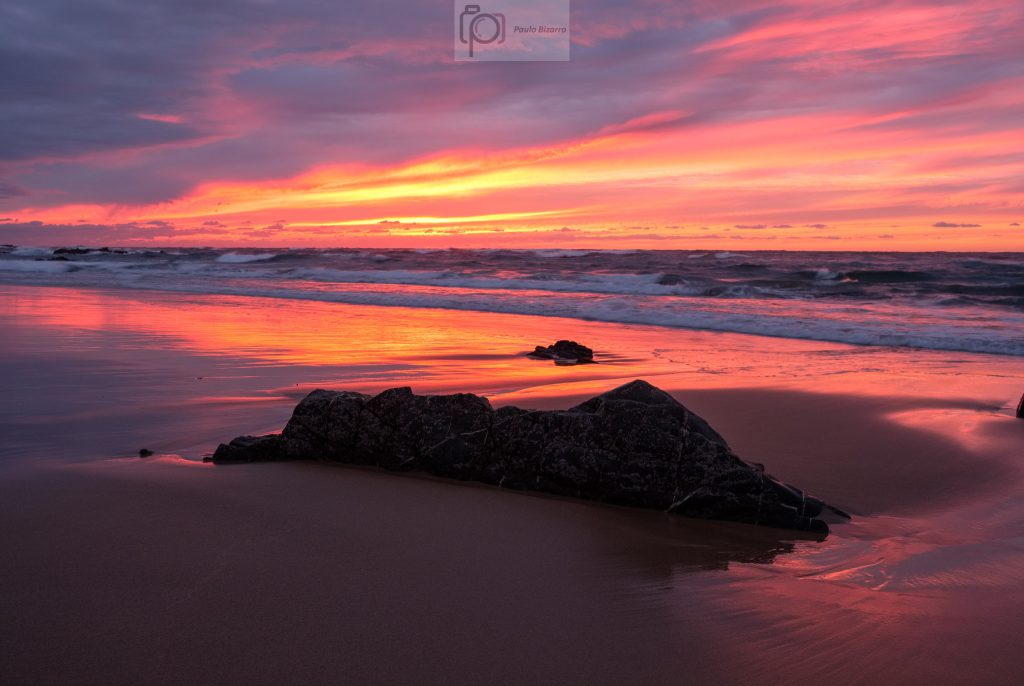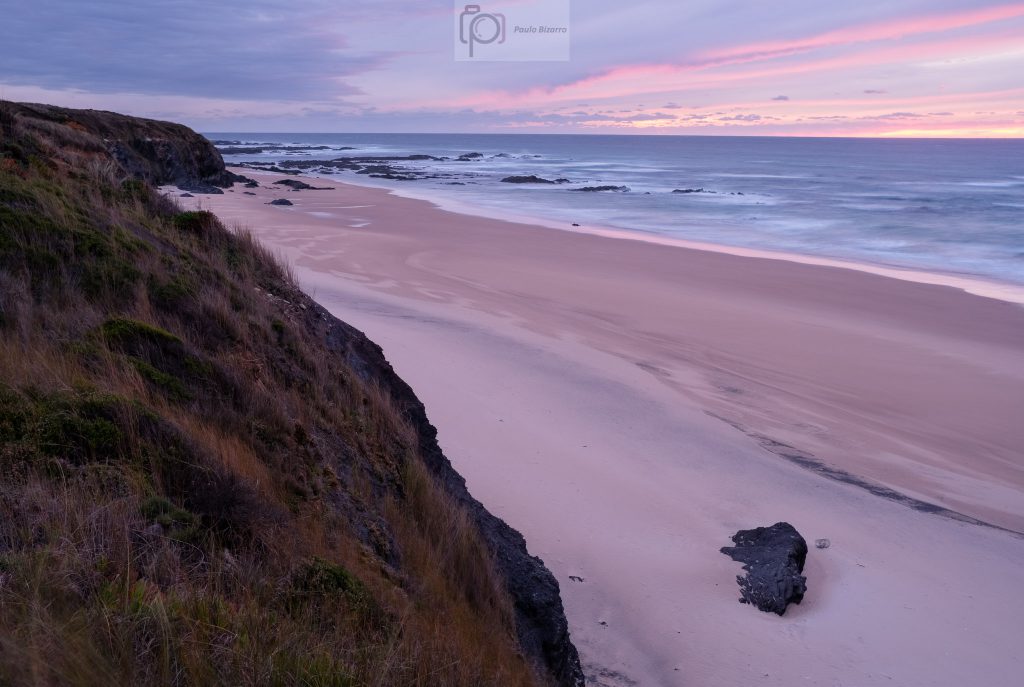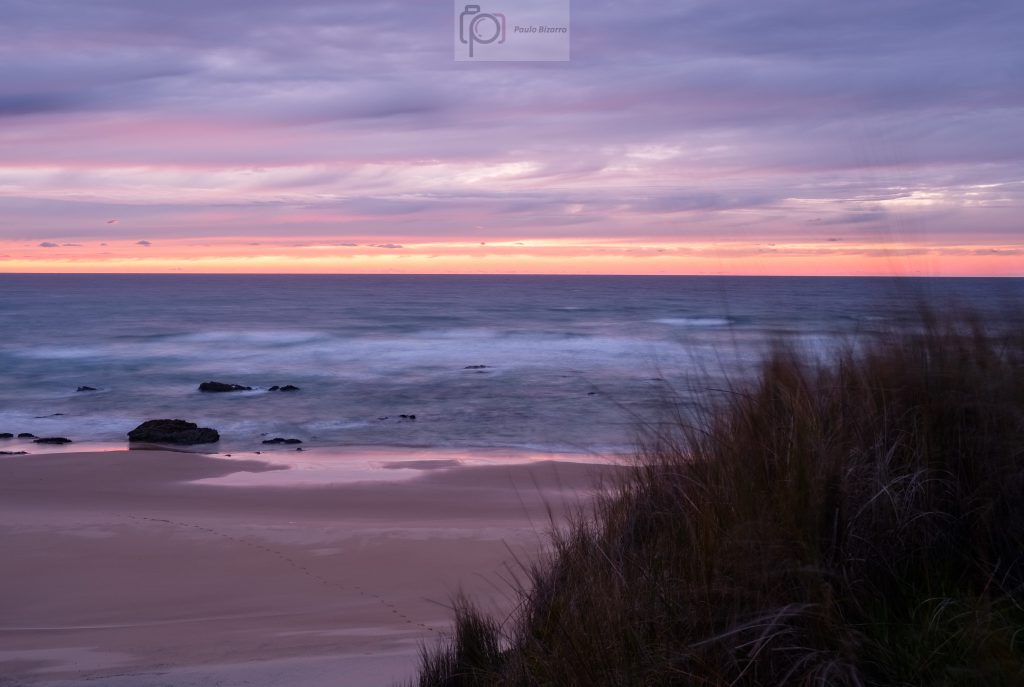The Santa Clara-a-Velha dam, in the municipality of Odemira, is one of my favorite places to visit in the region. In fact, between 2019 and 2021 I have already written 4 essays about it. But I never tire of going back during different times of the year, as every season imparts its own particular character. Thus, just a few days ago I had the chance to spend a weekend in Longueira, and I planned a late evening visit to Santa Clara. The weather was wonderful, and the air was filled with Spring; the fields were turning from green to golden, and here and there covered with flowers.
During my last visit to the dam, last January, I had noticed a few tree trunks coming out of the water near the northern part. The water level has been lower than usual, revealing several submerged trees. In that occasion I was walking one of the local trails, and when I passed through this location I had no time to walk down to the water. So I made a mental note to come back; unfortunately, soon after Portugal entered into a rigorous Covid – 19 lockdown period, and 3 months elapsed before I could go back.
I always enjoy the drive between Longueira and Santa Clara, as the road winds between the gentle rolling hills. I hardly pass by another car, and the surrounding quietness is complete. After arriving, I parked the car and walked along the trail to the northernmost part of the dam, where I had spotted the trees poking out of the water. The sky is a deep blue with wispy white clouds. After a couple of kilometres I need to leave the trail and descend the steep incline towards the water. The terrain is covered with thick shrubs, so I have to struggle to make my way. I make some photos of the many wild flowers.
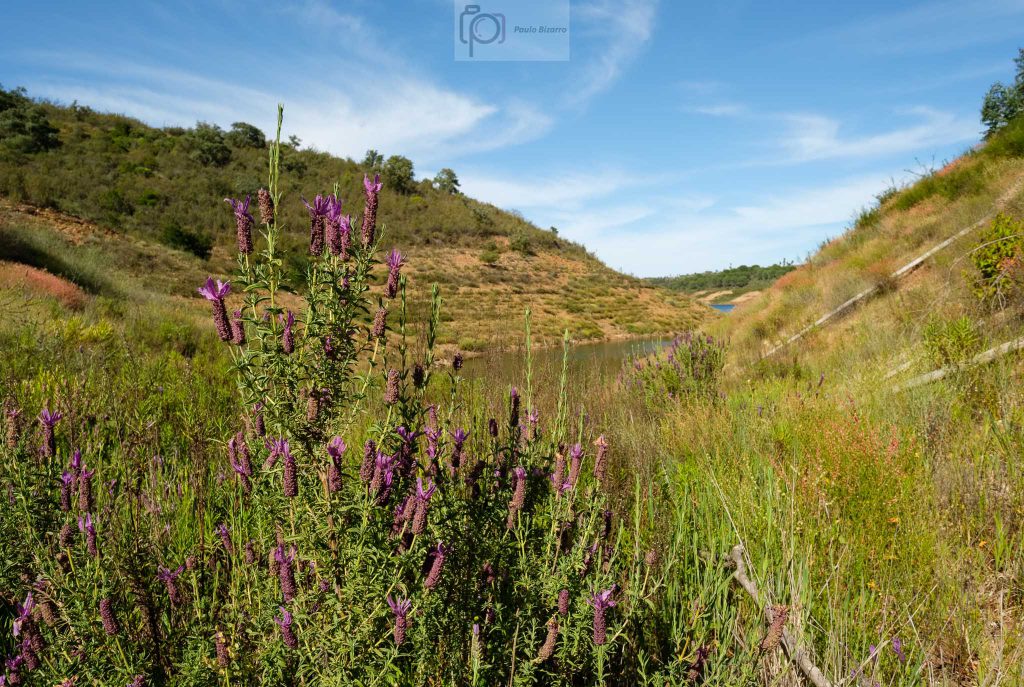
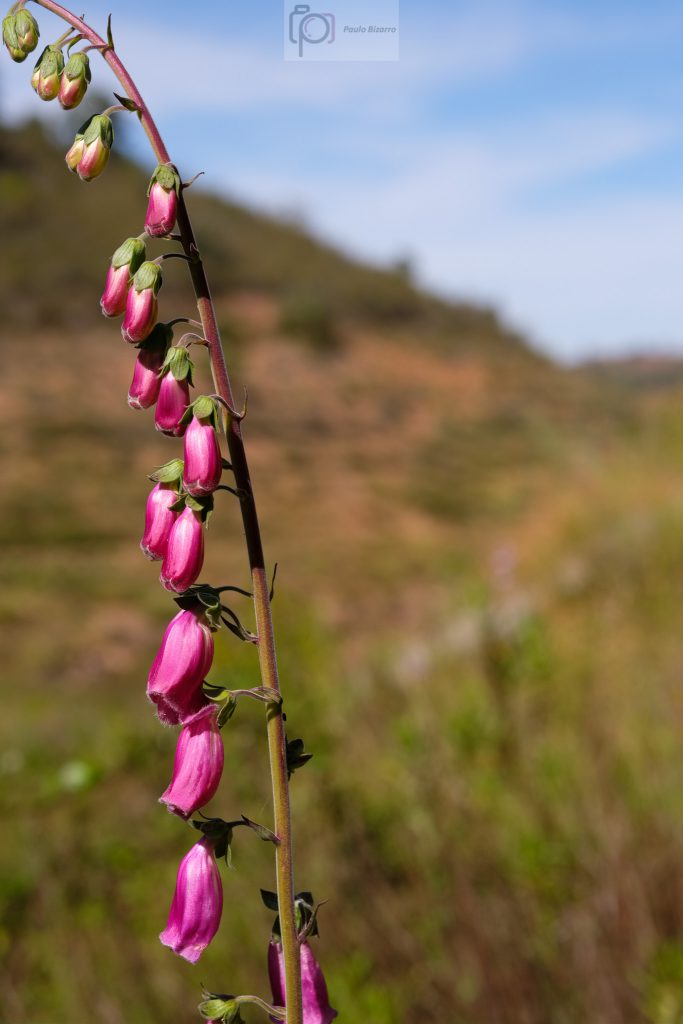

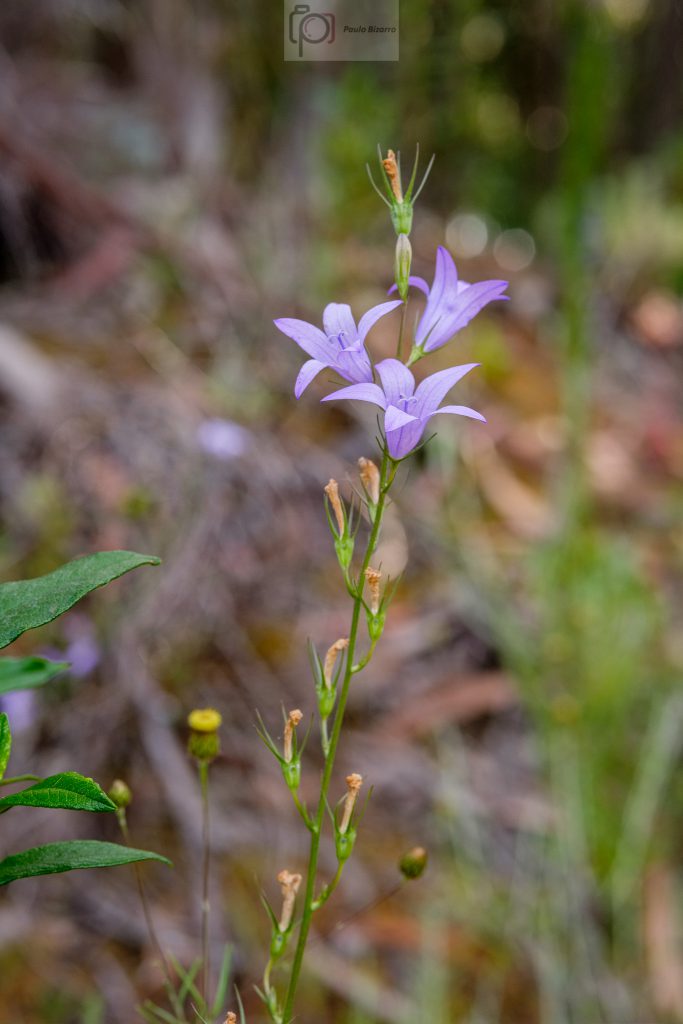
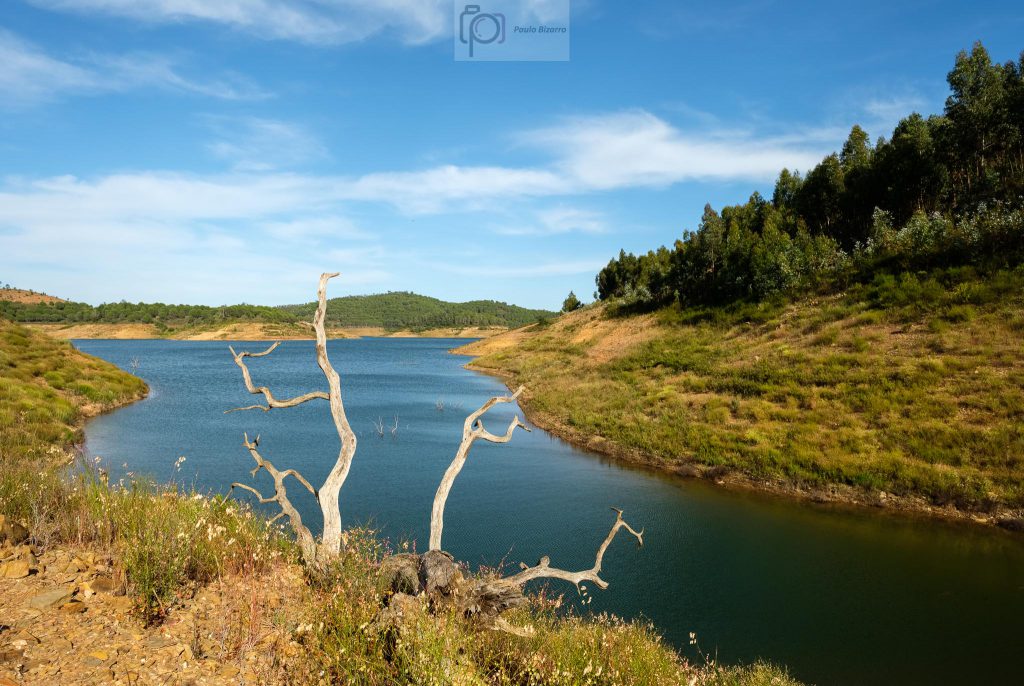
I walk along the margin for a while to reach the area where the trees are. After scouting the place, I start to make some photos, checking for interesting compositions. Near one of the trees, a boat lies under water.
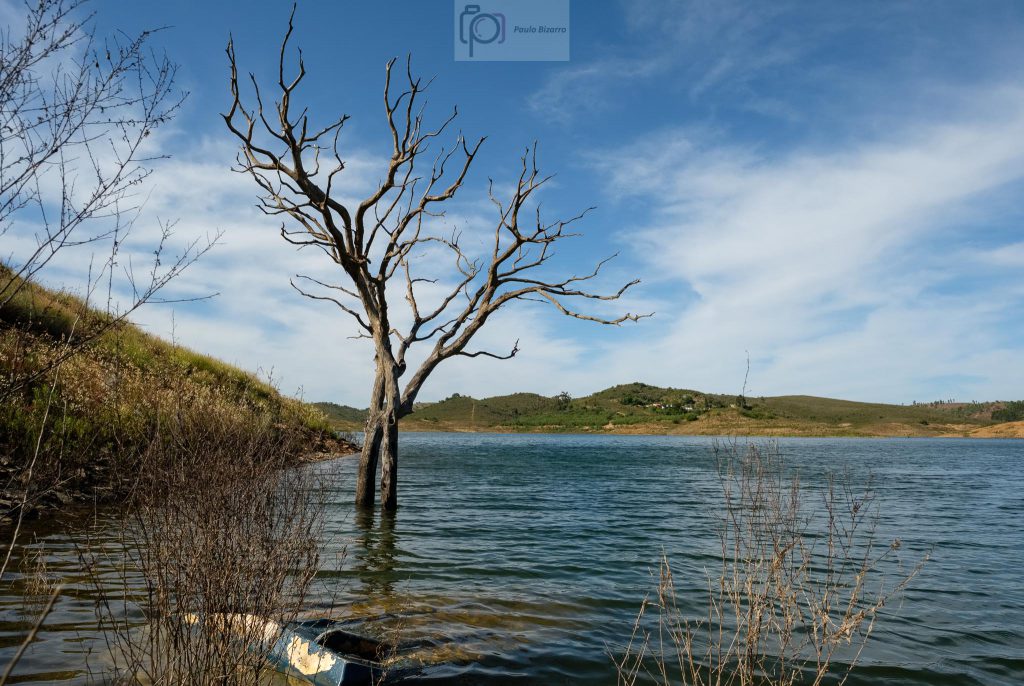
The silence is only interrupted by the wind, bird song, and bees buzzing around. For this outing I had with me my two Fujifilm cameras and two lenses, one wide (14mm) and one short telephoto (50mm). I continued to photograph, mostly using the wide angle lens; sometimes I used a neutral density filter to smooth out the water, enhancing the quietness of the place. I also ended up converting some photos to black and white, as a way to further convey the stark character of the landscape.
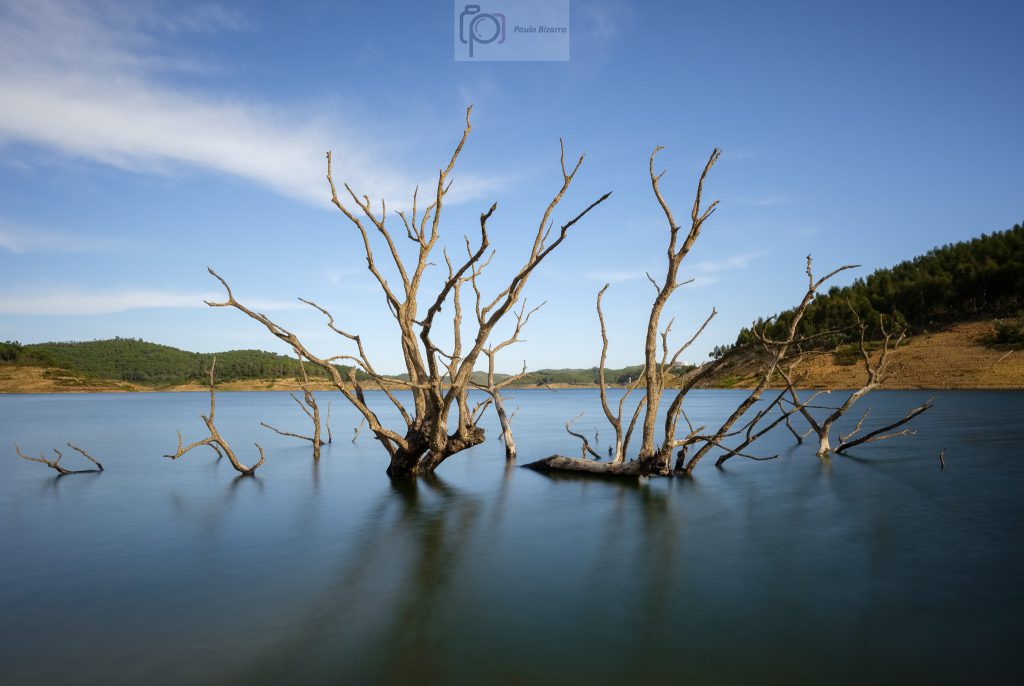
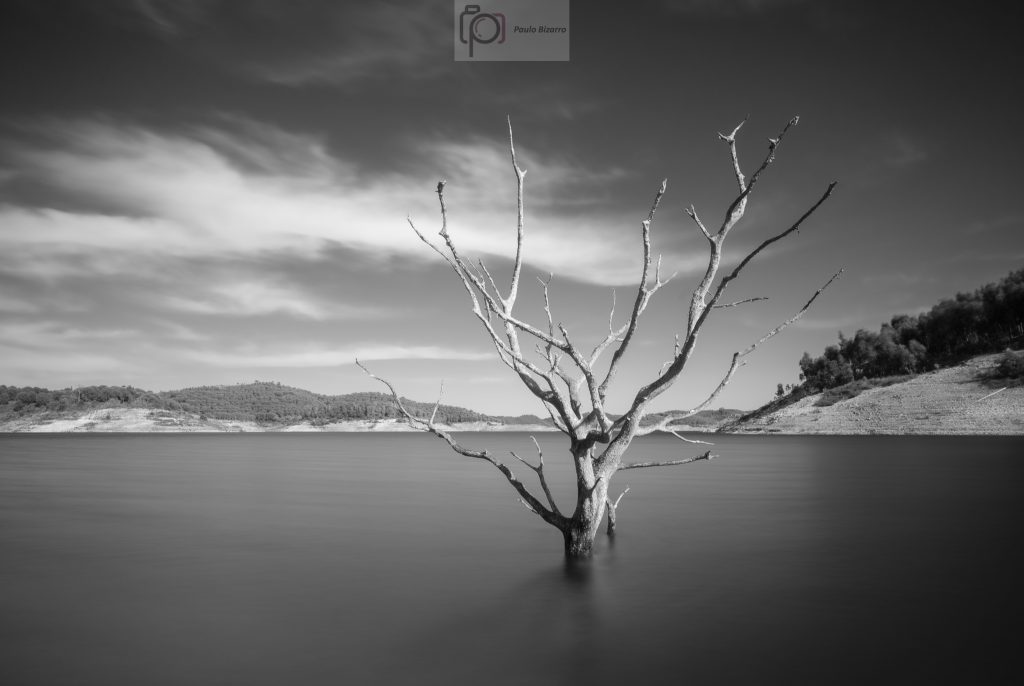
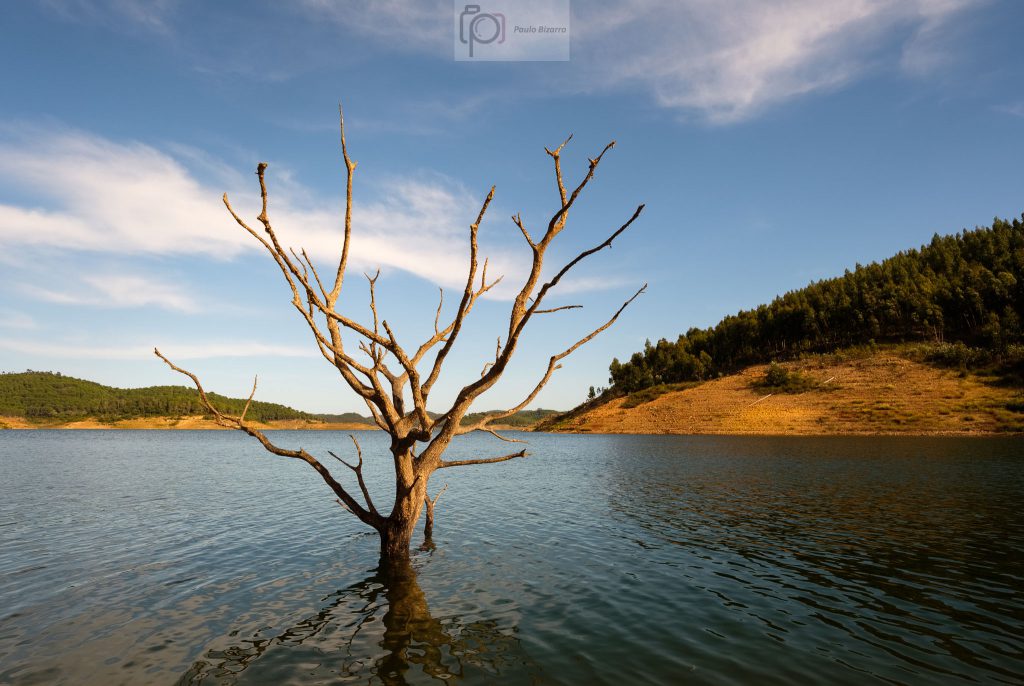
On my way back to the car I ended up stopping at the southern part of the lake to make a few more photos. The light was nice, with the sun starting to go down behind the western hills.
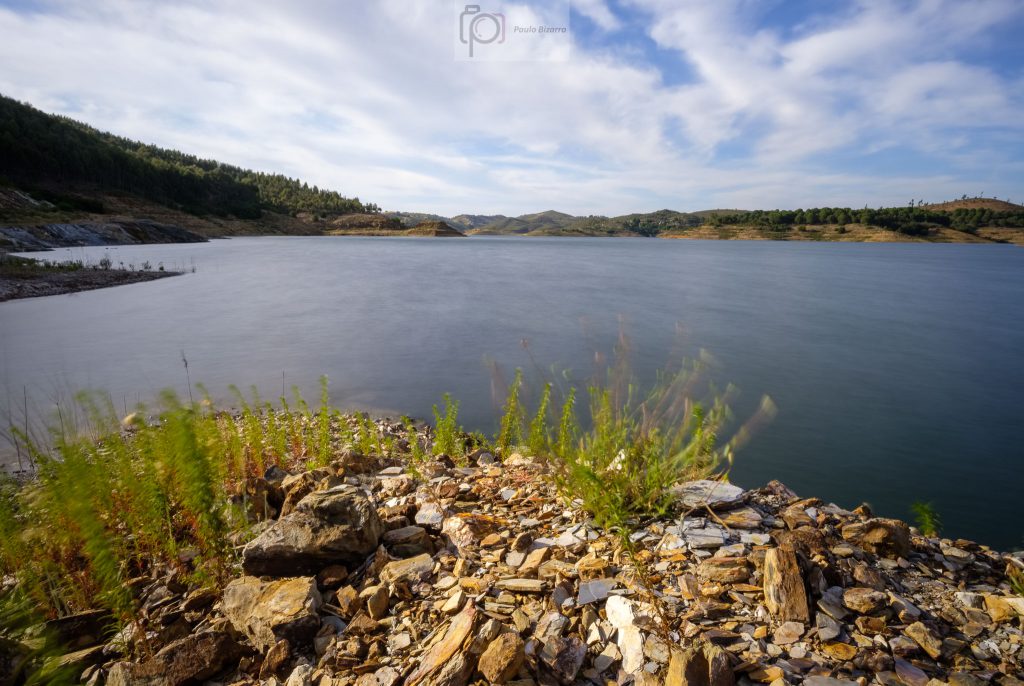
After leaving Santa Clara I made one other stop, near a field where the hay was starting to be rolled up into bales. These days the hay bales are mostly covered by white plastic, but in some fields they are still left uncovered, which makes for more interesting photos. Along the region, one can also see some abandoned farms and the typical cork oak trees.
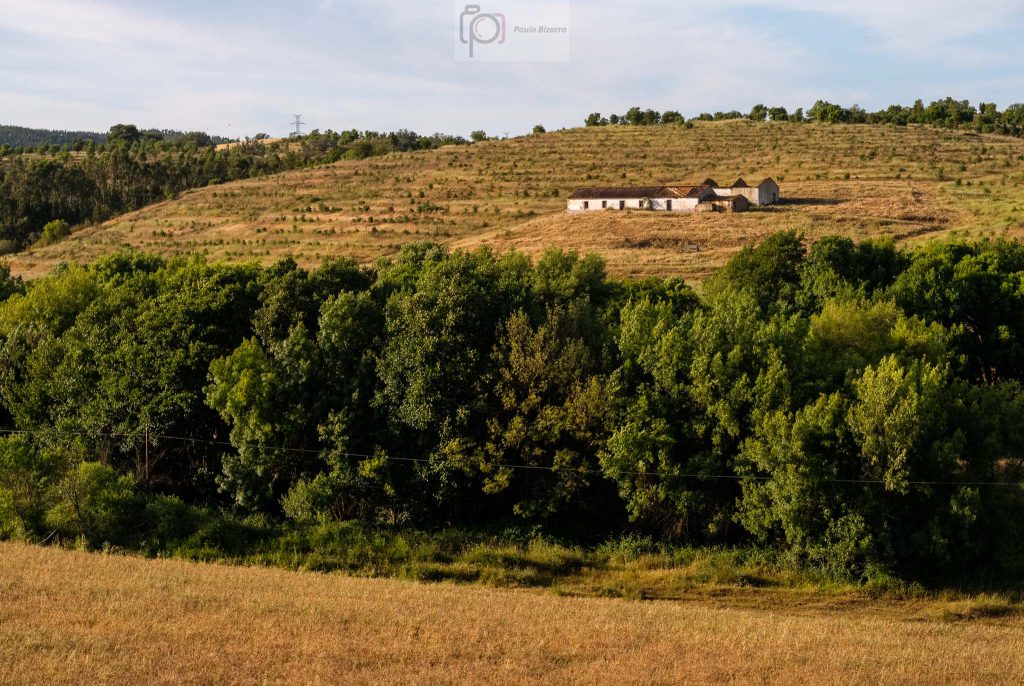
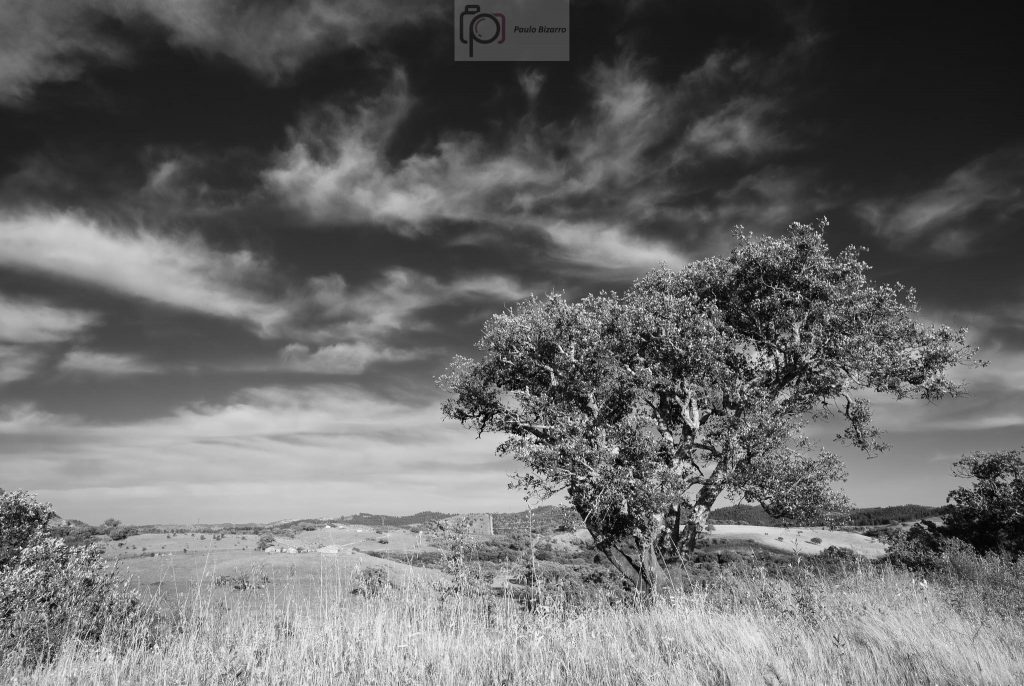
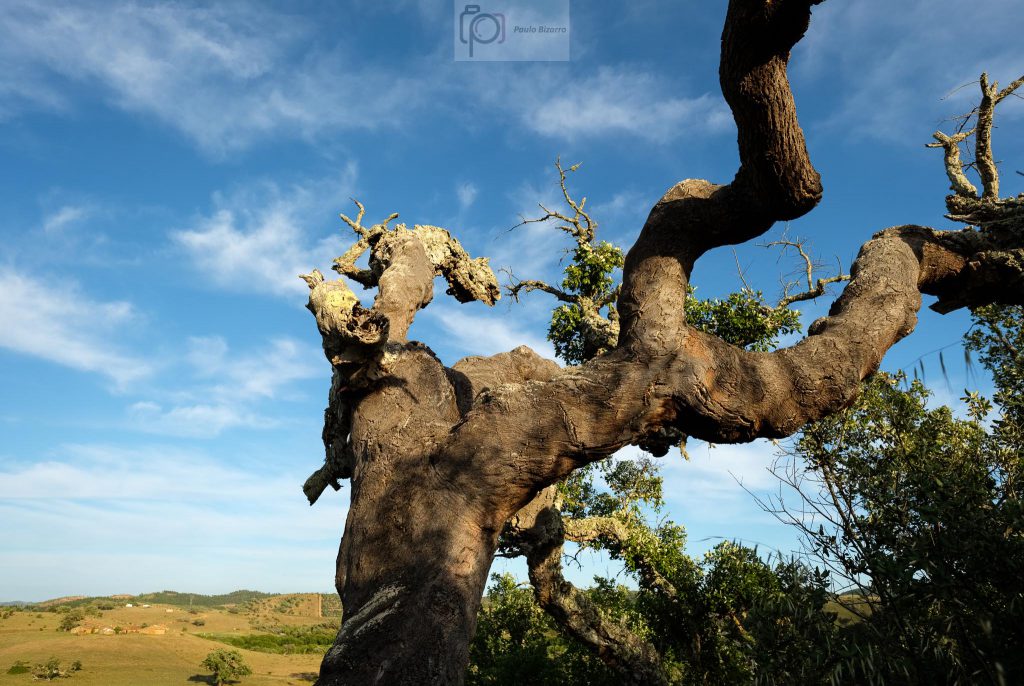
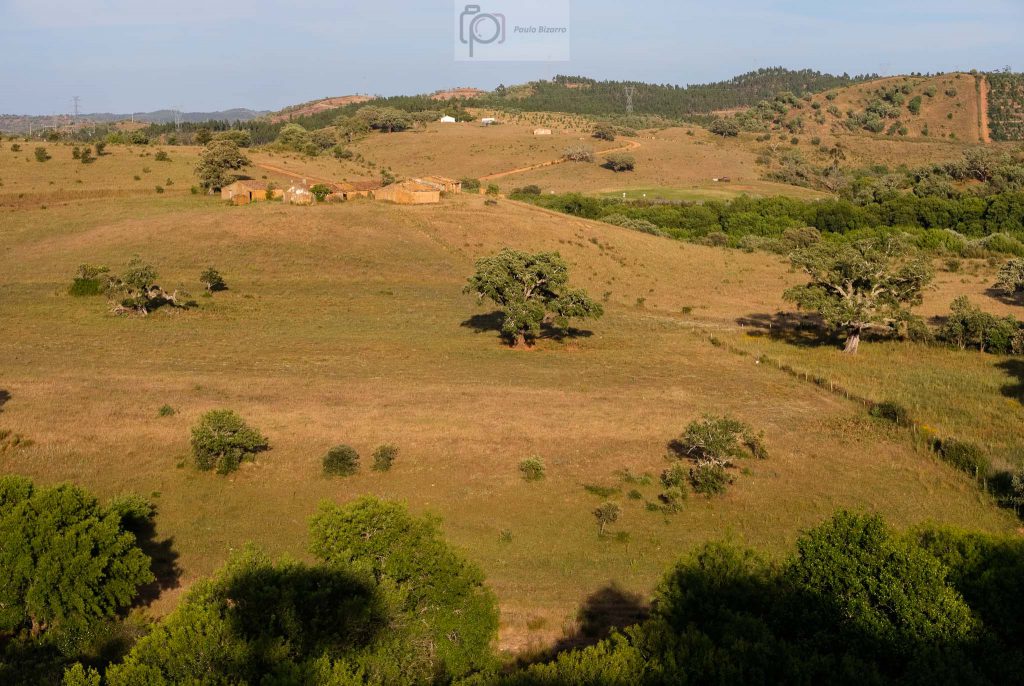
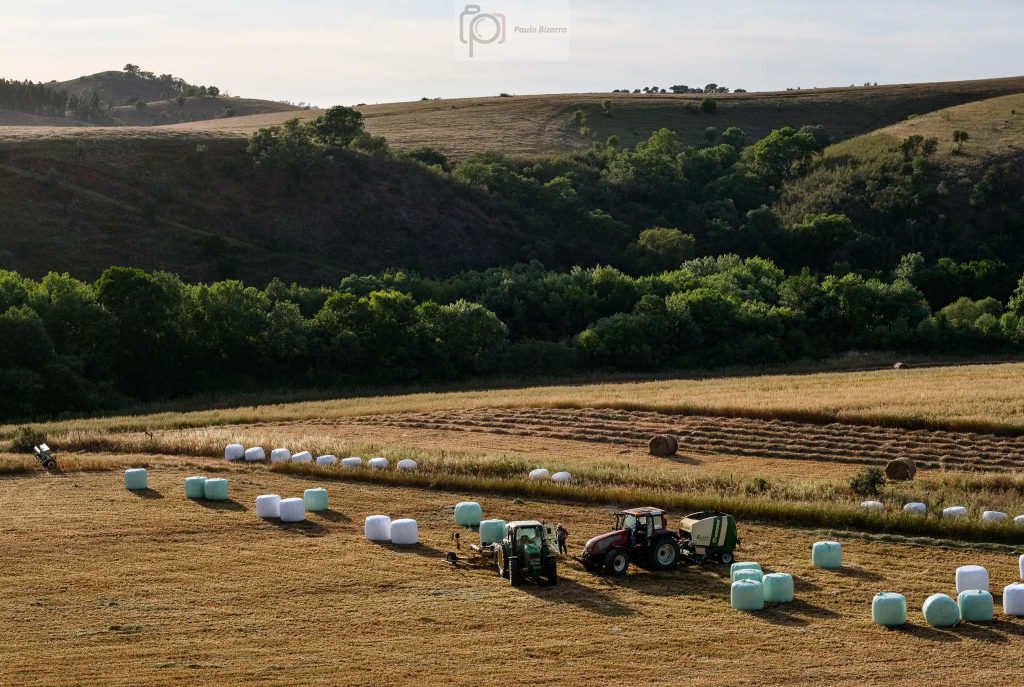
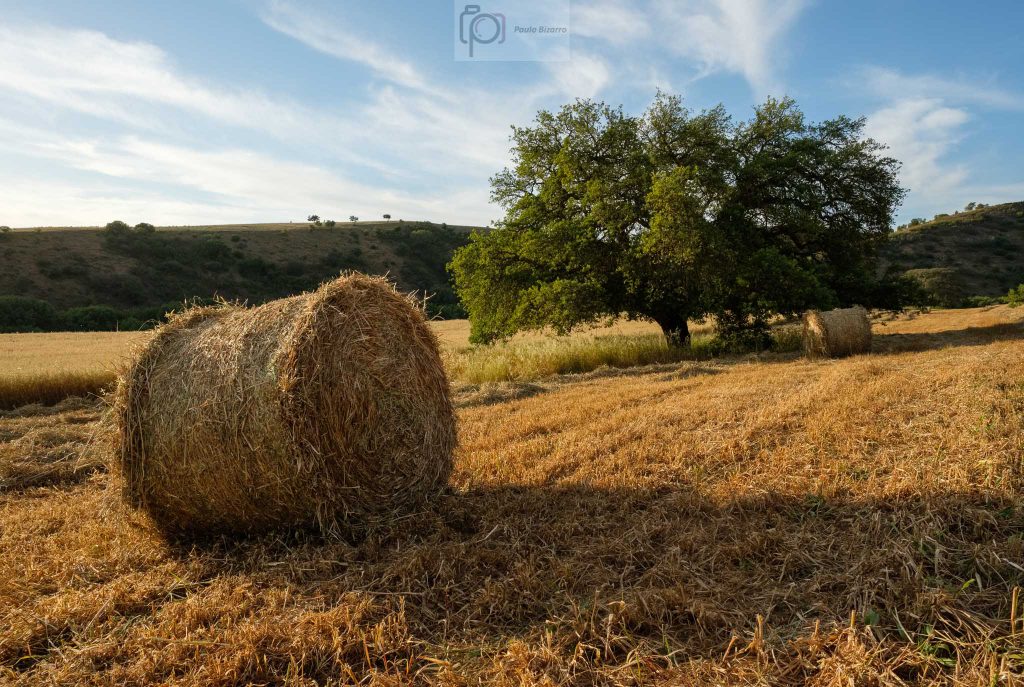
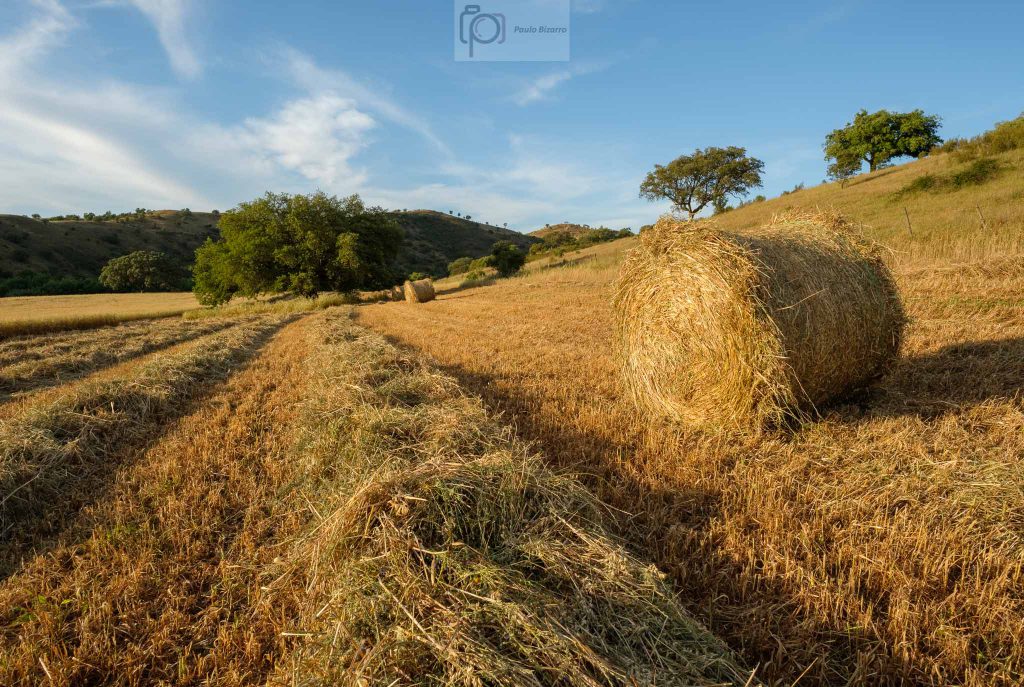
I noticed that the tall hay was swaying in the wind, almost like waves, so I used the neutral density filter to achieve long exposures of around 20 seconds. This was a trial and error process, as the wind would come in bursts of varying intensity. I had to start the exposure around the same time as the wind would pick up, hoping it would last for a few seconds. In the end, I was quite happy with some of the photos I got.
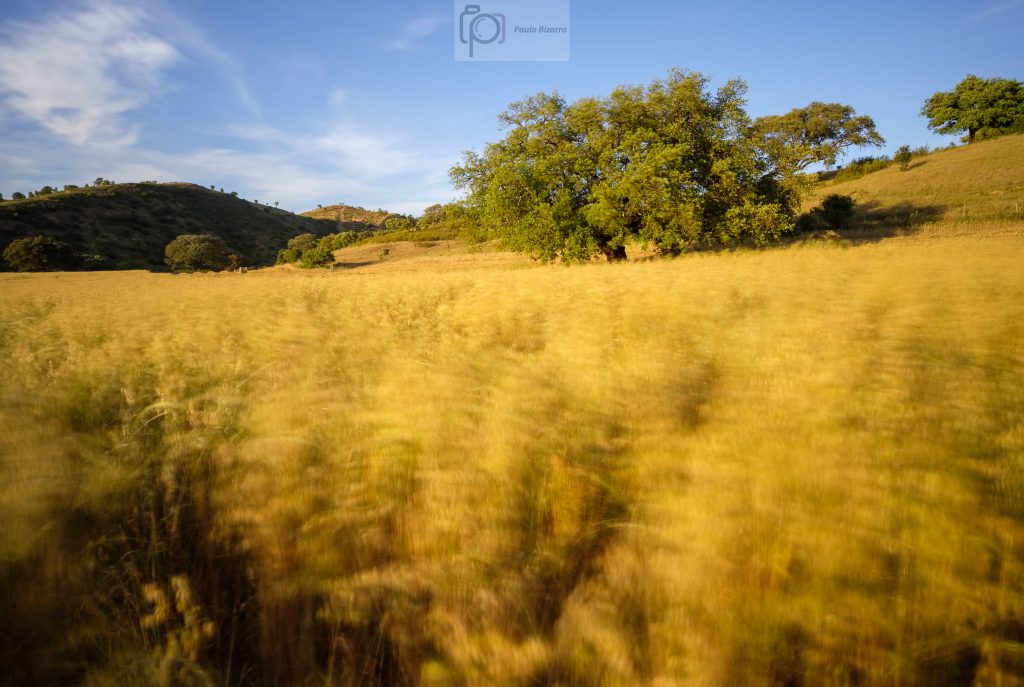
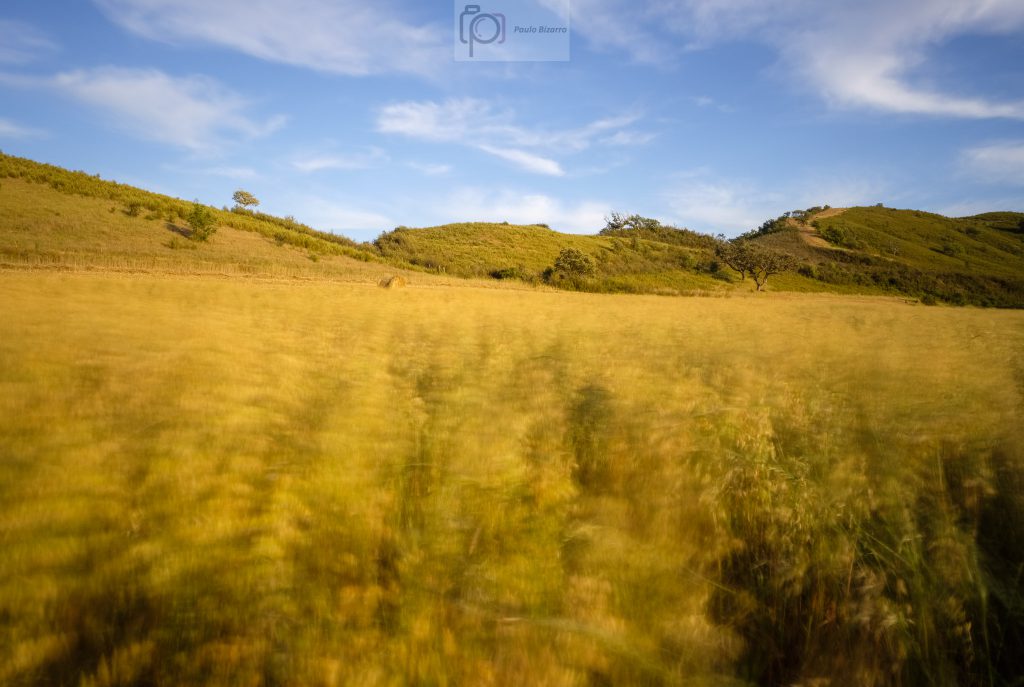
It was already after sunset when I arrived back home, but I was glad to have returned to such a beautiful area.
